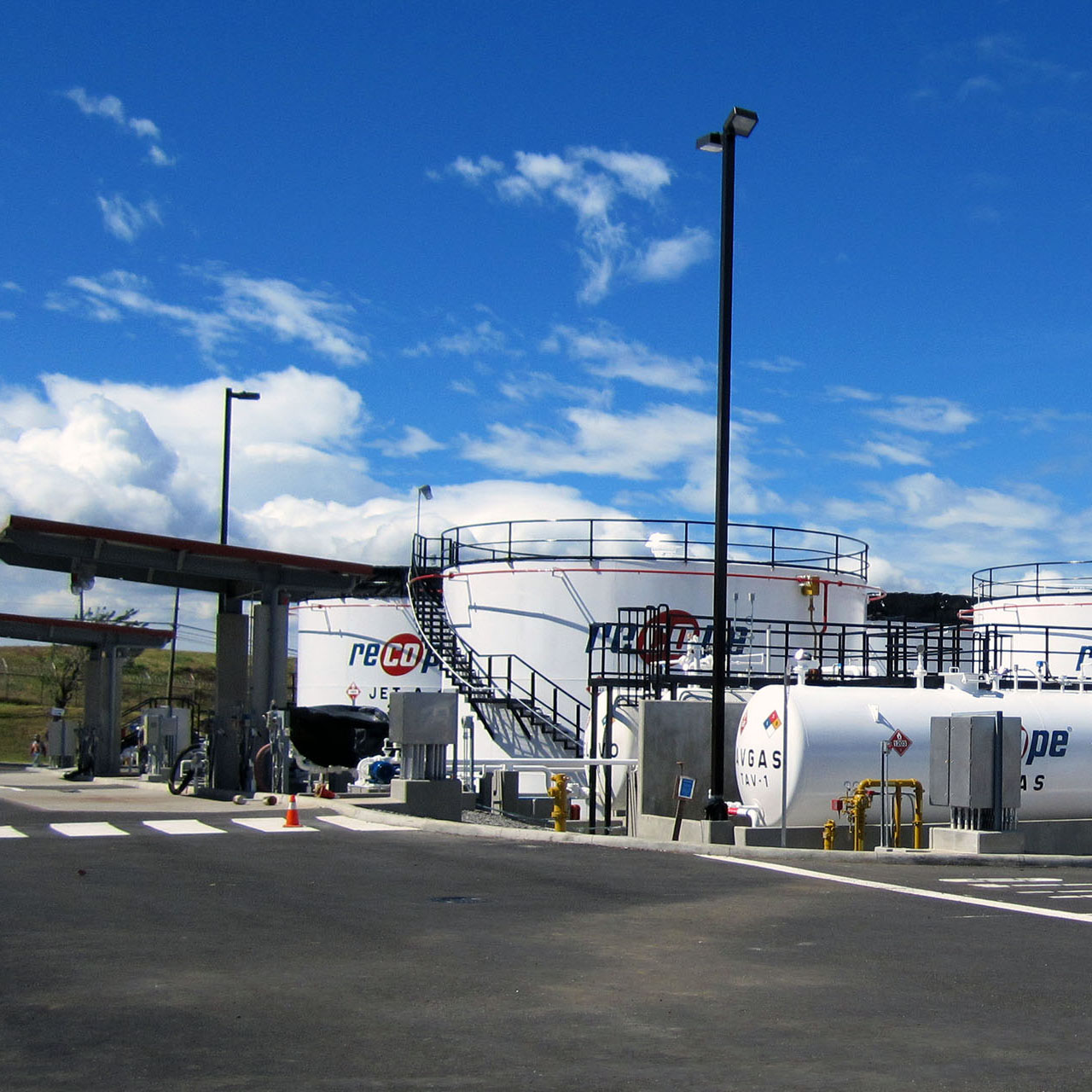
Fuel Farm and Hydrant Fuel System Expansion, Juan Santamaria Airport
Juan Santamaria Airport: San Jose, Costa Rica
General Director/Project Manager/Engineering Manager for the design-build consortium
consisting of Edica, Safe Fueling and Staunton Chow Associates for Recope, the national
petroleum branch of the Costa Rica Government. Recope owns and operates a refinery on the
east coast of Costa Rica, refines crude oil, imports refined products for distribution to
its numerous fuel storage and distribution facilities located across the country. The
instrumentation and control systems in each facility can communicate with Recope’s headquarters
in San Jose, Costa Rica which can monitor and control each of its facilities remotely. Each
communication system is 100 percent redundant.
The scope of the project is to design and construct a new modern fuel storage facility and hydrant
fuel system extension to replace the existing facility at the end of the airport’s terminal building
to allow expansion of the terminal to 10 gates. Fuel from a fuel distribution facility in La Garita
is supplied to the airport via a 4-inch pipeline which will be upgraded to a 6-inch pipeline in the
future. Two vertical turbine pumps rated at 300 gpm at 2,200 feet of liquid and 0 gpm at 2,700 feet.
There is a 240-foot rise from the La Garita facility to the airport.
The facility layout was based on function followed by form to make the facility efficient and compact.
The facility design included Administration, Maintenance and, Emergency Generator/Fire Suppression Equipment
Buildings, a fire water storage tank, four 5,000 barrel API 650 tanks for Jet-A fuel, a containment system,
a horizontal 10,000 gallon Jet -A ASME tank, a horizontal 10,000 gallon diesel fuel ASME tank, a horizontal
10,000 gallon ASME relief tank, and a 2,000 gallon recovery tank in an open top concrete pit. Fuel delivery
truck unloading facilities for AVGAS, diesel fuel, Jet-A with associated unloading pumps, meters and grounding
verification, AGAS truck loading facilities complete with associated pumping, filters, meters and grounding
verification system, a diesel fuel service facility for trucks and other diesel engine equipment, a two island
Jet-A refueler bottom loading facility with oil water separator, a refueler/hydrant service vehicle test and
calibration facility, a 4,400 gpm pump station consisting of four pump strings having an 1,100 gpm pump, a
1,250 gpm filter separator, a flow control water slug valve, a process meter and valves and sensors/transmitters,
a Krohne ultrasonic meter in the fuel main downstream of the pump station, a Vista leak detection system, pumps
for stripping, recirculating and tank to tank Jet-A fuel transfer, equipment stripping pumps, ASME Class 600 surge
suppressors and emergency shutoff valve at the terminus of the pipeline form the La Garita facility, ASME Class 600
pipeline pig receiving equipment safety relief valves, and pressure reducing valve, ASME Class 150 for all other
piping, instrumentation system, turbine type fuel receiving meters, meter prover, temperature compensated
densitometer, a Statis 450 additive injection system, API 2350 compliant automatic tank overfill protection
equipment and control system, the roadways around the tank farm, the ingress/egress point to and from the airport AOA.
The hydrant fuel main from the pump station to the existing isolation valve vault near Gate 10 consists of a 14-inch
fuel main with a surge suppressor station near a cargo building, branch connections for hydrant pits and other pits.
he existing 4-inch La Garita to the SJO Airport was modified to change size to a 6-inch pipeline to the Fuel Farm.
The remaining 4-inch pipeline to the existing Fuel Farm near Gate 10 was abandoned after cleaning and slurry filling.
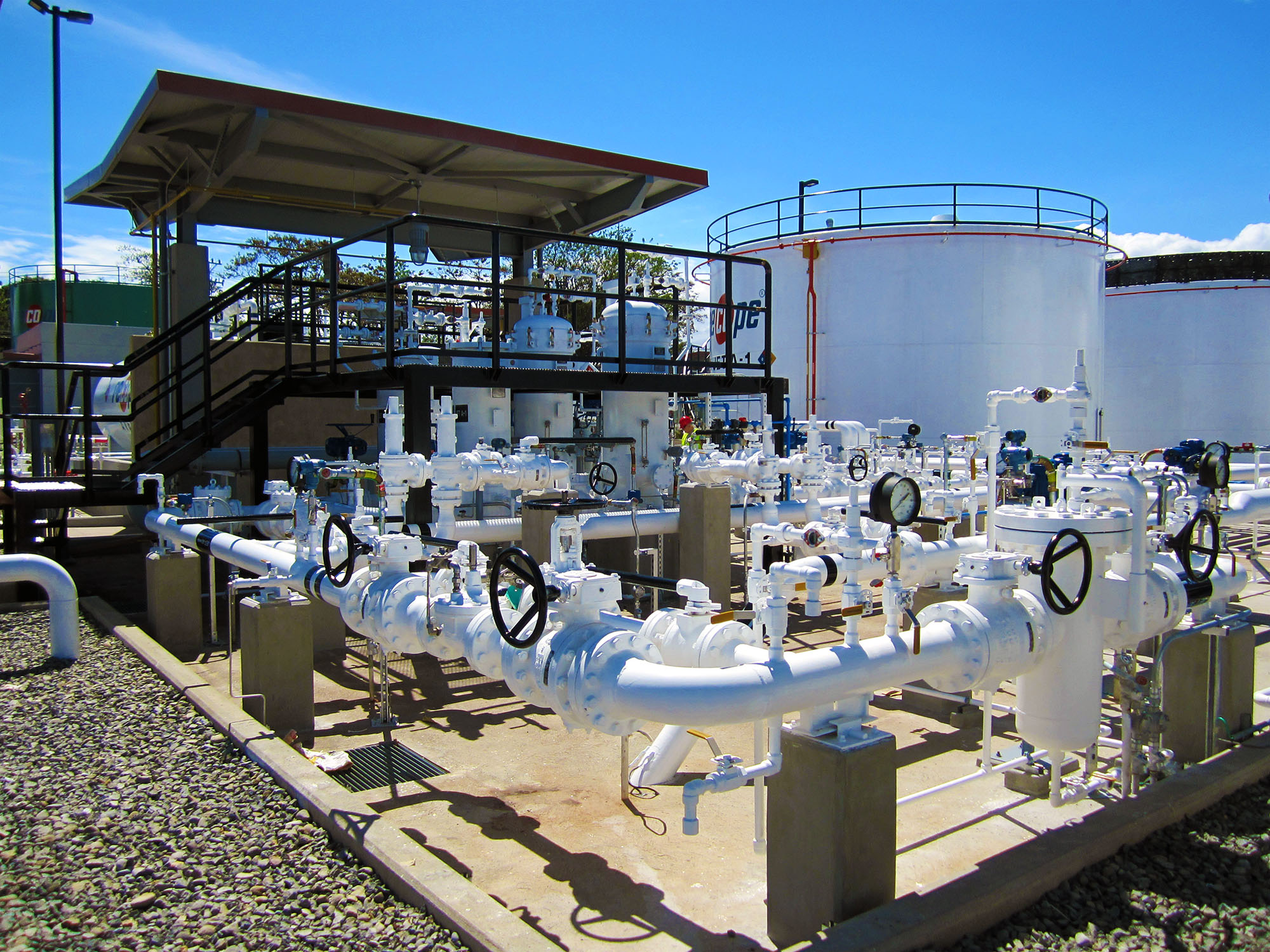
La Garita Fuel Farm modifications in support of the Recope Fuel Farm and Hydrant Fuel System Expansion at the Juan Santamaria Airport
Juan Santamaria Airport: San Jose, Costa Rica
General Director/Project Manager/Engineering Manager for the replacement of two vertical API 610 pumps in the existing main pump suction piping with higher pressure pumps to avoid main pump suction cavitation, addition of a displacement type meter prover loop and related instrumentation and piping.

LaGuardia Airport Terminal B Redevelopment
LaGuardia Airport: Flushing, New York
Project Manager/Engineering Manager for the hydrant fuel systems at Terminal B, Concourse A and at Concourse
B for this design-build project for the LaGuardia Gateway Partners. Each concourse has a 10-in hydrant fuel
ring main around the concourse which is fed from a future fuel distribution main to be designed by others along
the far side of the vehicle service road at the airside lease line. The hydrant fuel system at each concourse
includes an isolation valve vault near the lease line with 10-inch stub-outs on the air side and 10-inch fuel
supply mains to the concourse’s north face and connect to an aboveground manifold. Each manifold is connected
to their ring main and contains motor operated emergency shutoff valves and sectionalizing valves. The manifold
also contains motor operated and manual valves for isolation purposes.
On each end of the manifold, two 80-gallon
surge suppressors with manual isolation valves were included to minimize the pressure surge during EFSO and hydrant
servicer or aircraft automatic shutdowns. Each manifold riser has a flushing connection for use during ring main
flushing and for flushing the mains from the fuel distribution mains to the manifold. Two isolation valve pits
with manually operated valves are in each ring main to isolate each main in to three sections. The piping system
design includes a sacrificial anode type cathodic protection system. An emergency fuel shutoff (EFSO) system
consisting of a programmable logic control (PLC) unit, EFSO activation station at each gate with annunciator and
strobe light features. The EFSO can signal the gate concourse and gate number of the activated EFSO Station to
an offsite supervisory company, the LGA Fire Department and the LGA Fuel Farm to shut-down the hydrant fuel
distribution system pumping system.
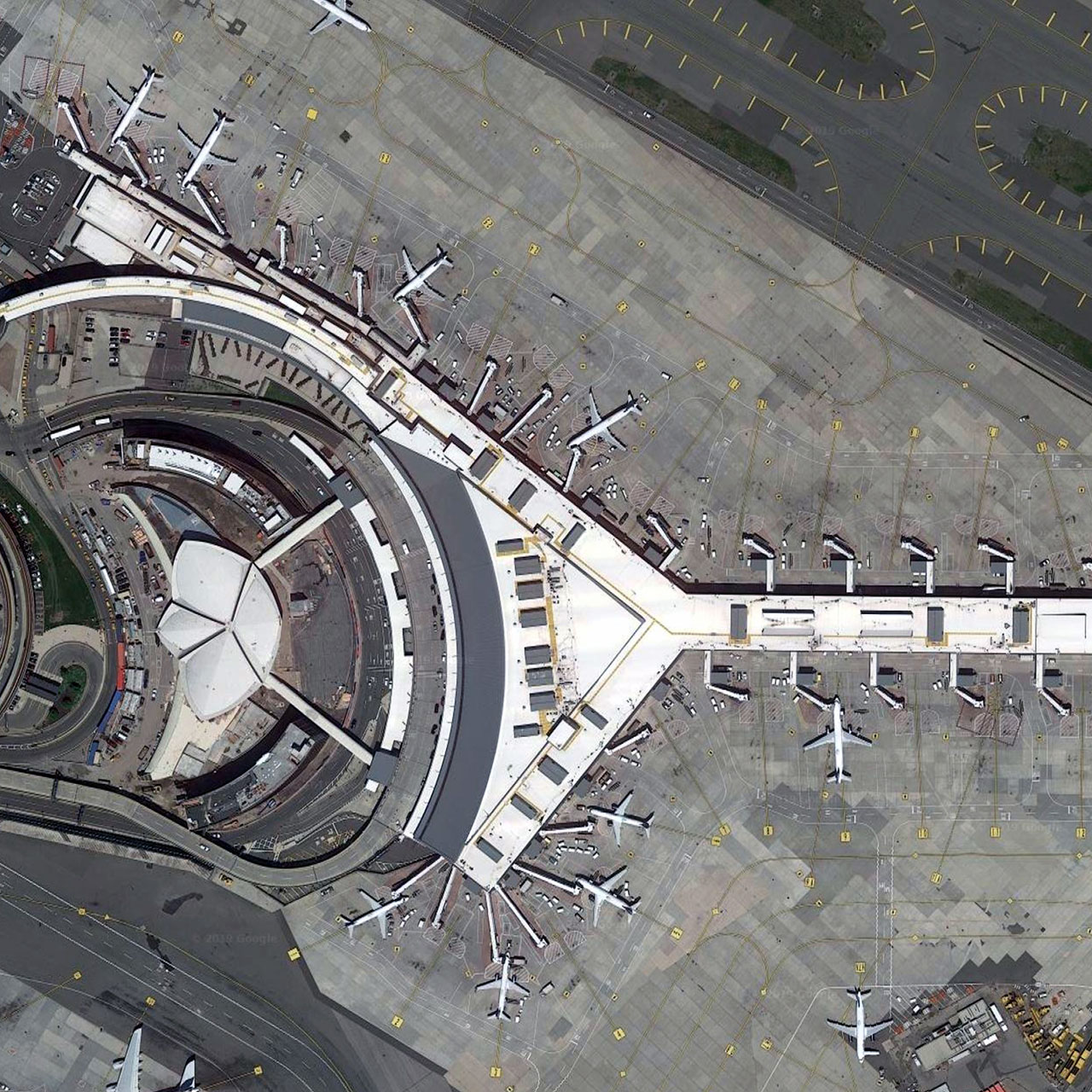
Jetblue Terminal 5
JFK Airport: Jamaica, New York
Project Manager/Engineer for a new 26 gate terminal. The project criteria included the requirement to fuel all 26
A320 class aircraft at contact gates simultaneously. Actual fueling rates at Terminal 5 while aircraft were being
fueled at 40 psig pressure at the wing fueling locations and found flowing at 220 gpm. Based on this information,
all three Terminal 5 pumping systems, one per main, were required. The design included two fuel mains running parallel
to the perimeter of the Terminal 5 building. Each of the mains were interconnected at each end. An underground piping
manifold at Gate 10 was designed with isolation valve pits to connect the three PANYNJ fuel distribution mains to the
Terminal 5 twin terminal fuel mains. The manifold was designed to have one fuel main supply fuel to one inner fuel main
from Gate 11 to Gate 26, a second fuel supply main one outer fuel main from gate 11 to 26 and to have the third fuel
supply main feed the inner and outer fuel mains from Gate 10 to Gate 1 and from Gate 1 to Gate 10. The inline isolation
valve pits with cross connection valve pits inner and outer fuel mains were included in the design to allow isolation
of a section of any fuel main for maintenance or for spill control.
A comprehensive fuel pressure surge analysis was
performed. The results indicated that surge suppression stations on each fuel main were required. Multiple surge
suppression stations were included in the design. Each station had above ground surge suppressors in a 4-hour rated
concrete enclosure close to the terminal building with a 4-hour roll-up door. A low-pressure switch with an identity
module was included on each surge suppressor and connected to the emergency Fuel Shutoff System (EFSO) wiring. The EFSO
activation and reporting system was based on fire alarm system components since fire alarm panels, identity modules,
signal amplification units and fire alarm activation stations with strobe lights or FM approval for the PLC unit and
needs knowledgeable personnel to program/reprogram/troubleshoot the PLC unit. Each EFSO activation station with its
identity module is designed to transmit a code associated for the gate in which it is installed. The fire alarm panel
with communication links to the Satellite Fuel Farm’s pump control system, to an offsite monitoring firm and to the
PANYNJ Fire Department Building for prompt accurate response to the vicinity of the activated EFSO station. Each surge
suppressors’ low pressure switch/identity module was designed to report which surge suppressor and in which surge
suppressor station are at low pressure and needs attention.
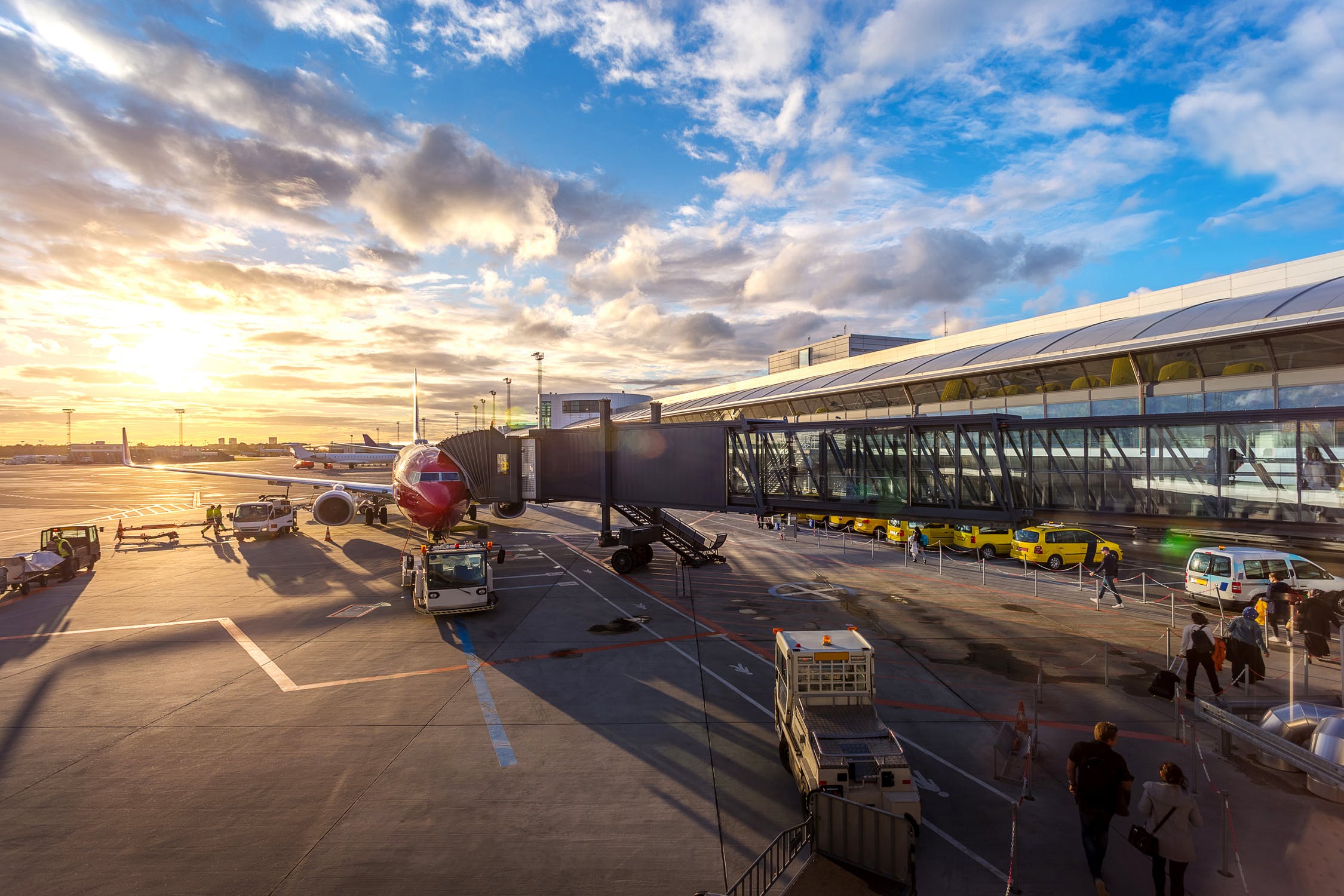
PANYNJ, Flushing of PANYNJ Fuel Transfer Lines to Jetblue Terminal 5
JFK Airport: Jamaica, New York
Project Manager/Engineer responsible for design and construction support services for the jet fuel line flushing system to be employed for flushing fuel transfer lines originating from the satellite fuel farm to the Terminal 5 isolation pit array. Design included installing a temporary 2,500 gpm filter/separator and related piping to a dedicated storage tank, modifying the pump discharge piping on all three pump pairs, and installing a piping manifold on the new Jetblue three pig catcher connections in three pits with valves to allow bi-directional flow in each of the three fuel mains.
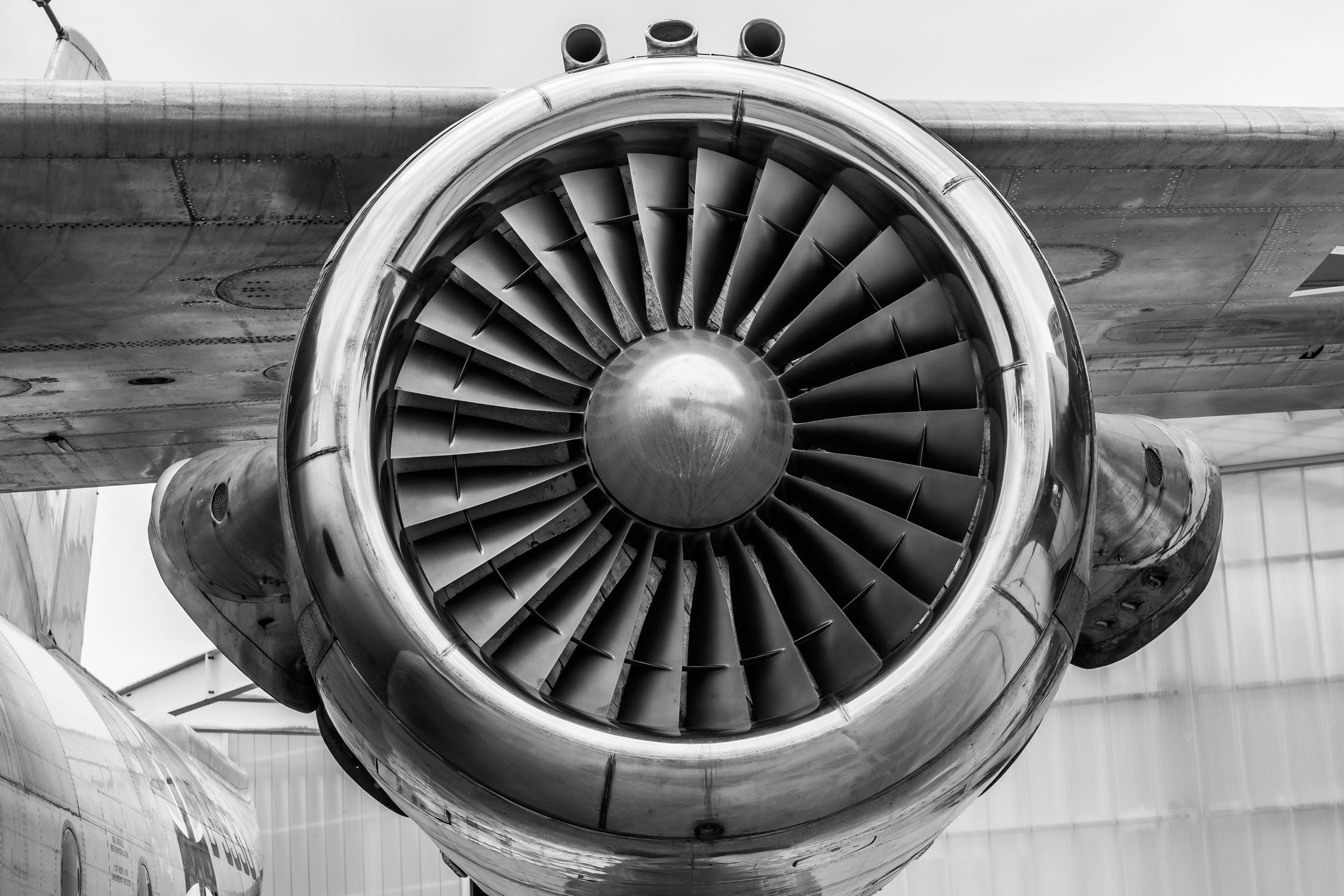
Jetblue Terminal 5i
JFK Airport: Jamaica, New York
Project Manager/Engineer for the extension of Terminal 5’s hydrant fuel system to Gate 30 consisting of extension of the existing twin 14-inch fuel mains to new isolation valve pits at the end of the extended fuel mains. The isolation valve pits are for connecting fuel mains from the existing PANYNJ fuel distribution mains at Terminal 6. The hydrant fuel system consists of isolation valve pits, hydrant pits, low point drain pits and high point vent pits. The Terminal 5 emergency fuel shutoff system and the impressed current systems were extended to the last gate at Terminal 5i and perform the same as the Terminal 5 systems.
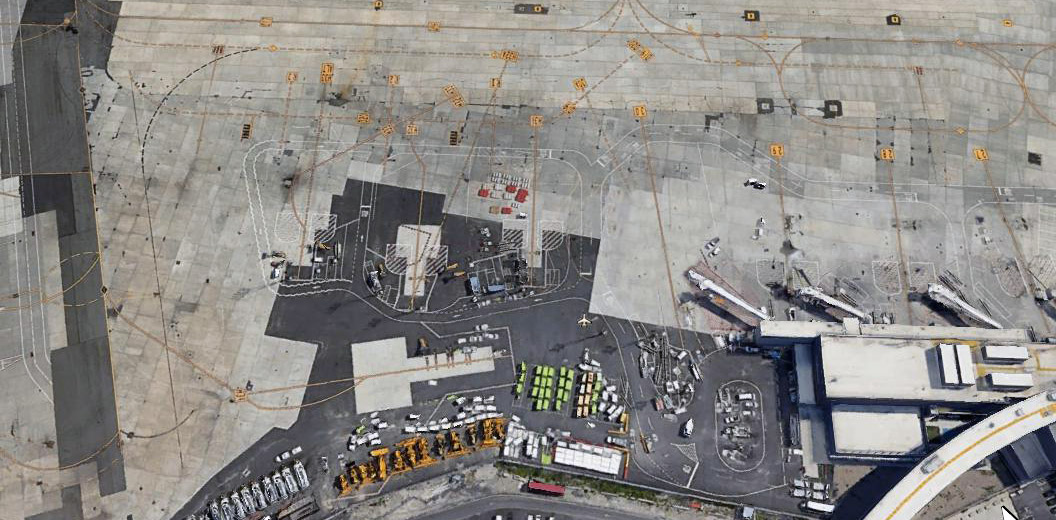
Jetblue Terminal 6 Demolition
JFK Airport: Jamaica, New York
Project Manager/Engineer for the decommissioning of the existing Terminal 6 hydrant fuel system. The project included location and identification of the existing piping system’s pipe runs, etc. to develop a plan to gain access to the existing piping system for slurry filling of the isolated sections of piping.

Delta Air Lines Terminal 4, Concourse B, Phase 1 Extension
JFK Airport: Jamaica, New York
Project Manager/Engineer of Record for the Phase 1 extension of Concourse B’s hydrant fuel system after the previous Project Manager left Argus Consulting, Inc. during the construction phase of the project. Full time Resident Engineering and Construction Administration services were provided during the construction phase work.

Delta Air Lines Terminal 4, Concourse B, Phase 2 Extension
JFK Airport: Jamaica, New York
Project Manager/Engineer of Record for the Phase 2 extension of Concourse B to provide regional aircraft contact gates. The design of the hydrant fuel piping extending from the Phase 1 hydrant fuel system piping was developed with the fuel piping being routed closer than normal to the terminal building and more than 100 feet away from the building face to reduce the construction cost. The hydrant fuel system piping included hydrant pits, low point drain and high point vent pits, a cathodic protection system for the hydrant fuel piping and an emergency fuel shut off (EFSO) system. Full time Resident Engineering and Construction Administration services were provided during the construction phase work.
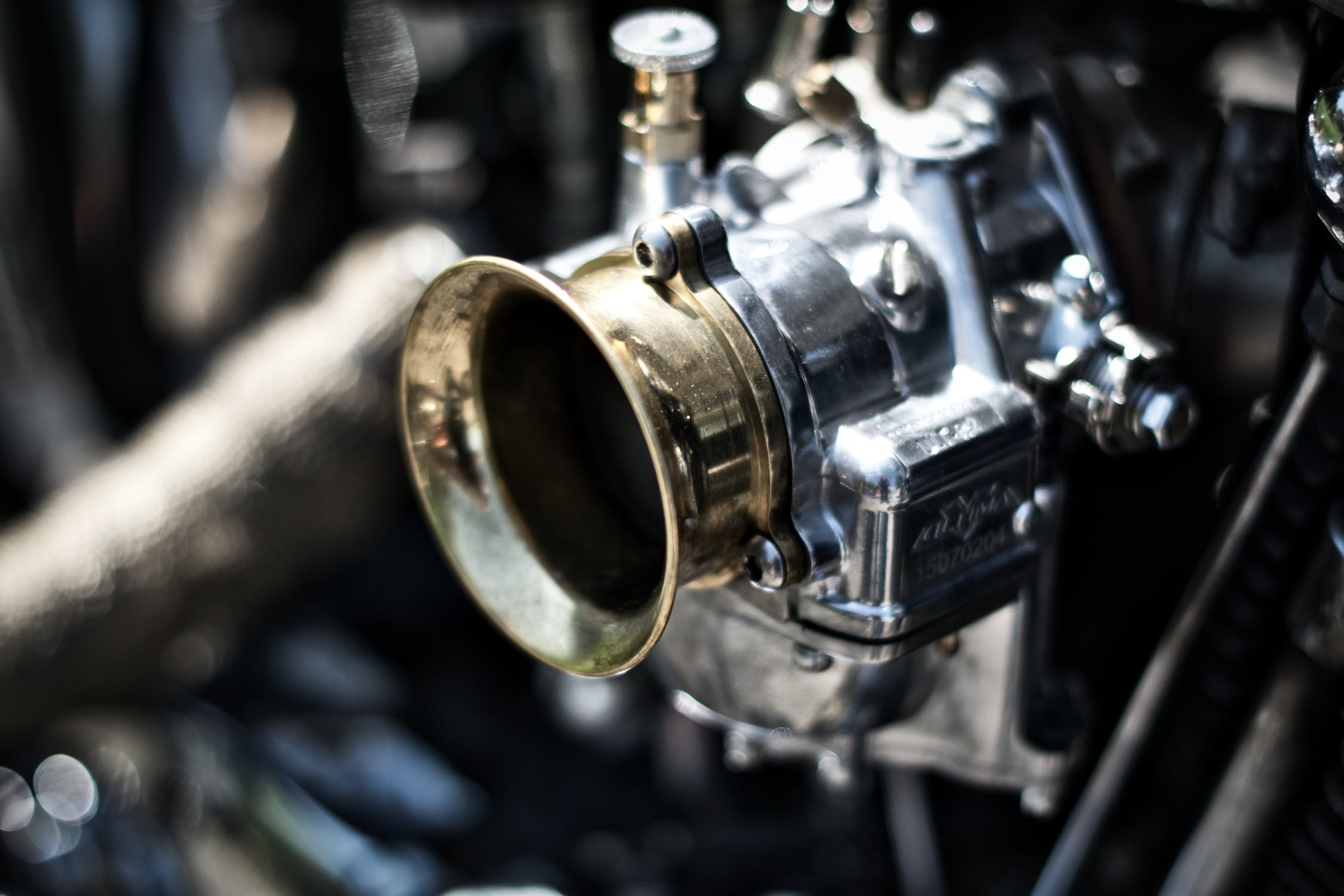
Delta Air Lines Terminal 4, Concourse B, Phase 3 Extension
JFK Airport: Jamaica, New York
Project Manager/Engineer for a 30 percent design of a hydrant fuel system for a 15-gate extension of Terminal 4’s Concourse A. The critical design issue is the ability to adjust the route of the two existing Terminal 4 fuel mains to the Terminal 5 side aircraft contact gates and the three Terminal 5 fuel mains passing Concourse A. The concourse extension will include a drive through near the end of the existing Concourse A. PANYNJ and other rules require that piping passing under buildings must be encased in a pipe sleeve with sealed ends. The 30 percent design developed a plan to achieve PANYNJ approval.

Delta Air Lines Terminal 3 Demolition and New Hardstands
JFK Airport: Jamaica, New York
Project Manager/Engineer of Record for the decommissioning of the existing Terminal 3 hydrant fuel system. All decommissioned piping lengths were recorded for modifying the Terminal 4 NY State MOSF Permit. Existing PANYNJ fuel distribution mains were extended and terminated with isolation valves in pits. These mains were extended and joined together on the Terminal 3 side of the valve pits to create a single 12-inch fuel main to service three new hardstands. A valve vault at the end of the 12-inch fuel main was designed to provide for the extension of the fuel main. Hydrant pits and other fuel pits were provided along the fuel main. Full time Resident Engineering and Construction Administration services were provided during the construction phase work.
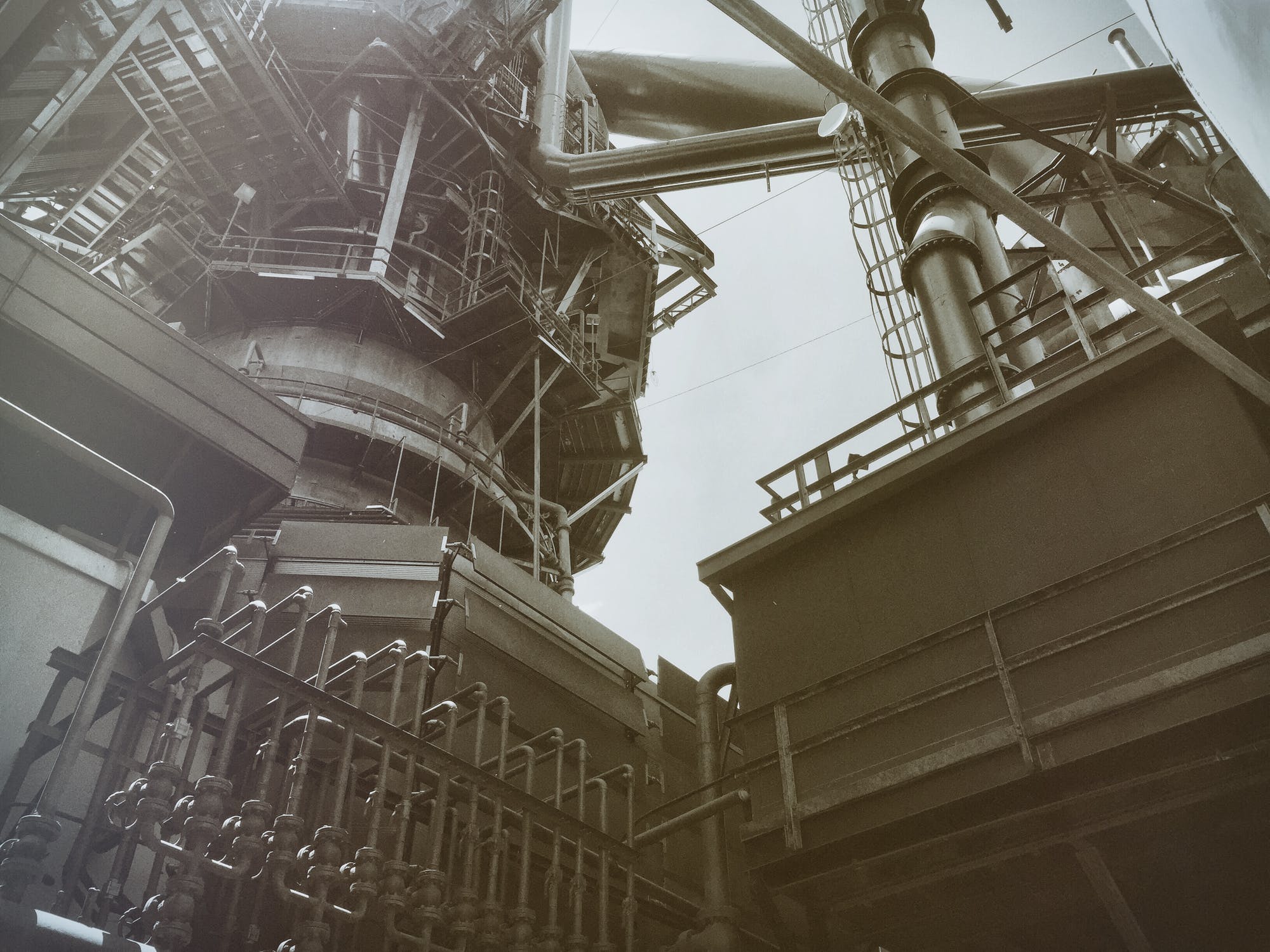
Delta Air Lines Terminal 2 Hydrant Fuel System Decommission
JFK Airport: Jamaica, New York
Project Manager for the decommissioning of the existing hydrant fuel system and terminating the PANYNJ’s three fuel distribution mains with pipe caps and three vents in vent pits. All previously decommissioned hydrant fuel piping and existing hydrant fuel system piping to be decommissioned were located and the condition verified for decommissioning via the slurry fill method. All decommissioned piping lengths were recorded for modifying the Terminal 2 NY State MOSF Permit.

PANYNJ, Aircraft Radiant Deicer Structure
JFK Airport: Jamaica, New York
Project Manager responsible for structural, mechanical, and electrical engineering and review services to obtain Port Authority Tenant alteration approval of plans, calculations and other design documents for a new radiant deicing facility for aircraft as large as a Boeing 747 in 20 minutes. This is the largest facility of its type in the world. Also provided code requirements and other regulatory criteria and controlled inspections during construction.
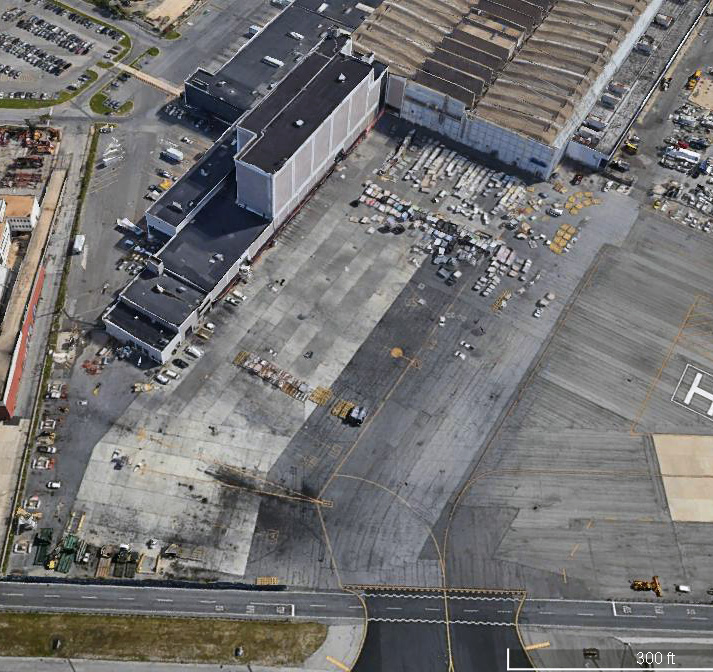
Japan Airlines Cargo Facility, Building 14
JFK Airport: Jamaica, New York
Project Manager for the hydrant fueling system for three Boeing 747's consisting of two 12-inch fuel mains, two isolation valves in ground service pits, 6 hydrant fueling pits, 6 aircraft grounding receptacles, two 80-gallon surge suppression vessels with alarm panels, and an emergency fuel shut-down system. This project was undertaken as a design-build project on a very fast track basis.
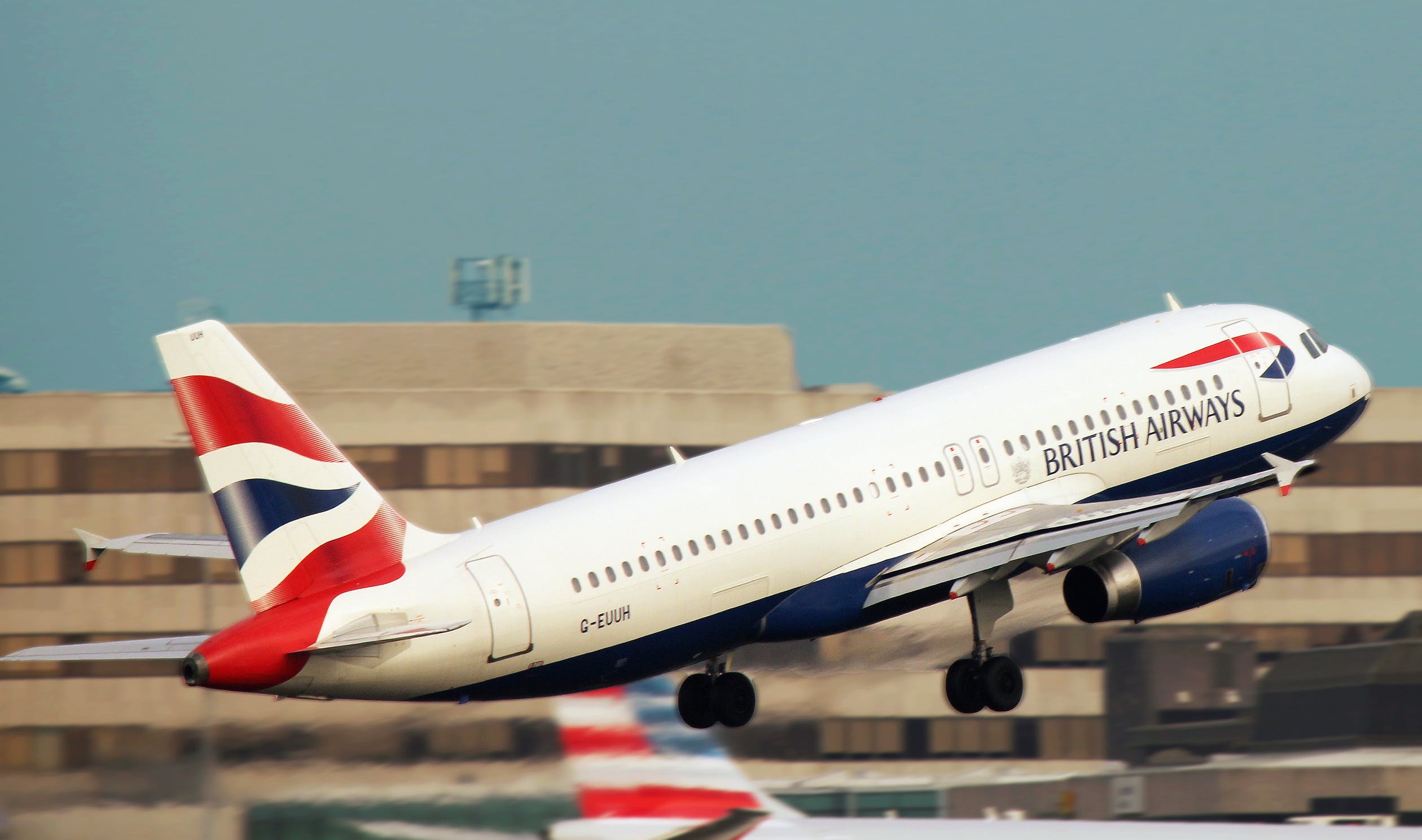
British Airways Terminal Expansion Project
JFK Airport: Jamaica, New York
Project Manager responsible for engineering and construction support services for all site utilities and apron system modification/replacement. Systems included hydrant fueling system renovation and expansion, storm drainage, sanitary, electrical, preconditioned air, water supply systems, two vehicle fueling stations, Type I glycol and Type II glycol storage and dispensing facilities, industrial waste piping, and below ground pre- conditioned air distribution piping systems. Managed the above and attended weekly on-site construction management meetings and emergency call-in meetings due to field conditions, etc., and site inspections.
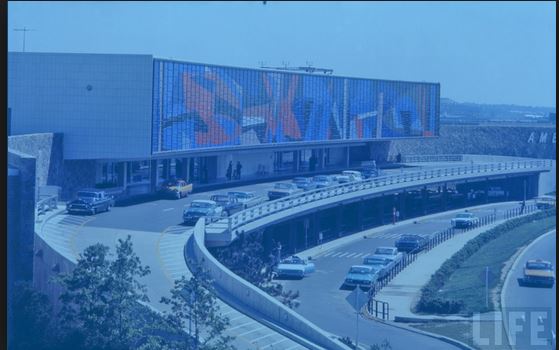
American Airlines Terminal 8
JFK Airport: Jamaica, New York
Lead Engineer for site utilities for a 3-gate fast track design including hydrant fueling system modifications within American's lease line and on the Port Authority's fuel piping beyond the lease line. The hydrant fuel piping modifications consisted of adding hydrant pits, vent and drain pits, sectionalizing valve pits, new vaults for the Port Authority's vent, drain and pig catchers, and the relocation of an above ground piping manifold to a below apron manifold.
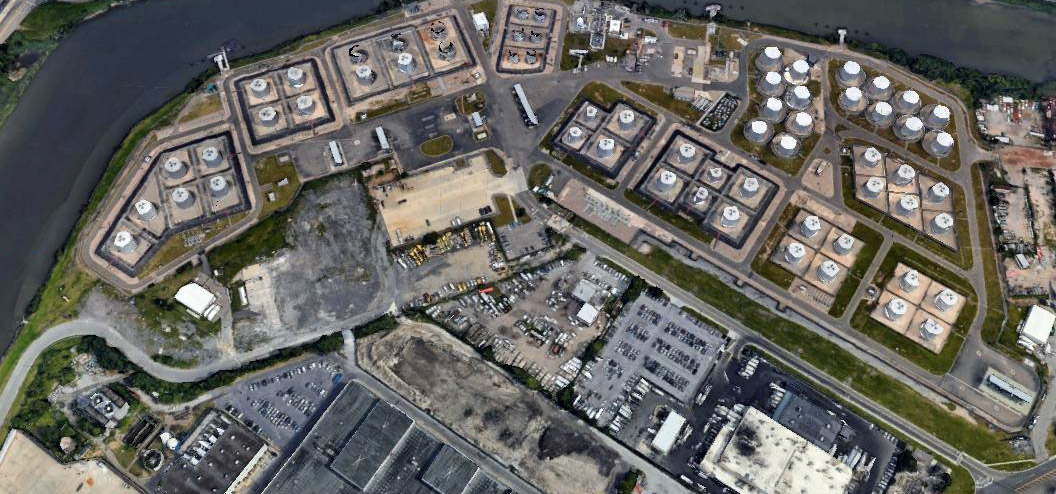
PANYNJ, Satellite & Bulk Fuel Farms Restoration
JFK Airport: Jamaica, New York
Project Manager/Engineer responsible for design and construction administration services for repairs required to API 650 jet fuel storage tanks at the Satellite and Bulk Fuel Farms as required in API 653 inspection reports by others. Repairs to the tank floors, addition of reinforcing pads under supports, floating roof rim seals and covers, addition/modification of floating roof foam dams, repair of floating roof articulated / hose roof drains, floating suction repairs, etc.
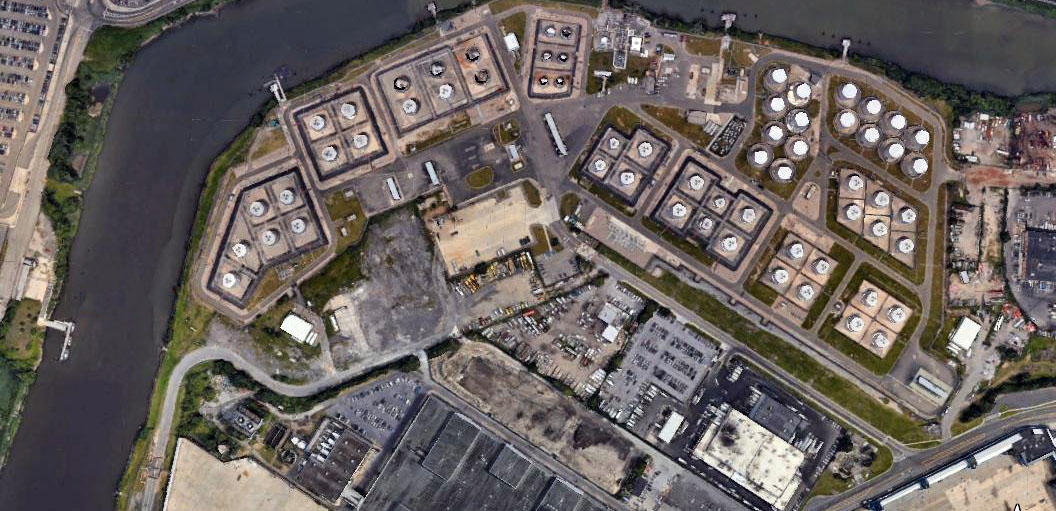
PANYNJ, Bulk Fuel Farm Tank Tops and Bottoms Project, Phase 2
JFK Airport: Jamaica, New York
Project Manager for the design of second floors and geodesic roofs on Jet -A fuel tanks in the JFK Bulk Fuel Farm. The work included the addition of a second floor above the existing floor, adding a cathodic protection system, telltale type leak detection under the tank’s second floor, relocating manways and fuel piping connections above the tank’s second floor.
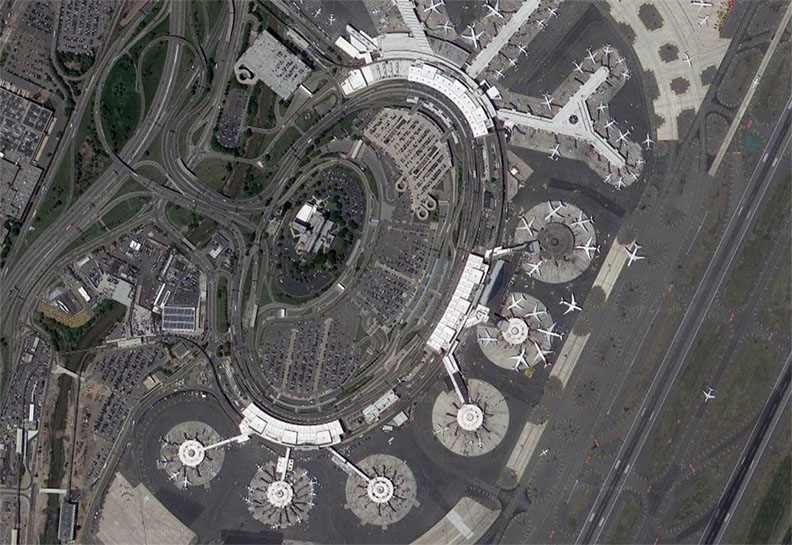
PANYNJ, Aviation Fueling Systems Surge Suppressor Study
Newark Airport: Newark, New Jersey
Project Manager responsible for technical analysis of the hydrant fuel surge suppression systems at Terminal A, Terminal B, Terminal C and the Federal Express facility to determine if the quantity of surge suppressors at these terminals can be reduced to effect reductions in maintenance costs and to establish the optimum operating pressures serving the EWR South Fuel Farm pump stations.
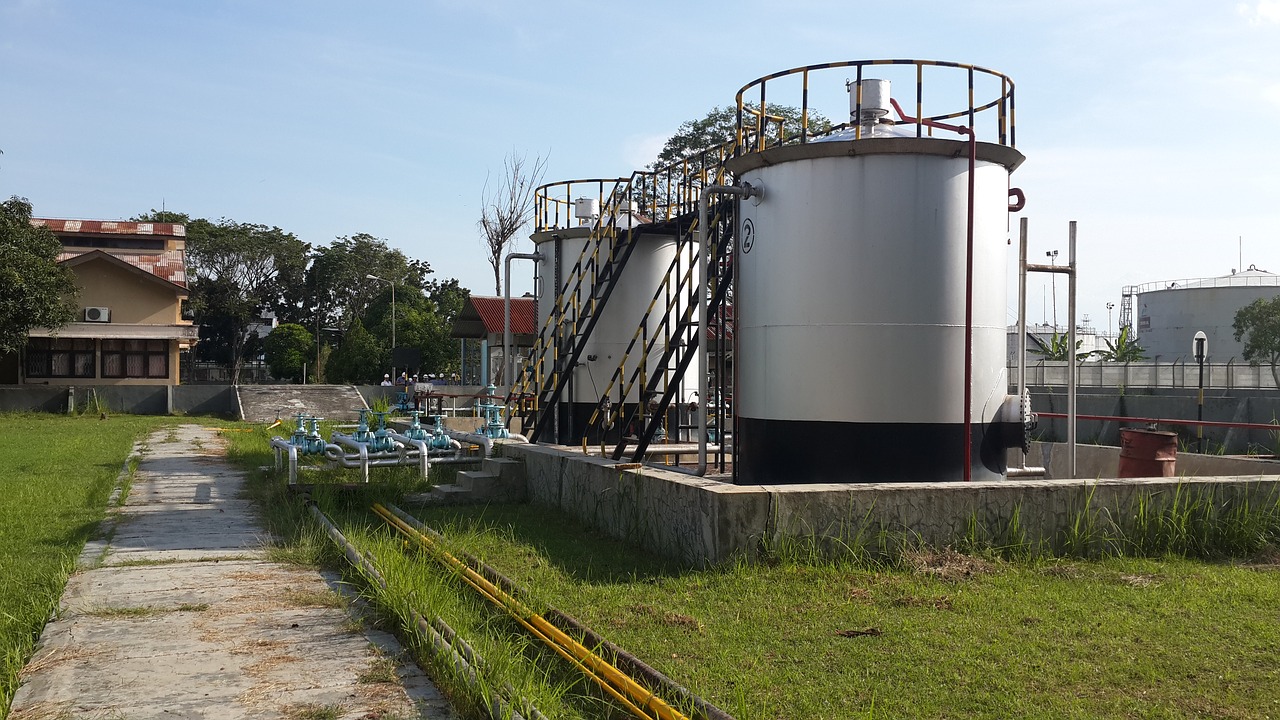
PANYNJ, Replacement of Floating Suctions, Tanks 18, 19 and 20
Newark Airport: Newark, New Jersey
Project Engineer responsible for development of design documents to address the replacement of internal floating suctions and fusible link valves in three tanks.
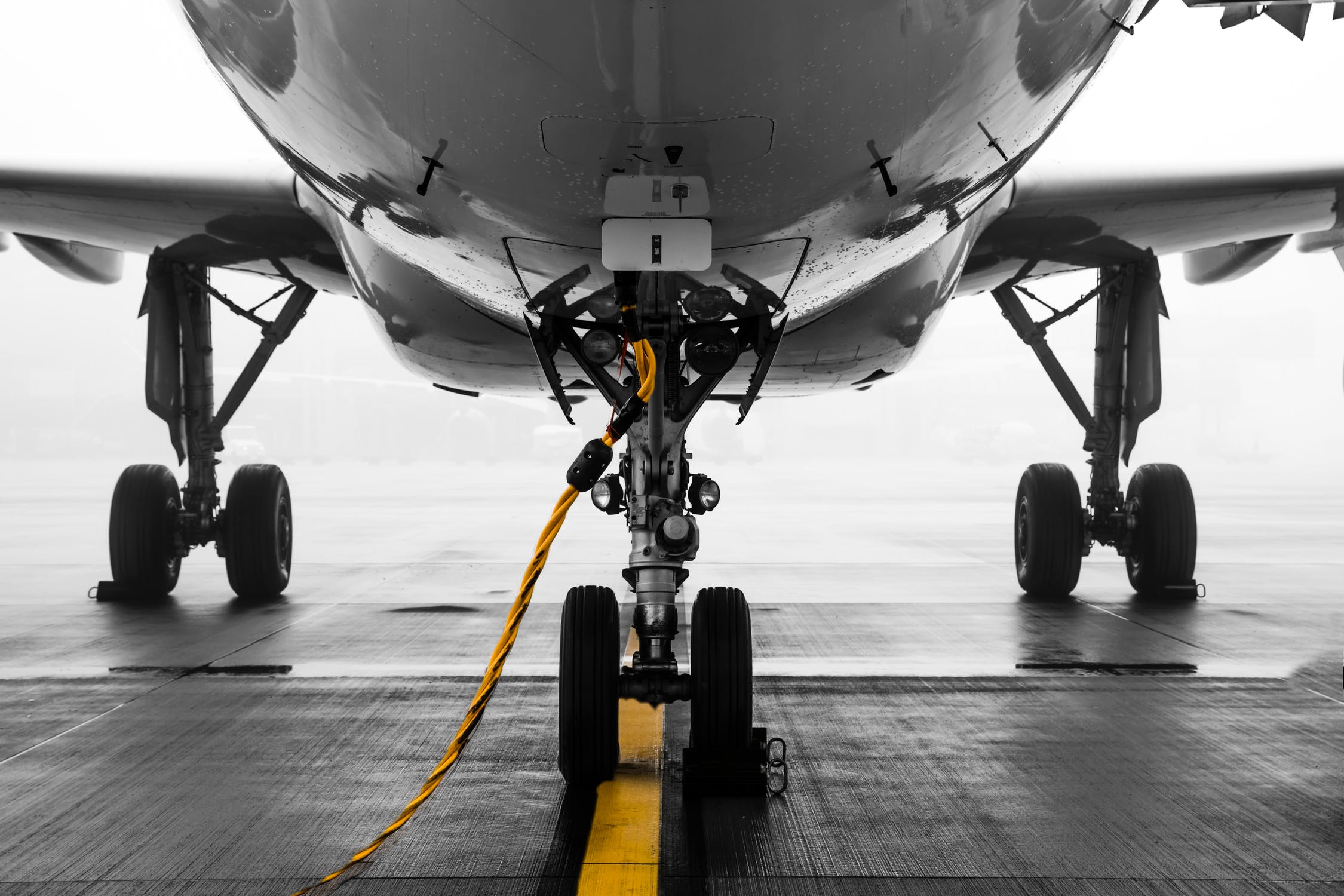
PANYNJ, Fuel Farms Code Compliance and Conditions Assessment
Teterboro Airport: Linden, New Jersey
Project Manager responsible for code and conditions assessment reports for the mechanical equipment of two aviation fuel farms.

PANYNJ, Perimeter Security Systems
Teterboro Airport: Linden, New Jersey
Project Manager responsible for design documents for the electrical and communications infrastructure to support the new perimeter security systems (CCTV, security lighting, fence line and gate intrusion detection systems, etc.) for Teterboro Airport.
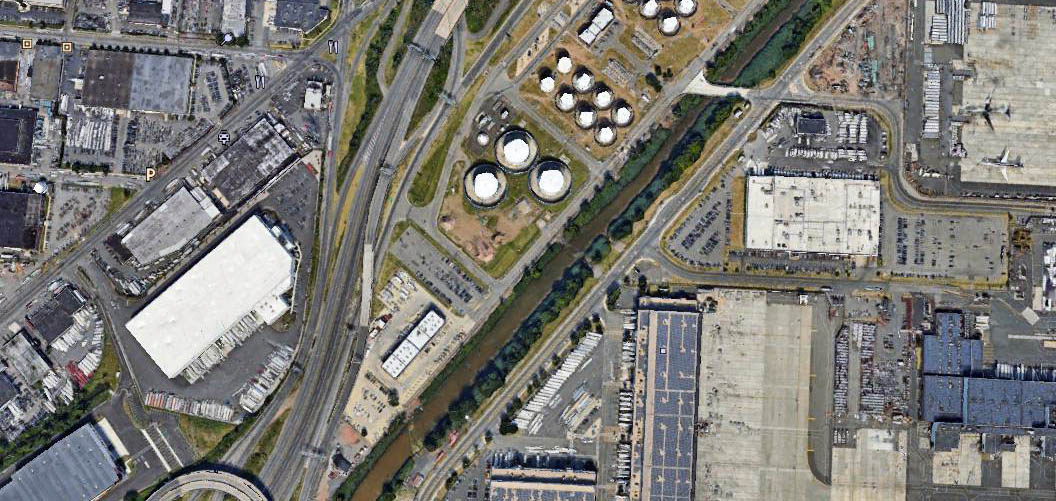
PANYNJ, UST Emergency Generator Tank System Replacement, PANYNJ
Newark Airport: Newark, New Jersey
Project Manager/Lead Engineer for design and construction administration services to replace the underground storage tanks for the emergency generator system serving the AirTrain.
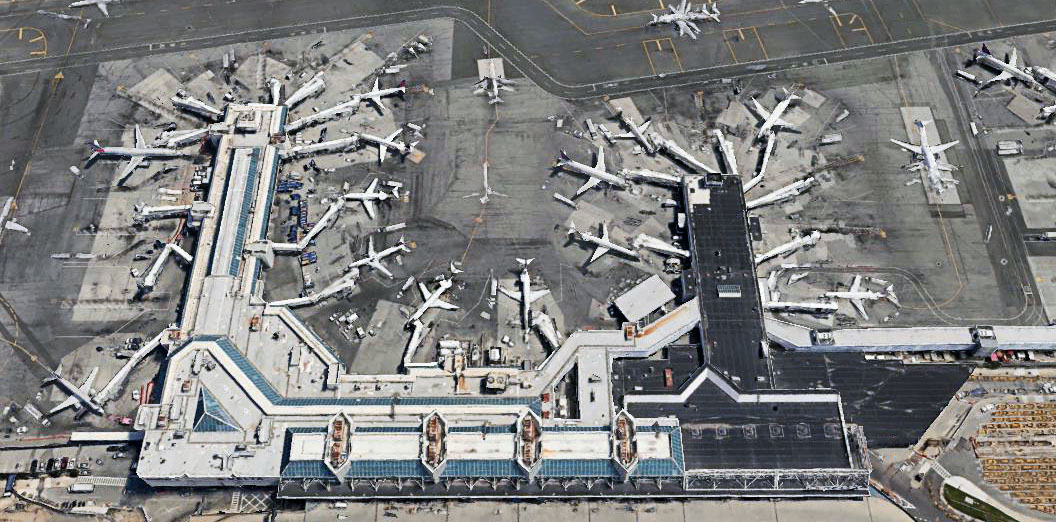
USAir Terminal C
LaGuardia Airport: Flushing, New York
Deputy Project Manager/Engineering Manager for the design of building structure, landside/airside site utilities building plumbing, fire protection, and industrial waste systems. The site utilities include Trecan snow melter pits, glycol storage and dispensing systems, a vehicle fueling station, fire ring main, natural gas service piping, sanitary sewer piping, high and low-pressure water main relocation, and buried fuel storage tanks and piping.

PanAm Airlines Hydrant Fuel System Modifications, Terminals 2 and 3
JFK Airport: Jamaica, New York
Lead Mechanical Engineer responsible for design modifications to the hydrant fuel systems to eliminate hydrant fuel pits under and around the interconnecting bridge between Terminals 2 and 3 (airside).
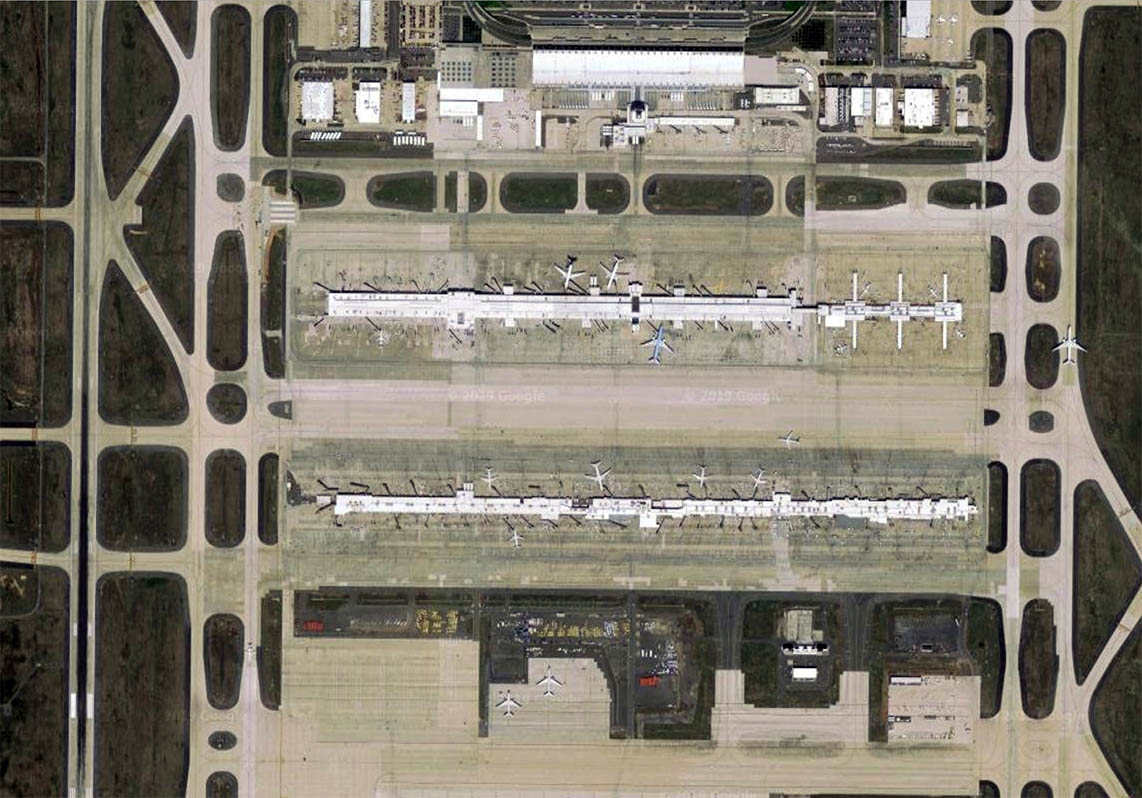
Metropolitan Washington Airport Authority
Dulles Airport: Dulles, Virginia
Project Manager responsible for aviation fuel system and site utilities for a new midfield terminal, the first of six to be constructed. The site utilities consisted of complicated sanitary sewers, storm sewers, potable water, medium temperature hot water, natural gas, and a hydrant fueling system. Also involved analysis of the existing hydrant fueling system for the purpose of connecting the new midfield aircraft parking apron to the existing hydrant fuel system; design of a new 18-inch hydrant fueling main from the remote jet apron to the northeast midfield terminal building area to replace the existing fuel main while keeping the hydrant fuel system operational, and analyzing the impact of the new main on the existing system upstream to mitigate undesirable effects. The new 18-inch fuel main was placed in a micro-tunnel under the south taxiway to the then south terminal complex. Room was provided in the micro-tunnel for a second planned future 18-inch fuel main.

12 Gate North Pier Hydrant Fuel System
Tocumen International Airport: Panama City, Panama
Project Manager/Engineer for a design-build project for a hydrant fuel system around a new 12 gate north pier connected to the main terminal. The project consisted of a single 12-inch fuel main originating at an existing valve pit at the Main Terminal and running along a connector bridge to a valve pit at the beginning of the North Pier building. The single main connected to a 12-inch pipe loop around the North Pier. A surge suppressor pit was included in the design at the north end of the North Pier. An EFSO System was designed to connect EFSO activation stations at each gate to the existing pump station in the tank farm’s pump control system.
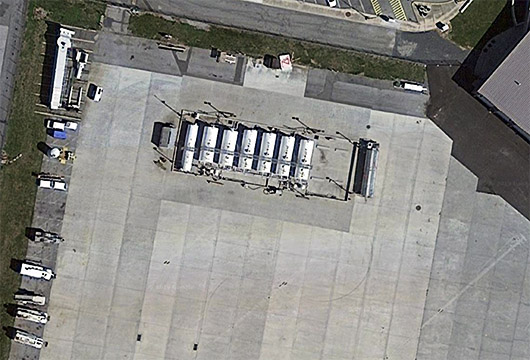
AV Fuels New Tank Farm
Harrisburg International Airport: Middletown, Pennsylvania
Project Manager responsible for complete design services and minor construction support to upgrade the existing fuel farm including relocating and upgrading one existing 12,000 gallon Avgas fuel and two existing 20,000 gallon jet fuel receipt, storage and dispensing system; the addition of four new 20,000 gallon jet fuel storage tanks; new containment area for all tanks; loading/unloading areas and equipment; all piping, valves, controls, lighting, oil-water separators; and a personnel booth.
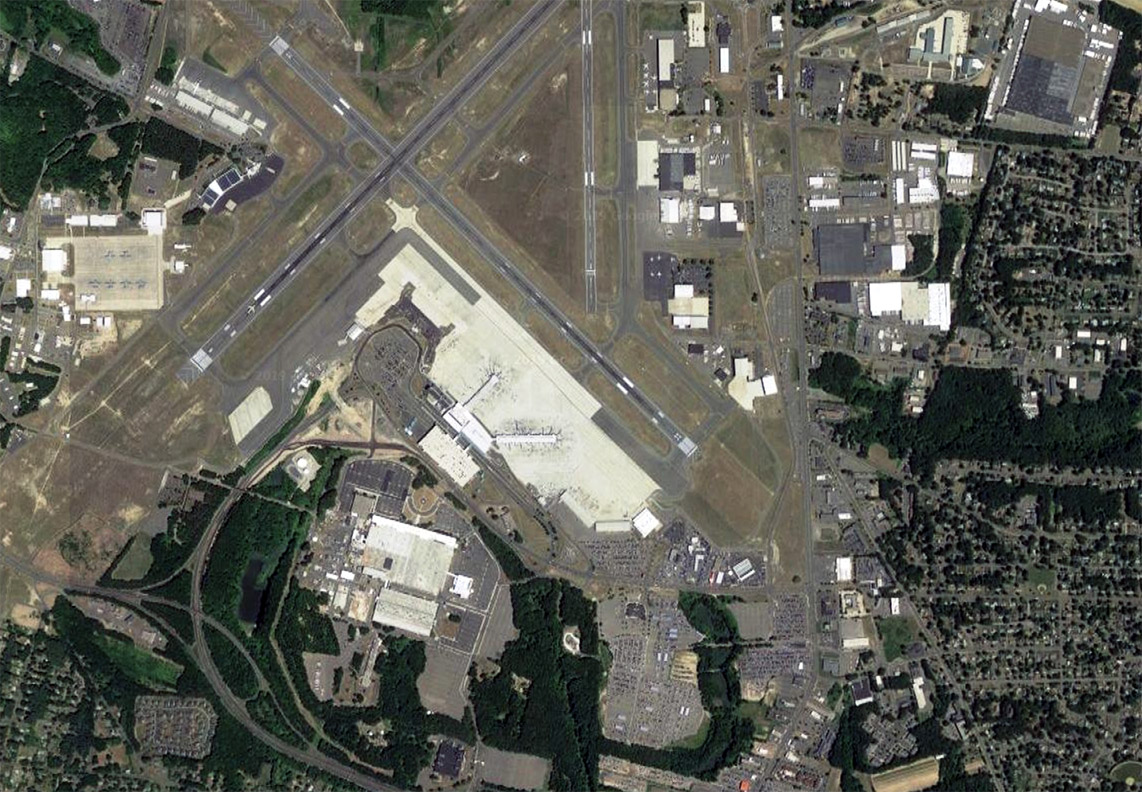
Corporate Air Fueling Facility
Bradley International Airport, Windsor Locks, Conneticut
Project Manager/Engineer of Record for a 250,000 gallon jet fuel, aviation gas and glycol bulk fuel storage and dispensing facility using underground steel storage tanks, above ground receiving, filtering, dehydrating, and dispensing equipment on a loading island, canopy and pavement. The maximum underground storage tank size was 50,000 gallons. Engineering of all civil, structural, mechanical, electrical and environmental work was provided.
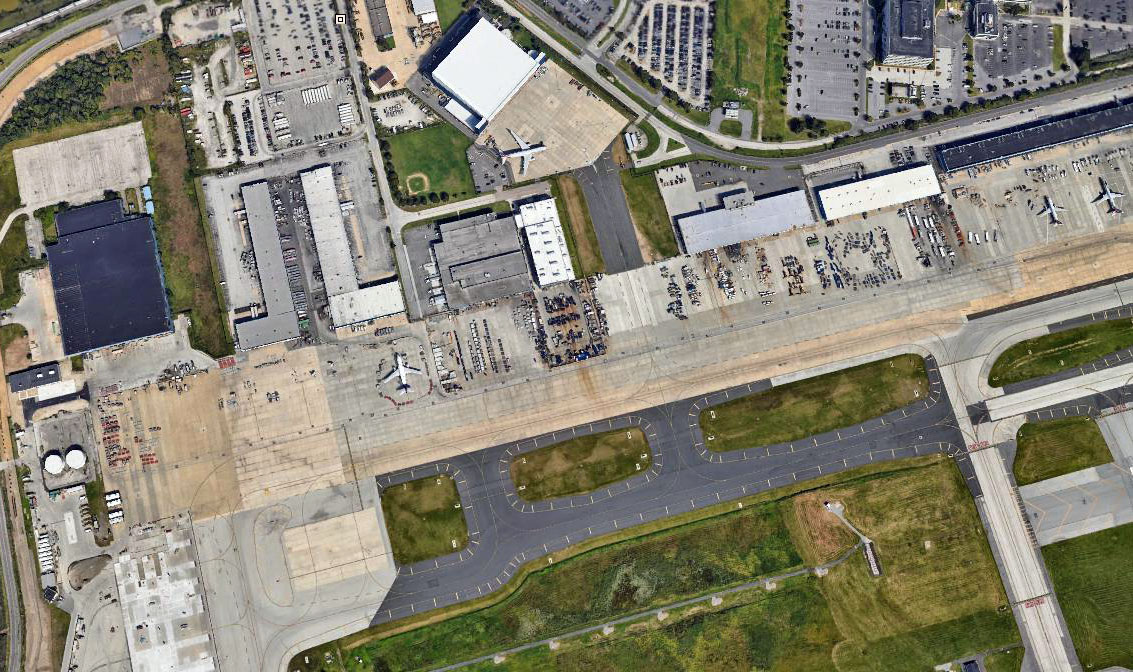
Page Avjet Corp. Fueling Facility
Philadelphia International Airport, Philadelphia, Pennsylvania
Project Manager/Engineer of record for a 70,000 gallon jet fuel and aviation gas bulk fuel storage and dispensing facility using underground steel storage tanks, above ground receiving, filtering, dehydrating, and dispensing equipment on a loading island, pavement and fuel spill diverting and retaining system. The maximum underground storage tank size was 30,000 gallons. Engineering of all civil, structural, mechanical, electrical and environmental work was provided.
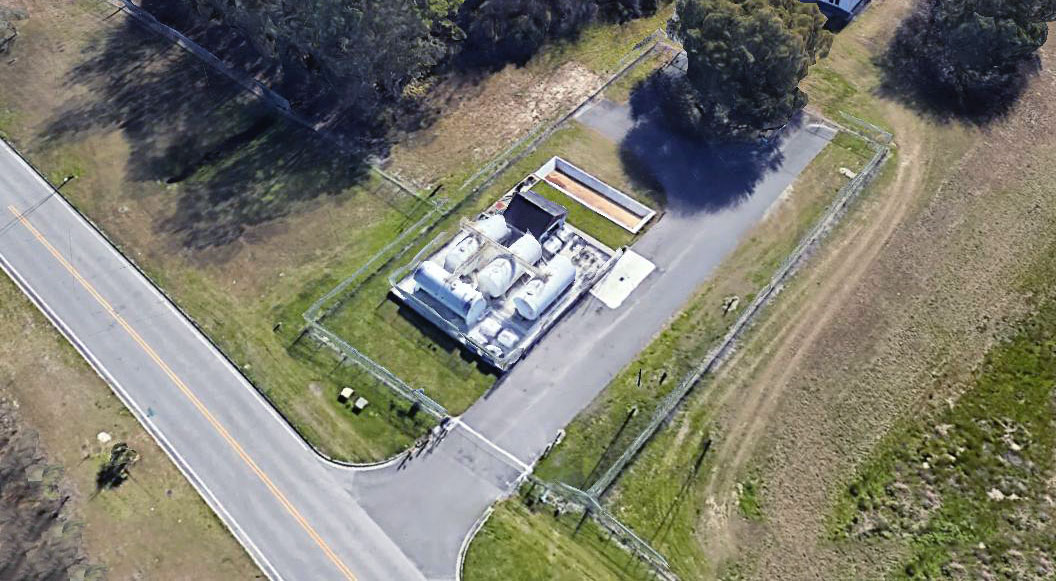
Kenn Air Fueling Facility
Gainesville, Florida
Project Manager/Engineer for a 90,000 gallon jet fuel and aviation gas bulk fuel storage and dispensing facility using above ground steel storage tanks, aboveground receiving, filtering, dehydrating, and dispensing equipment on loading islands, tank and equipment dikes, pavement and fuel spill diverting and retaining system. The maximum above ground storage tank size was 30,000 gallons. Engineering of all civil, structural, mechanical, electrical and environmental work was provided.
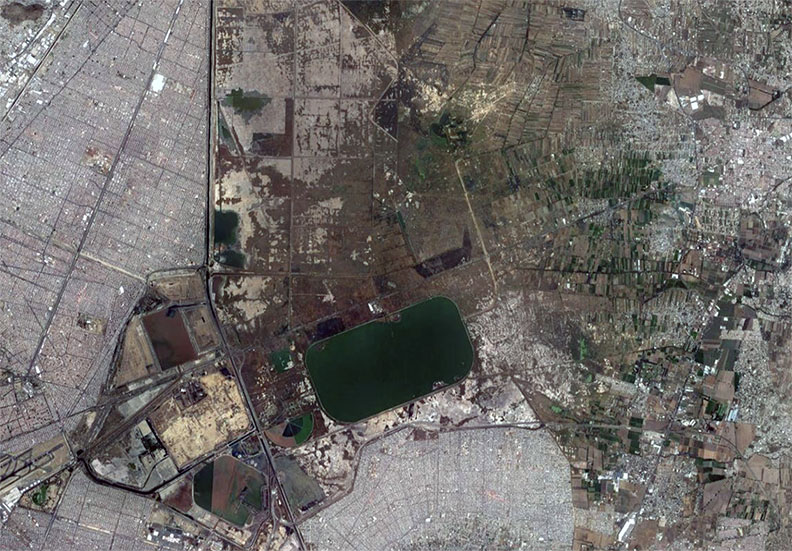
Mexico City Airport Master Plan
Hydrant Fuel System
Project Manager for the hydrant fuel system master plan for a new Mexico City Airport having between 150 and 190 aircraft parking positions with fueling capability. Approximately 80 percent of these were contact gates. The master plan included a tank truck unloading facility connected to above ground API 650 fuel tanks, aircraft refueler loading racks, a pump station, administration building, maintenance building and a fire protection facility.

Fuel Farm and Hydrant Fuel System Expansion
Juan Santamaria Airport: San Jose, Costa Rica
Project Manager for the proposed new fuel farm complete with administration, maintenance and fire protection/electric buildings, four 5,000 barrel tanks, pump station, receiving and distribution loading/loading facilities and a hydrant fuel main to the existing terminal’s hydrant fuel main.
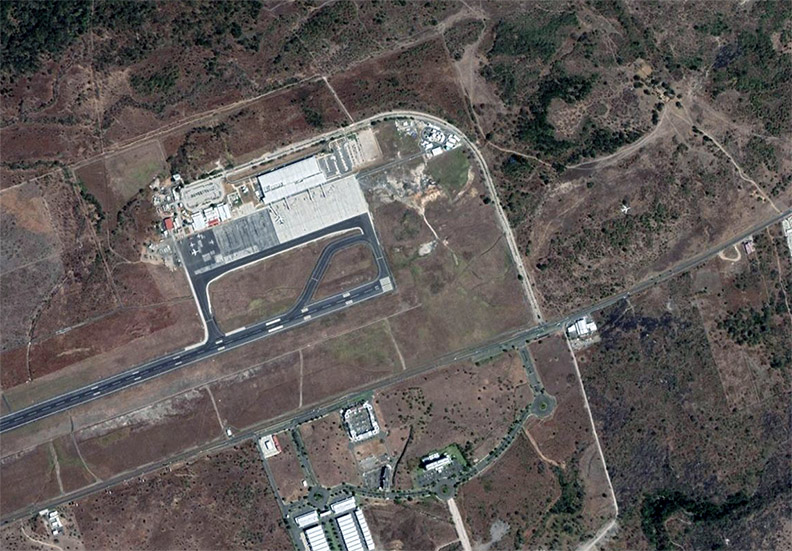
Fuel Farm Master Plan
Liberia Airport: Costa Rica
Project Manager for the proposed new fuel farm complete with administration, maintenance and fire protection/electric buildings two 5,000 barrel tanks, 10,000 gallon AVGAS, Diesel and recovered fuel, pump station, receiving and distribution loading/loading facilities and a hydrant fuel main to the existing terminal’s hydrant fuel main.
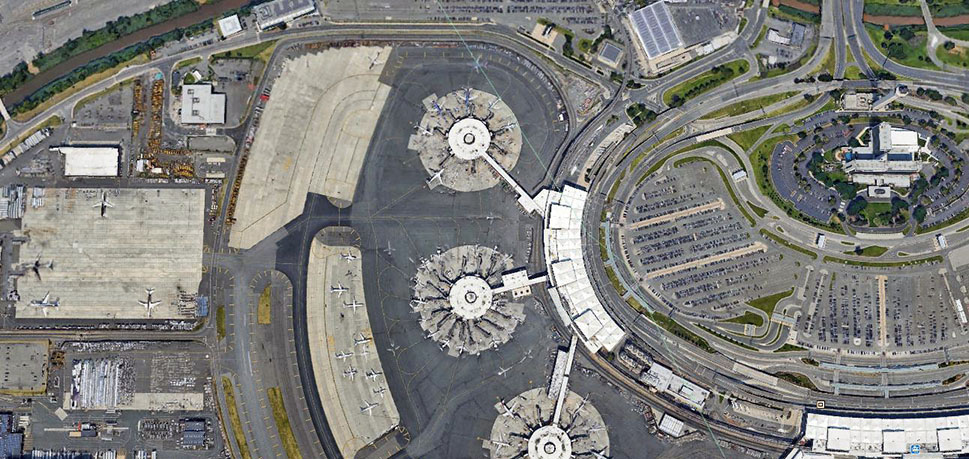
Master Plan for Design-Build, Hydrant Fuel System
Newark Liberty Airport Terminal 1
Project Manager for the hydrant fuel system master plan study for the new Terminal 1 to replace the existing Terminal A. The master plan was later updated to include Terminal 1 configuration changes and to be used as a basis of design/RFP document.
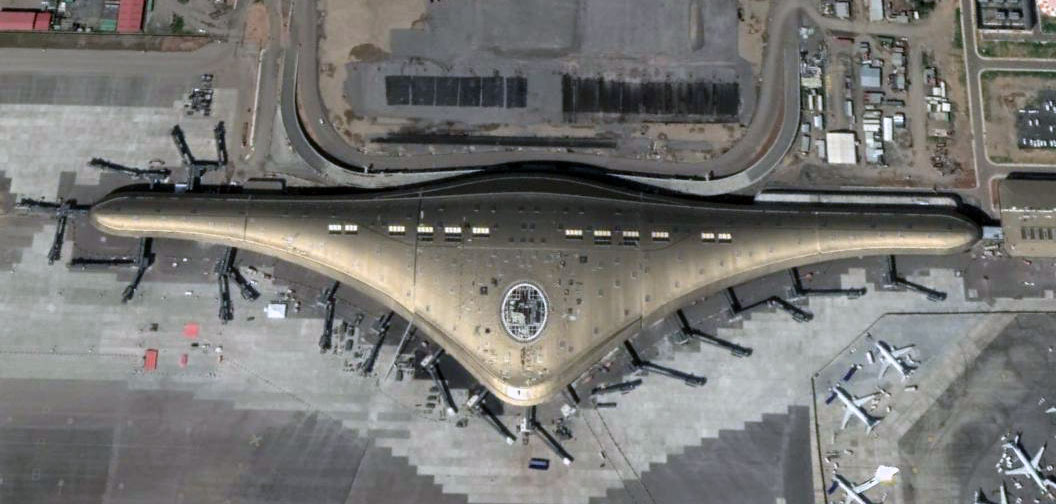
12 Gate North Pier Hydrant Fuel System Master Plan
Tocumen International Airport: Panama City, Panama
Project Manager for the hydrant fuel system master plan to connect to the existing Main Terminal’s hydrant fuel system and extend to a new 12 gate North Pier’s hydrant fuel system. The master plan included hydrant fuel system routing around the North Pier and the walkway connecting it to the main terminal. An isolation valve vault and a surge suppressor pit were included in the plan.
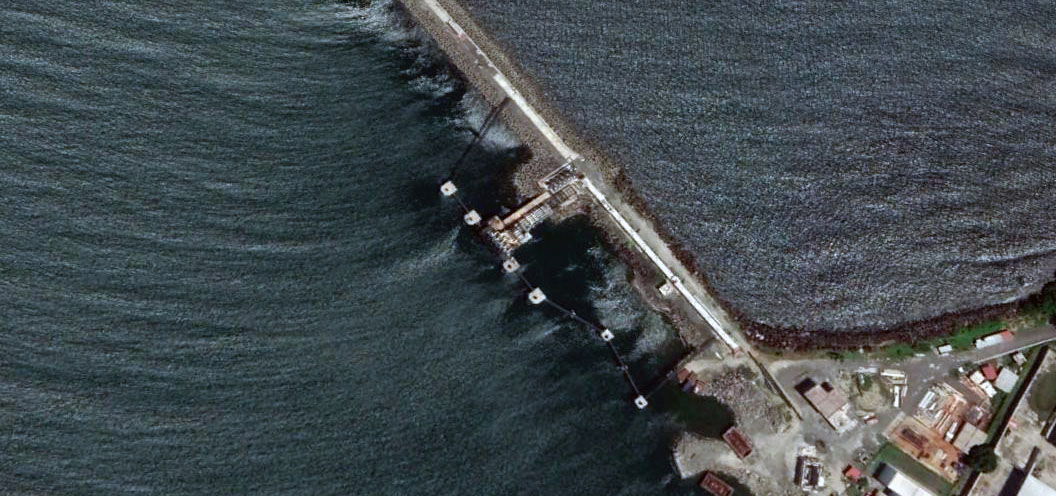
Tanker Terminal, Breakwater Extension and Pipelines, Recope
Moin, Costa Rica
Deputy Project Manager/Project Engineer for a petroleum tanker terminal type and location was performed to determine the most cost-effective terminal type and location followed by a final design phase for a new terminal. Single point moorings, conventional buoy moorings and fixed piers were analyzed. The terminal consisted of a berth for 80,000 DWT tankers adjacent to a new breakwater extension, and new pipelines to the existing tanker berth at Port Moin. The pipelines transported MBTE, crude oil, gasoline, avgas, and diesel fuel.

Jetblue Terminal 5 and 5i
JFK Airport: Jamaica, New York
Project Manager, Terminal 5 & 5i hydrant fuel system master planning for the terminals including proposed options for expansion beyond Terminal’s site for Jetblue’s proposed expansion onto the vacant Terminal 6 lease.
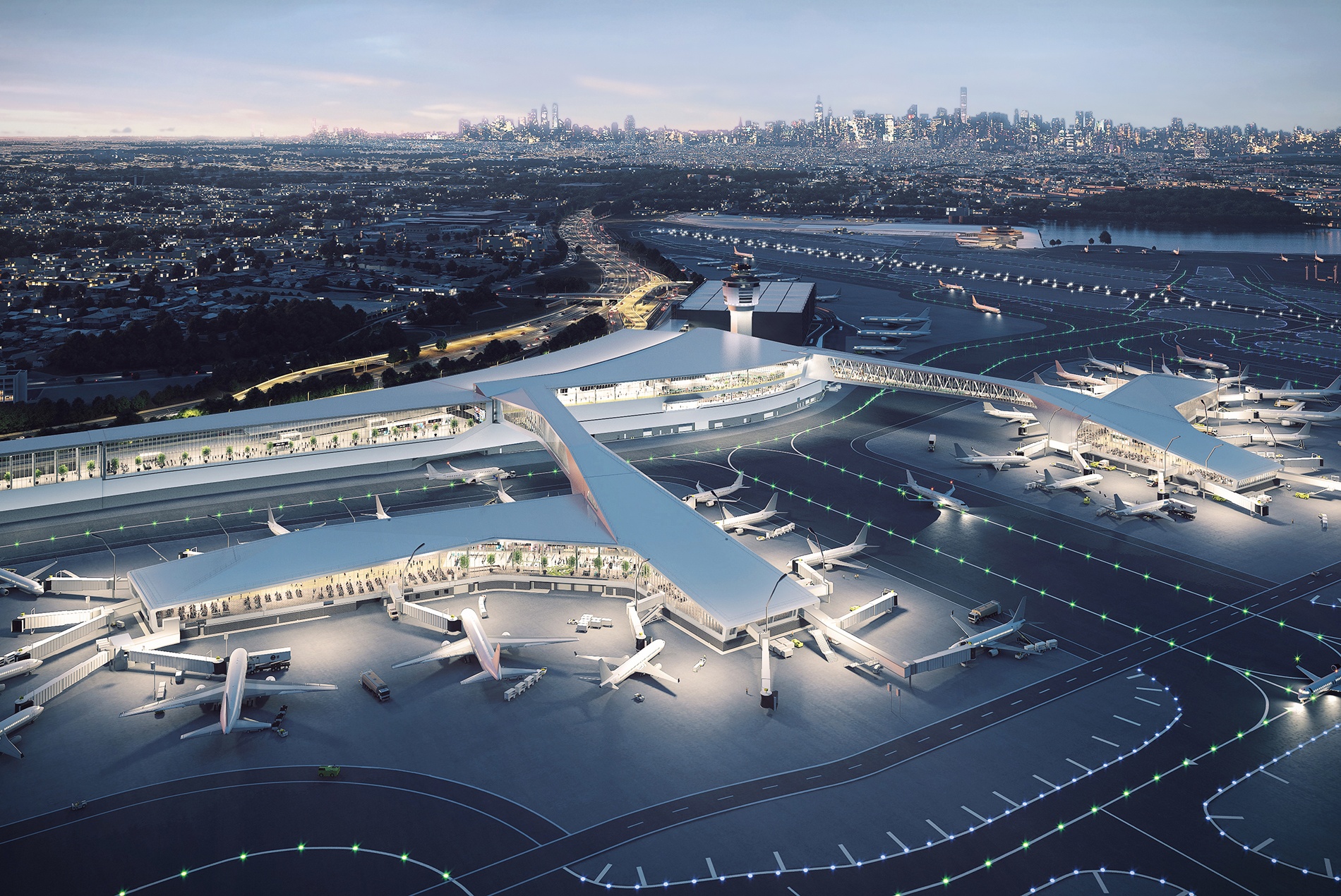
LaGuardia Airport Redevelopment, Central Terminal B, Hydrant fuel System
Flushing, New York
Project Manager for the hydrant fuel system construction administration and for the final inspection of each phase of the hydrant fuel system installation.
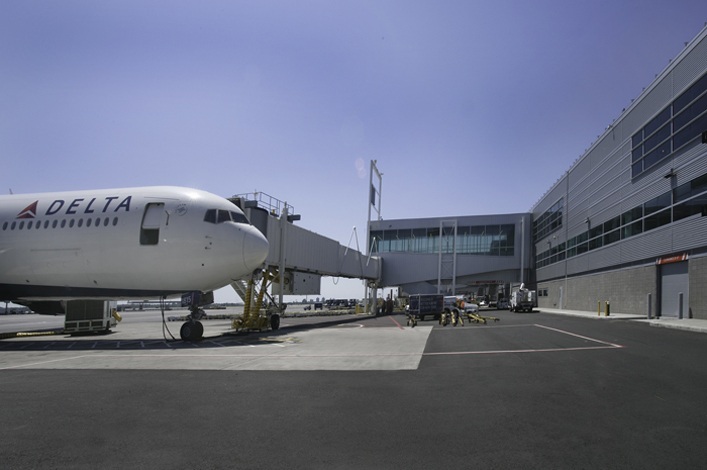
Delta Air Lines Terminal 4 Expansion, Concourse B, Phases 1 and 2
JFK Airport: Jamaica, New York
Project Manager for construction administration for the hydrant fuel system for Phases 1 and 2 including the emergency fuel shutoff system and cathodic protection system.
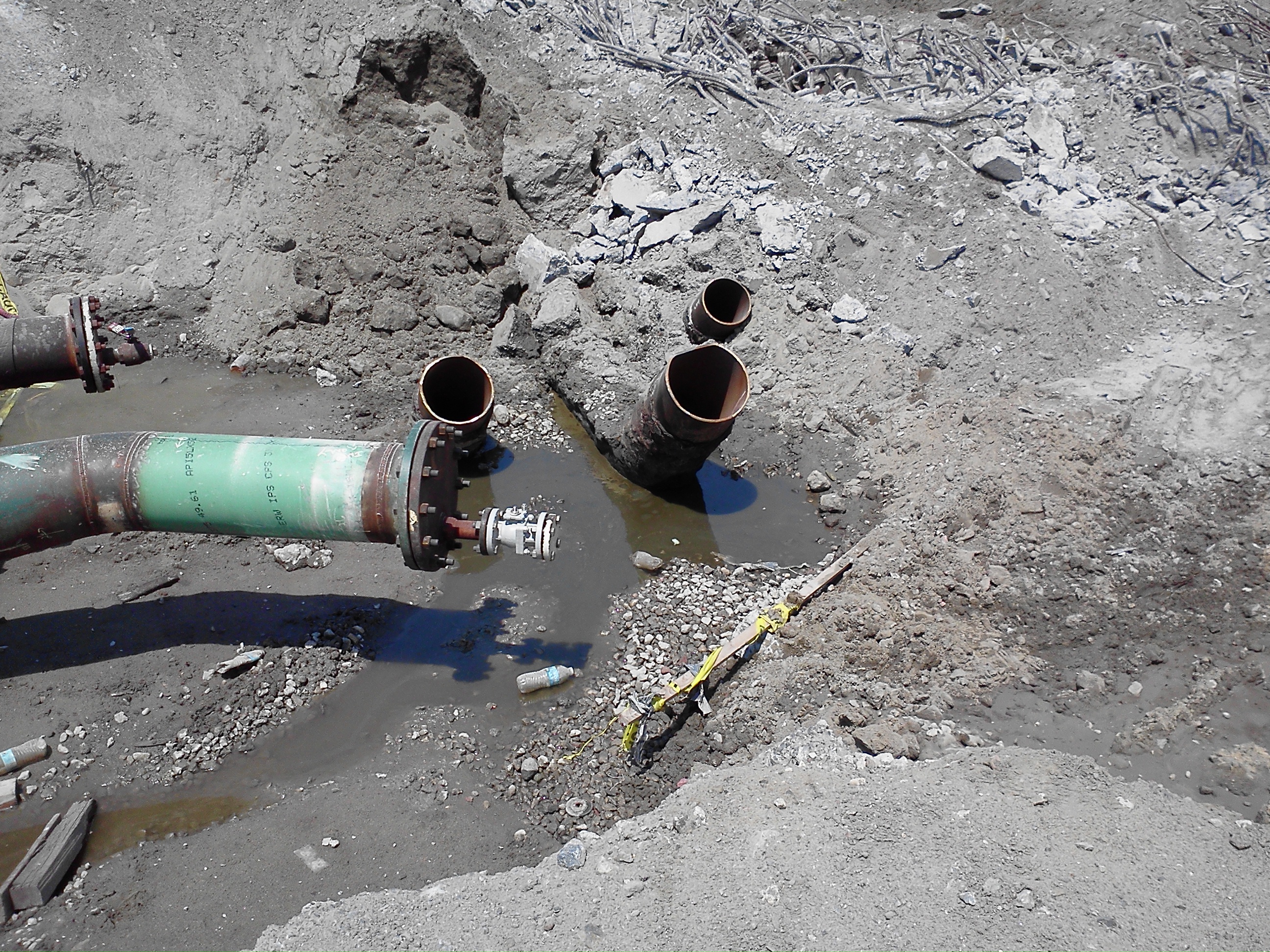
Delta Air Lines Terminal 3 Hydrant Fuel System Demolition and New Hardstand Fueling
JFK Airport: Jamaica, New York
Project Manager for construction administration for the hydrant fuel system decommissioning of the existing Terminal 3 hydrant fuel system piping, installation of a 12-inch fuel main to three aircraft hardstands with fueling capability, the emergency fuel shutoff system and isolation valve pits on the three existing PANYNJ fuel distribution mains.

Delta Air Lines Terminal 2 Hydrant Fuel System Demolition
JFK Airport: Jamaica, New York
Project Manager for construction administration for the hydrant fuel system decommissioning of the existing hydrant fuel system and installation of three vents on the three existing PANYNJ fuel distribution mains.
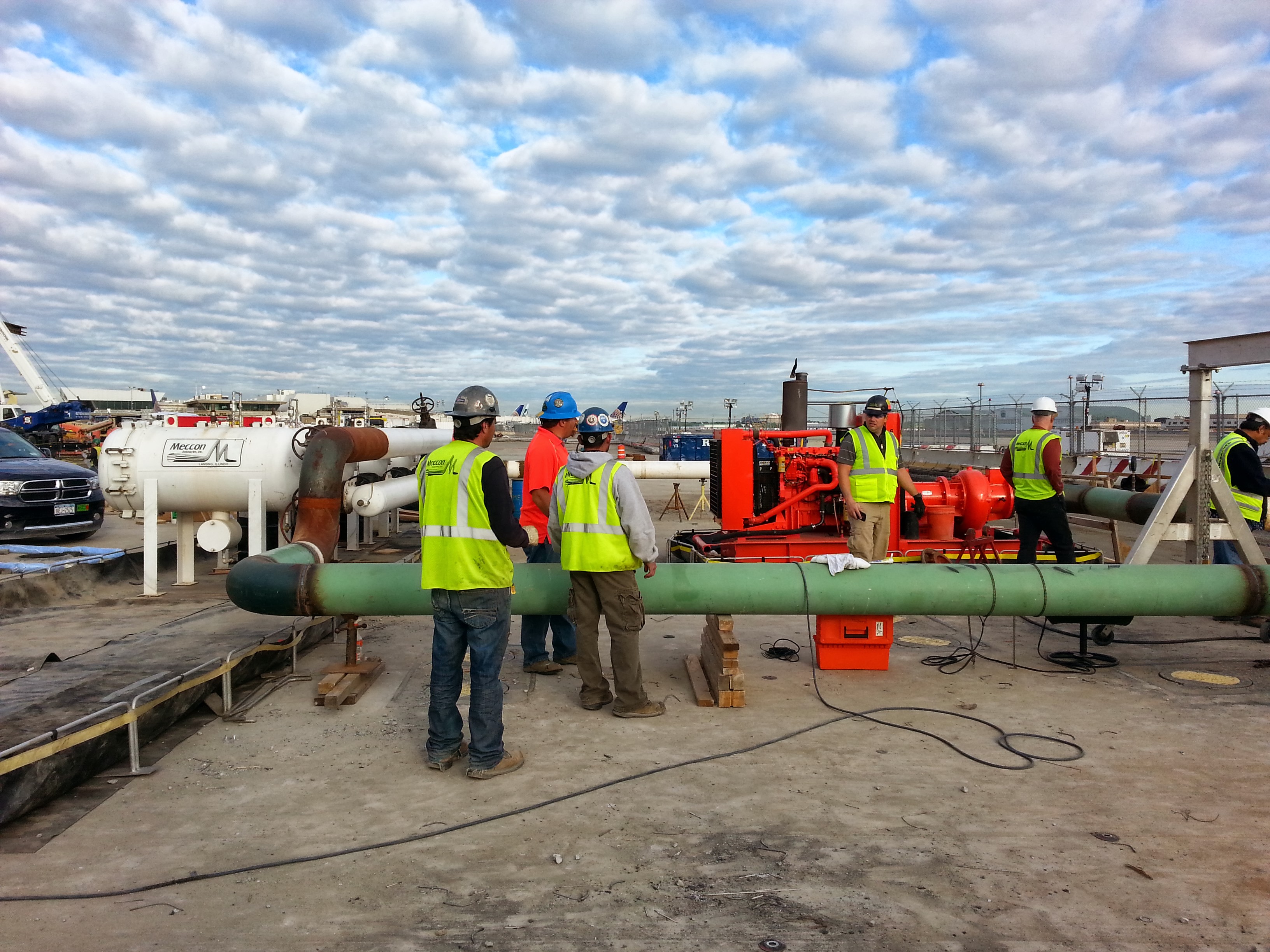
Jetblue Terminal 5 and 5i Hydrant Fuel Systems
JFK Airport: Jamaica, New York
Project Manager for construction administration for the hydrant fuel and related system and serving 26 Terminal 5 gates and 3 terminal 5i gates.
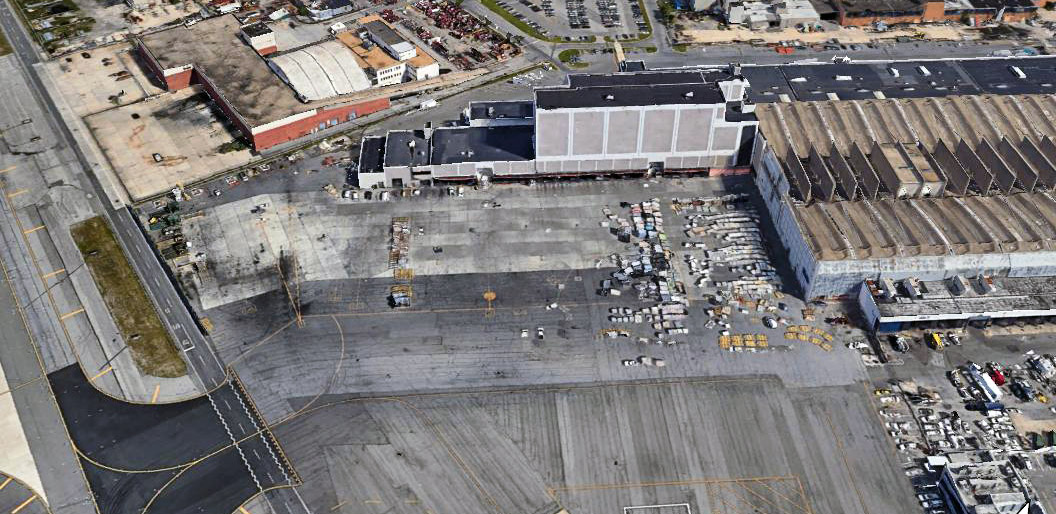
Japan Airlines Cargo Facility, Building 151
JFK Airport: Jamaica, New York
Project Manager for a new design-build hydrant fueling system for three Boeing 747's consisting of two 12-inch fuel mains, 2 isolation valves in ground service pits, 12 hydrant fueling pits, 6 aircraft grounding receptacles, two 80 gallon surge suppression vessels with alarm panels, and an emergency fuel shut-down system. This project was undertaken as a design-build project on a very fast track basis.
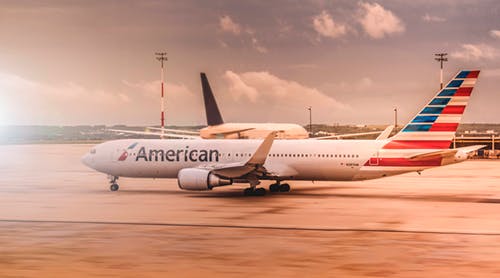
American Airlines, Hydrant Fuel System Modifications
JFK Airport: Jamaica, New York
Deputy Project Manager for home office support and site inspections of construction pertaining to the relocation of an above ground hydrant fuel manifold, new hydrant fuel piping systems to three new/relocated aircraft gate positions, and to the relocation and revisions to the Port Authority of New York and New Jersey hydrant fuel system pig launcher and receiver, vent and drain pits.
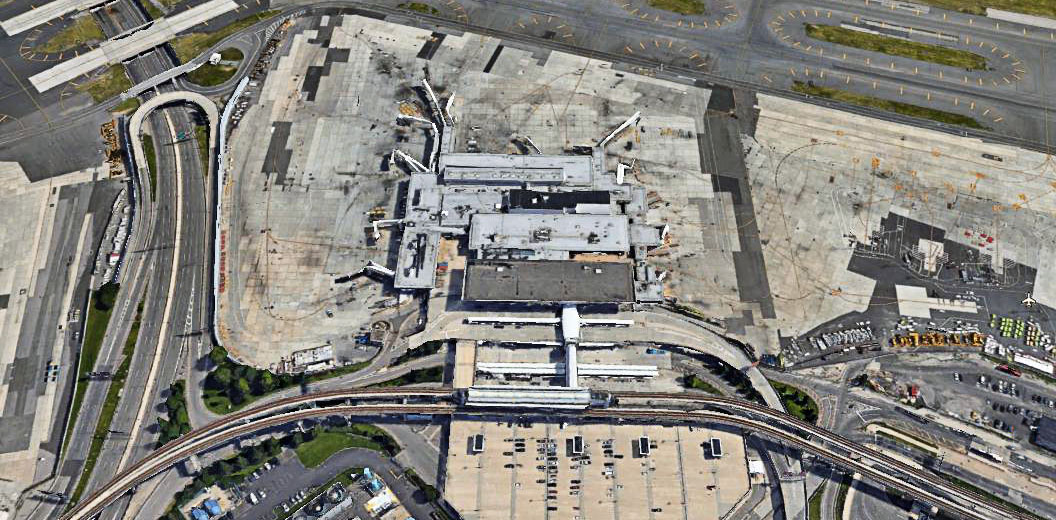
British Airways, Apron and Apron Service Utilities Upgrade (Project 2000)
JFK Airport: Jamaica, New York
Deputy Project Manager for home office support and site inspections of construction pertaining to the relocation of hydrant fueling systems and construction of new hydrant fuel piping systems to twelve aircraft gate positions, addition of hydraulic surge suppressors, isolation valve pits, two new vehicle fueling facilities, one Type-II glycol storage and dispensing system, and a Type-I storage and blending and dispensing system, and the addition of two twin 40 ton per hour snow melting systems. As Deputy Project Manager, managed the above and attended weekly on-site construction management meetings and site inspections for the above and for the Civil, Structural, and Electrical Engineering related to taxiway cuts, and the apron pavement and drainage.
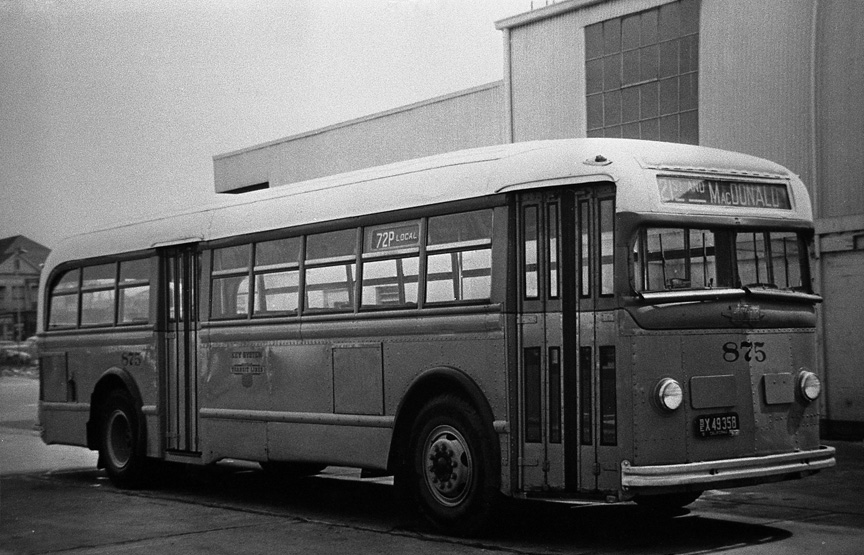
New York City Transit Authority
Inspection of the first 837 GMC Transit Buses for New York City
Project Manager for the inspection of the first 837 General Motors Corporation transit buses to be delivered to the City of New York as replacements of the Grumman Flexible transit buses. The inspection was conducted in Pontiac, Michigan and successfully managed from New York. Bus structural components and bodies, drivelines, suspensions, steering, electrical, air conditioning, control systems, interiors and exteriors were inspected, reports of deficiencies issued and repairs inspected, and vehicle data and shipment data were recorded and forwarded to the New York City Transit Authority for payment and logistics considerations. Vehicle reports were compiled for the four entities that purchased the buses for this project.
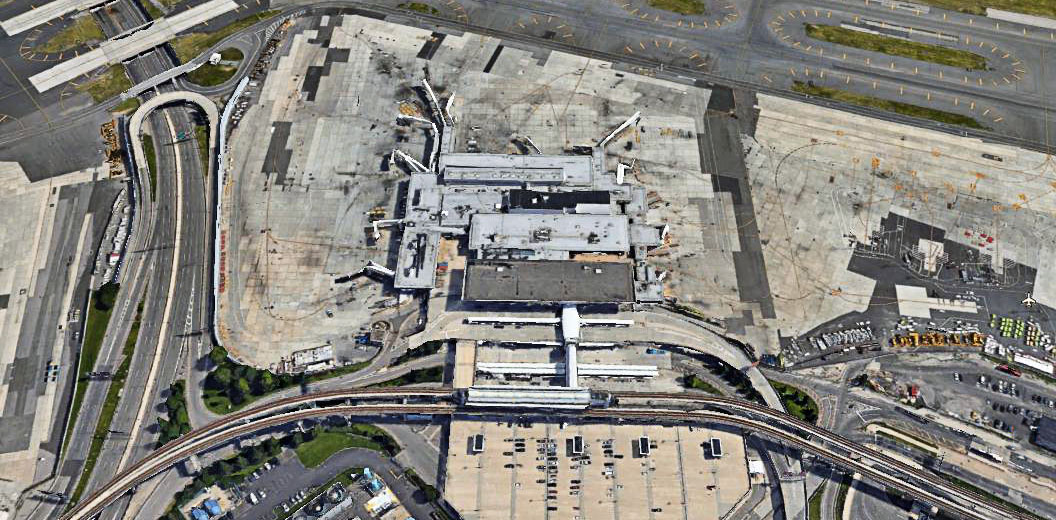
British Airways Apron and Apron Service Utilities Upgrade (Project 2000 Era)
JFK Airport: Jamaica, New York
Project Manager for design, home office support and site inspections of construction pertaining to the relocation of hydrant fueling systems and construction of new hydrant fuel piping systems to twelve aircraft gate positions, addition of hydraulic surge suppressors, isolation valve pits, two new vehicle fueling facilities, one Type-II glycol storage and dispensing system, and a Type-I storage and blending and dispensing system, and the addition of two twin 40 ton per hour snow melting systems. As Deputy Project Manager, managed the above and attended weekly on-site construction management meetings and site inspections for the above and for the Civil, Structural, and Electrical Engineering related to taxiway cuts, and apron pavement and drainage.

US Air Terminal, New Terminal C and Demolition of Two Hangars
LaGuardia Airport: Flushing, New York
Deputy Project Manager for design, home office support and site inspections for new plumbing, fire protection, site water and sewer systems, below ground heating and diesel fuel storage and transfer systems, and snow melting systems for the new terminal and for the demolition of two existing hangars on the terminal site.
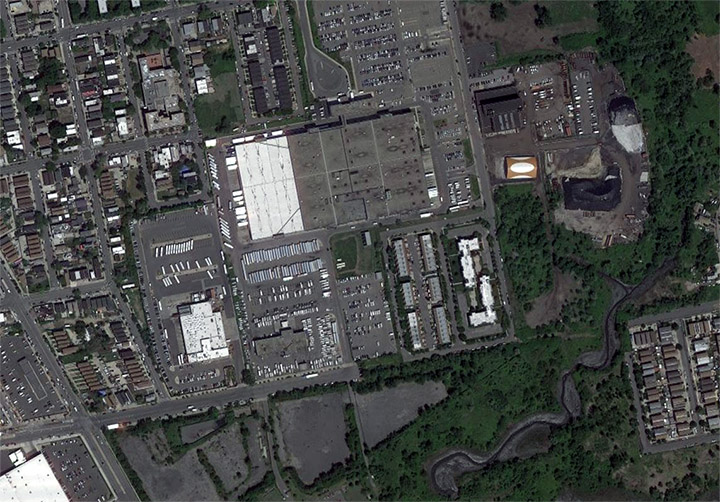
United States Postal Service, General Mail Facility
Brooklyn, New York
Deputy Project Manager for design, home office support, site inspections, operator training, and special studies and consultation for construction issues for the construction of site water, sanitary, fuel storage and dispensing systems, site foam (AFFF) systems, building plumbing, fire protection and methane venting and monitoring systems for a new 600,000 square foot general mail facility with an associated vehicle maintenance facility on a 35 acre site which was formerly an incinerator ash waste site.
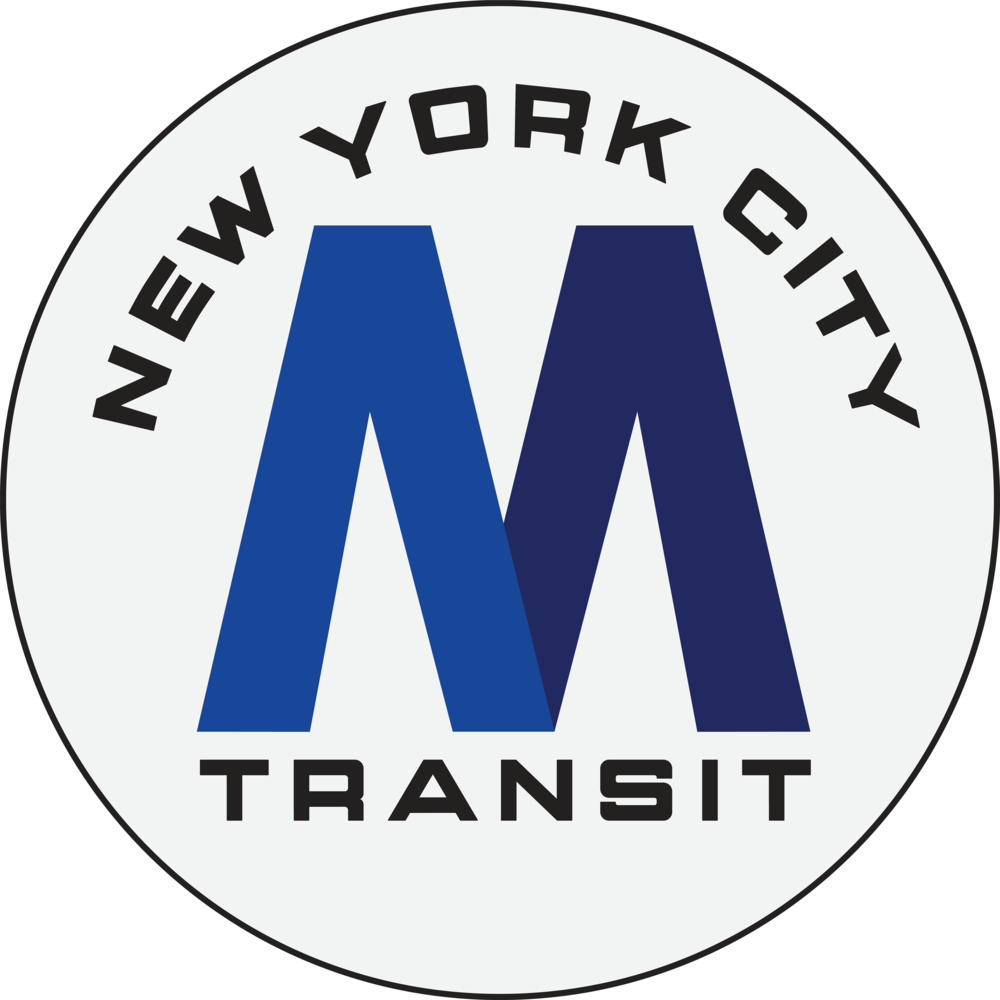
New York City Transit Authority, Rehabilitation of Eight (8) Bus Depots
New York, New York
Project Manager for the construction services phase of the rehabilitation of eight New York Transit Authority bus garages built in the early 1900s. The rehabilitation work included the upgrading of the HVAC systems, boiler replacements, plumbing system modifications related to the installation of new bus washing equipment, structural modifications for the mechanical equipment, roofing system replacement and replacement of the defective underlying structural components of roofs, new vehicle exhaust systems, new vehicle maintenance pit ventilation systems, and electrical work in association with the mechanical rehabilitations. The work included conducting periodic construction meetings with contractors, issuing directives as required, processing contractor's requests for payment, issuing of change notices, estimating the value of the change notices, negotiating the change notice price with contractors, managing the resident inspectors at each of the eight sites, filing monthly progress reports, reviewing the resident inspectors daily log books and their individual and collective performance, and providing additional design services to remedy latent conditions that developed during construction. The contracts for the construction work were let as "Wicks Law" contracts which meant that up to four separate construction contracts were in place at most of the eight depots at a time. The bus depots were located throughout New York City in Kings County, Queens County and Manhattan Island.

RECOPE, Study and Design of Pipeline Extension
Costa Rica
Project Engineer for a study to determine the most economical marine berth upgrade to support a refinery and tank farm capacity increase of 100 percent and the design of the selected upgrade. The study considered a new fixed pier shore side of a new breakwater extension and land pipeline extensions, single point moorings and related pipelines, and conventional buoy moorings and related pipelines, time-dependent tank farm capacity requirements, and tanker unloading/loading times. The new fixed pier, breakwater extension, and pipeline extension scheme was selected. Crude oil, gasoline, avgas, LPG, marine diesel, and MBTE pipelines were modified and extended to the new berth. A 2,500 gpm fire pump station and a water/foam/dry chemical fire suppression system was designed for the new pier.
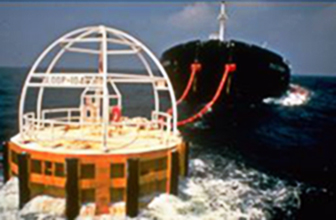
Cogentrix, Conventional Buoy Mooring and Submarine Pipeline
San Pedro de Macoris, Dominican Republic
Project Engineer for the design of a conventional buoy mooring system and 16-inch submarine pipeline to shore for diesel fuel import for a new gas turbine electric power generation station. The pipeline is curved in two planes and is designed to be installed using the directional drilling method.
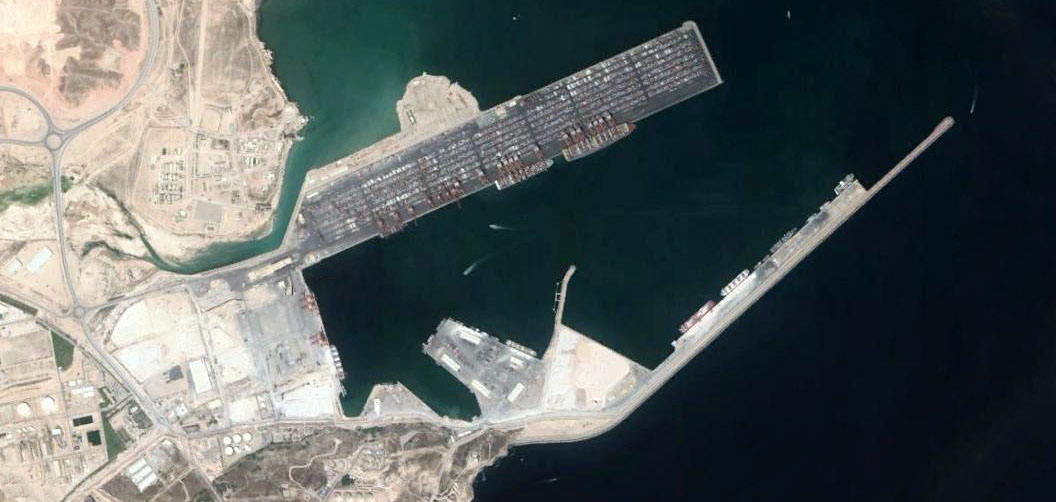
Government of Oman, New Container Port/Existing Port Upgrade
Port Salalah, Oman
Engineer Manager for the design of one 18-inch underground heavy fuel oil and one 12-inch underground marine diesel fuel pipelines to service up to 12 post-Panamax class container ships. The heavy fuel oil line design included skin effect heating and pipe insulation

Caltex Petroleum
Yosu Korea Supertanker Terminal and Pipeline
Project Engineer for the preparation of performance documents for design/construct of a new tanker terminal, related trestle and land side tunnel for crude oil tankers up to 230,000 DWT. The mechanical design consisted of crude oil, bunker and refined heavy product pipelines between the tankers and a land side refinery, foam type fire protection systems, and HVAC for platform and trestle mounted buildings. Provisions for recirculating and prevention of solidification of high pour point crude oil and bunker fuels were incorporated in the petroleum piping systems.
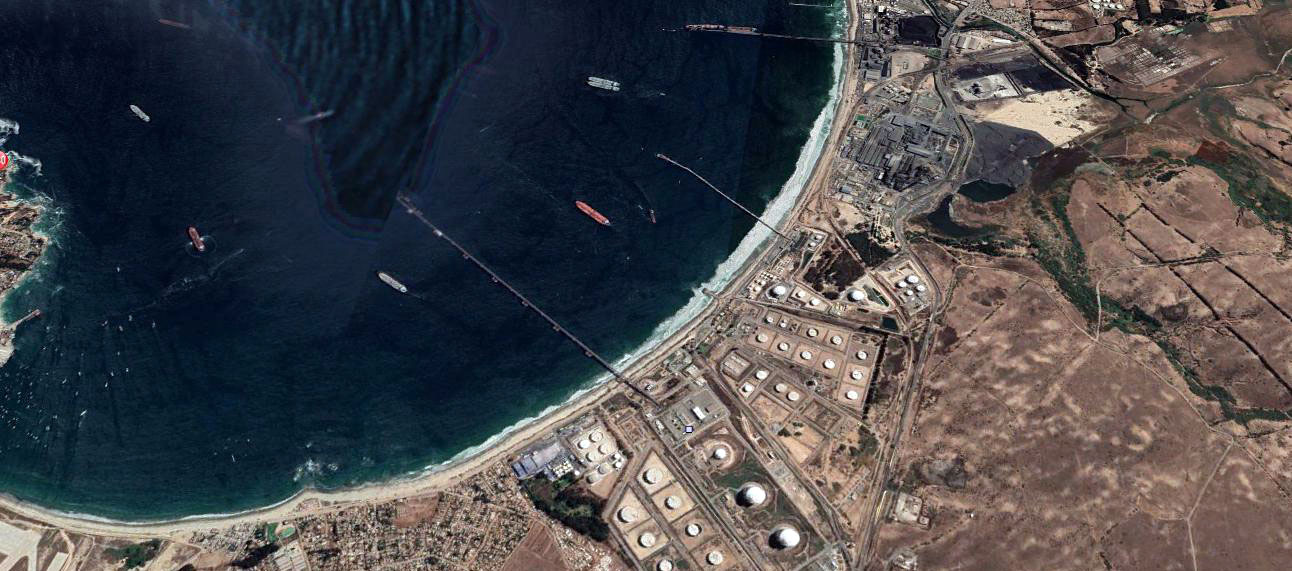
Chilean Ministry of Public Works
Quintero LNG Tanker Terminal Cryogenic Piping
Project Engineer for the preliminary engineering and technical assistance during final design of cryogenic piping for new LNG shipping and receiving terminals in Chile. The engineering of cryogenic piping systems included the selection of materials and design of the piping systems for LNG, liquid nitrogen, and gaseous low temperature nitrogen vapor/gas lines from the tanker terminal to the shore side facilities via trestles.

Belcher Oil Company
Crude Oil Supertanker Terminal and Pipelines
Lead Engineer for the preliminary design of a new twin berth sea island supertanker terminal, booster pump platform and twin submarine pipelines to shore at Tampa Bay. The mechanical systems included berth piping for the twin 326,000 DWT tanker berth sea island, 20-mile long twin 48-inch submarine pipelines, 10,000 HP gas turbine driven crude oil booster pumps stationed on an offshore booster pump platform, and a 20-mile long 18- inch bunker fuel submarine pipeline from shore to the sea island supertanker terminal.
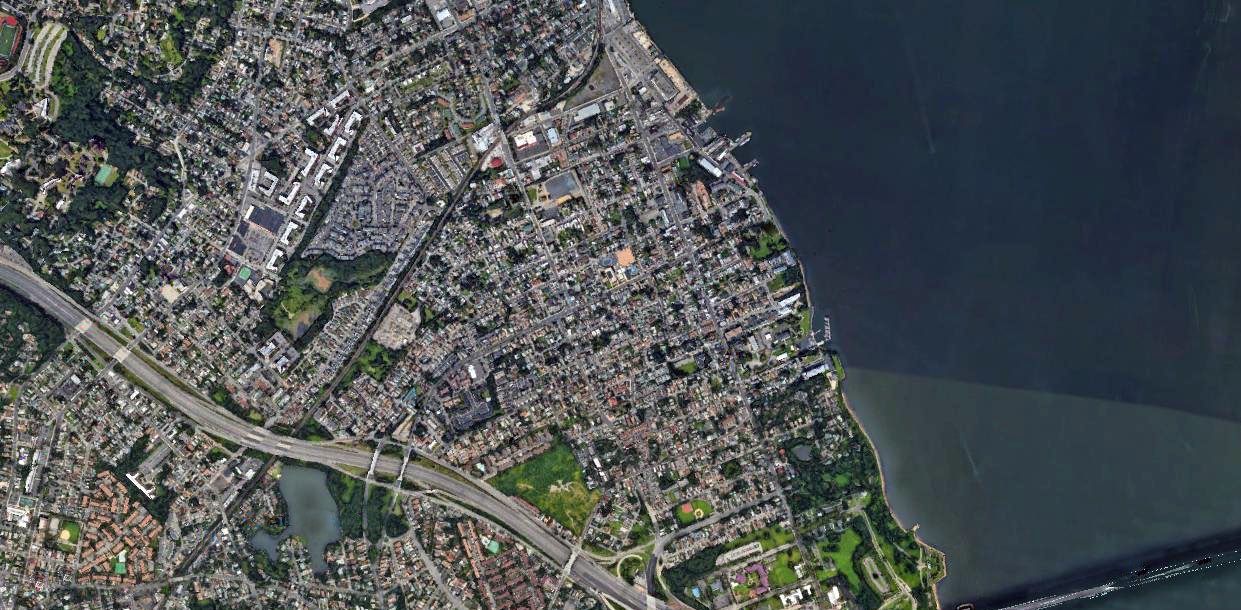
Port Authority of NY and NJ
Supertanker Terminal, Pipelines, and Tank Farm
Lead Engineer for the preliminary design of a supertanker terminal, trans-Staten Island pipelines, 2 tank farms and distribution pipelines. The mechanical systems included the crude oil supertanker petroleum piping, a large land side hydraulic surge suppression system, a large land side crude oil booster pump station, twin crude oil pipelines across Staten Island, 2 submarine pipelines under the Arthur Kill from Staten Island to Linden, NJ, a tank farm and pumping station in Linden, NJ, and twin overland pipelines to Exxon's Bayway Refinery and to Chevron's Amboy Refinery. The mechanical system designs were in accordance with all codes and regulations including the stringent New York City Fire Department special regulations for buried petroleum transport pipelines.

Burmah Oil Company
Bahamas Crude Oil Transshipment Facility
Support engineer for the final design and construction administration of a new multiple berth crude oil transshipment terminal consisting of a dual berth offshore supertanker sea island, an onshore tank farm having 500,000 and 750,000 barrel tanks, inner harbor product tanker berths, onshore pump stations, onshore tanker ballast treatment facilities, and an extensive foam type fire protection system for the inner harbor berths, for the tank farm, and for the offshore sea island tanker berths.

Somalian Ministry of Public Works
Crude Oil/Refined Products Tanker Terminal
Project Engineer for the design of piping systems and pipelines to storage tanks for a new 50,000 DWT tanker berth and land pipelines in joint venture with Hostrop-Shultz and Sorrensen of Denmark for this World Bank funded project. The piping systems consisted of crude oil receiving lines, product and bunker loading lines, and fire protection systems for the berth and the berth to land trestle.
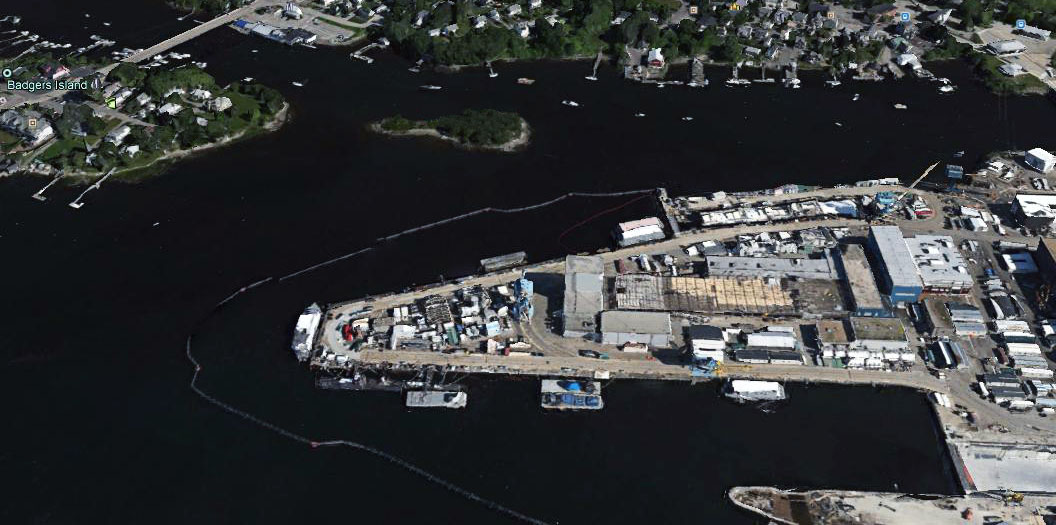
Olympic Refineries
Supertanker Terminals at Portsmouth, New Hampshire
Lead Mechanical Engineer for preliminary engineering of an offshore dual berth crude oil supertanker terminal, an offshore dual berth product tanker terminal, dual large diameter crude oil lines from the offshore berths to the onshore refinery, and multiple product and bunker fuel lines from the onshore refinery to the offshore tanker terminals. The mechanical systems included the oil and fire protection system piping on each of the two berths, the multiple large diameter submarine pipelines from the offshore terminals to shore, and the multiple pipelines run overland from shore through marshes to the refinery.
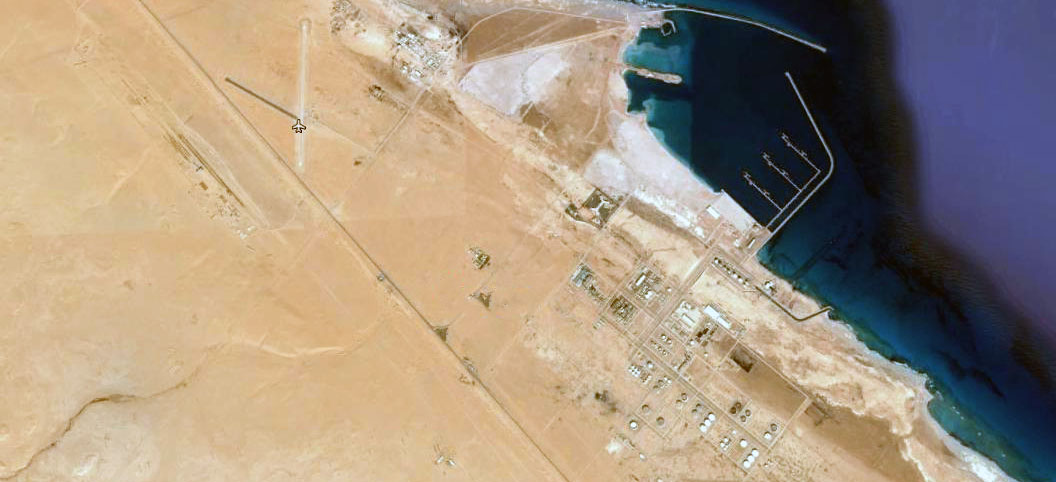
National Oil Corporation of Libya
Ras Lanuf Dual Single Point Moorings and Pipelines
Project Engineer for the engineering for two single point moorings for 50,000 DWT tankers in shallow water on the North African coastline and associated pair of dual 26-inch pipelines. These systems were designed to withstand the severe wave conditions at the site and to prevent solidification of the heavy gas oils transported through them. The single point moorings were single anchor leg chain type with gravity bases and sophisticated bottom piping manifolds with remotely operated valves. The facility was the first of its type designed for such severe conditions.
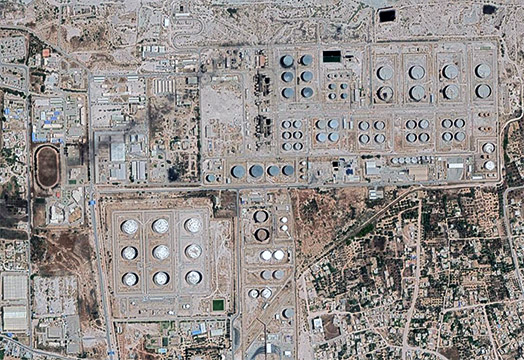
National Oil Corp. of Libya
Azziwiya Refinery, Single Point Moorings and Pipelines
Project engineer for the engineering of a new single point mooring system and upgrading of two conventional buoy mooring systems and related submarine and overland pipelines. Additional pipelines from the moorings to the onshore refinery were added to obtain the maximum utilization of the upgraded and new berths.
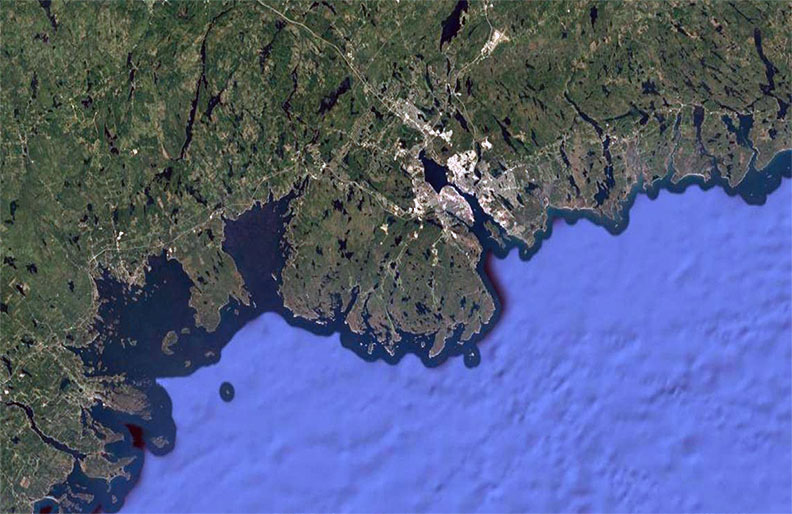
Consolidated Canso
Single Point Mooring Supertanker Terminals and Pipelines
Project Engineer for the preliminary design of two single point mooring crude oil receiving berths and associated submarine pipelines for 500,000 DWT tankers off eastern shore of Nova Scotia, Canada.
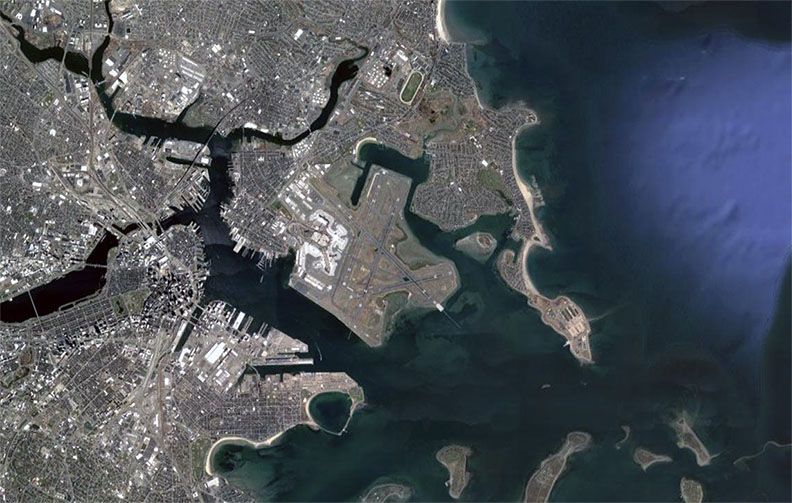
Supertanker and Tanker Terminal and Pipelines
Massport, MA
Lead Mechanical Engineer for the preliminary engineering study for crude oil supertanker receiving terminals and product shipping terminals and related submarine, overland pipelines and tank farms at three sites along the coast of Massachusetts. The new facilities were to relieve the congestion and wetlands pollution in the local harbors by placing the new terminals offshore on the Atlantic Shelf.
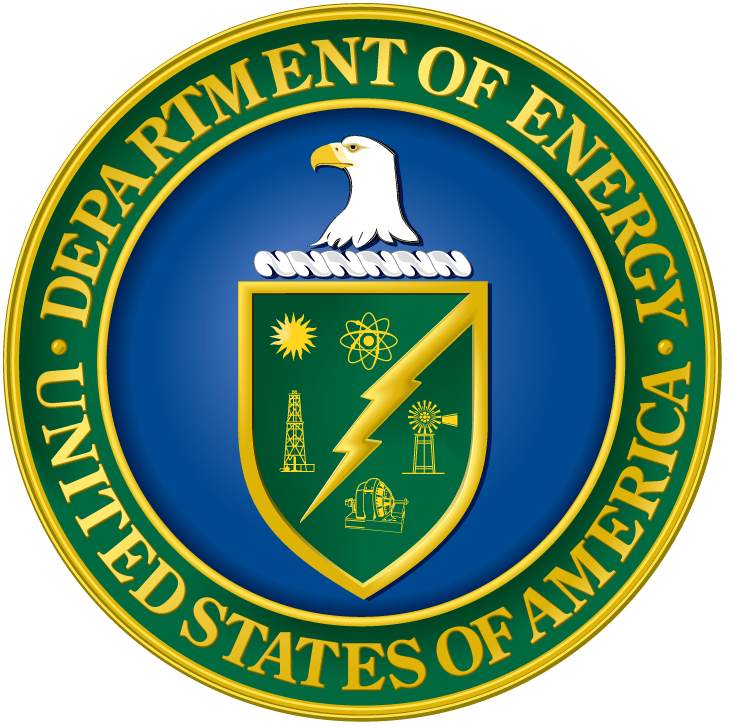
Review of Crude Oil Strategic Oil Storage Pipelines, Berths and Tankage
US DOE
Lead Mechanical Engineer for review of the onshore crude oil pipelines and tank farm pipelines to identify design and construction flaws. The review did result in the identification of numerous design and construction flaws which overstressed the pipelines, caused overloading on connected equipment, and substandard pipe support and corrosion protection. Remedies were outlined for each of the problem items.

US Airways (now Delta Air Lines) Terminal C
LaGuardia Airport: Flushing, New York
Deputy Project Manager/Engineer for site utilities, building plumbing and fire protection systems, 80 ton per hour snow melting system, underground fuel storage and distribution systems, and gas piping systems for a new aircraft terminal.

Brooklyn GMF/VMF
Brooklyn, New York
Deputy Project Manager for the building and engineer for building service systems, site utilities, building plumbing and fire protection systems for a new 600,000 square foot US Post Office General Mail Facility and for a new 20,000 square foot vehicle maintenance building. Systems included sanitary sewers, potable water, process water, fuel and gasoline storage and dispensing, lubricants, and industrial fluid storage and dispensing, compressed air, and oily water waste treatment.
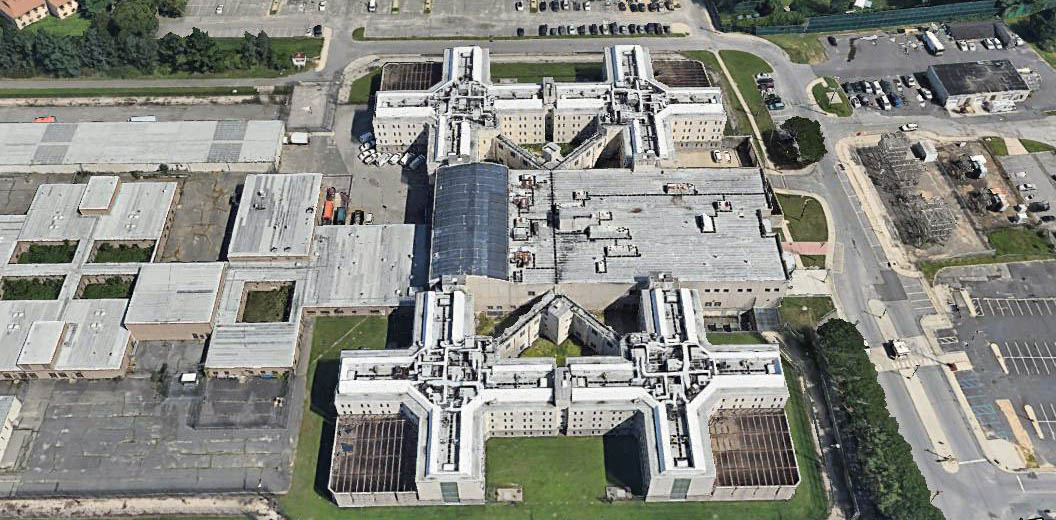
Nassau County Correctional Center
East Meadow, New York
Lead Engineer for site utilities, building plumbing and fire protection systems for a new 832 bed facility. Design of plumbing and fire protection systems for a kitchen expansion in an existing maximum-security building.
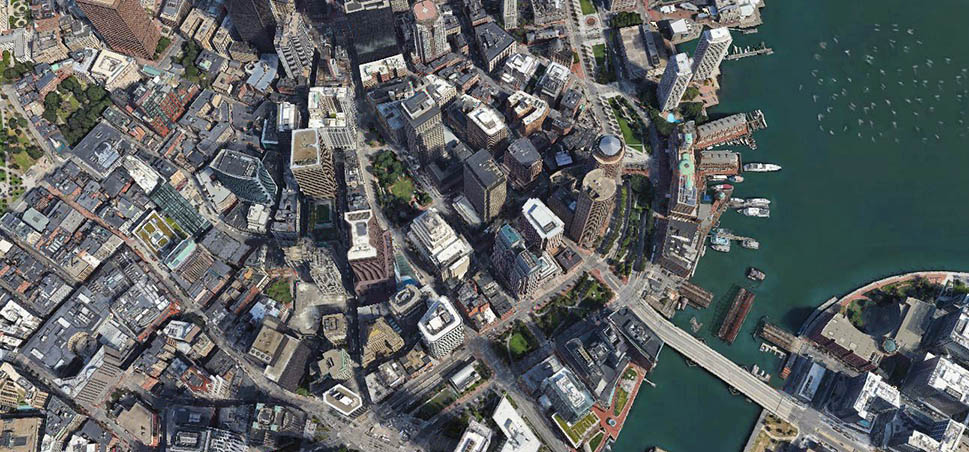
MBTA Command Center
Boston, Massachusetts
Lead Engineer for plumbing and fire protection systems for the existing 5 story command center and for the 5 story vertical expansion. The design required that the building remained fully functional during the expansion since it controlled all the subway traffic for the Boston area.

U.S. Capitol Building West Terrace Infill and Middle Terrace Upgrade
Project Manager for plumbing and fire protection systems for two new office and meeting spaces in the west courtyards and mechanical room modifications.
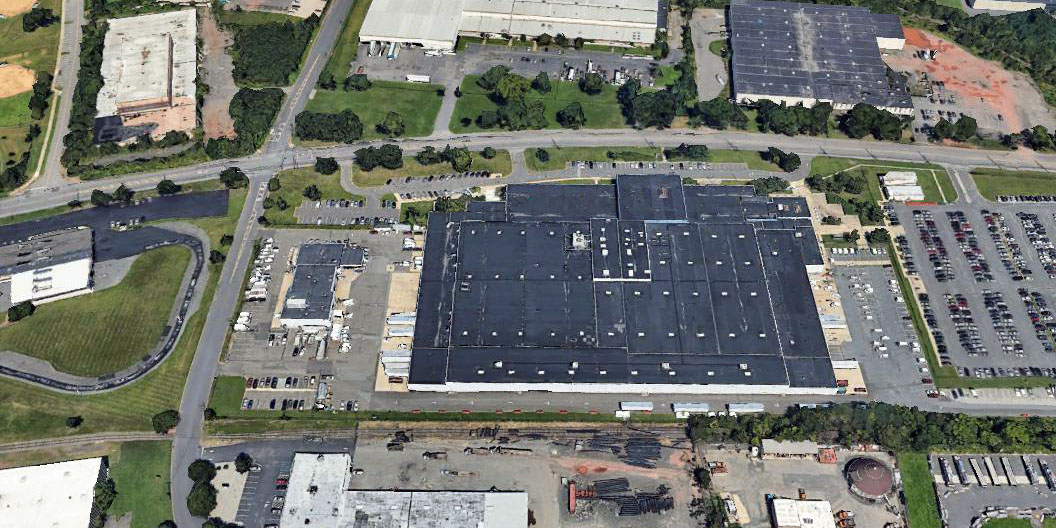
USPS Kilmer General Mail Facility
Edison, New Jersey
Project Manager for the design of hot, cold and recirculating water systems, compressed air and natural gas piping systems, storm water and sanitary systems, pre-action system, sprinkler and standpipe systems for an 80,000 square foot workroom and office extension to an existing general mail facility.
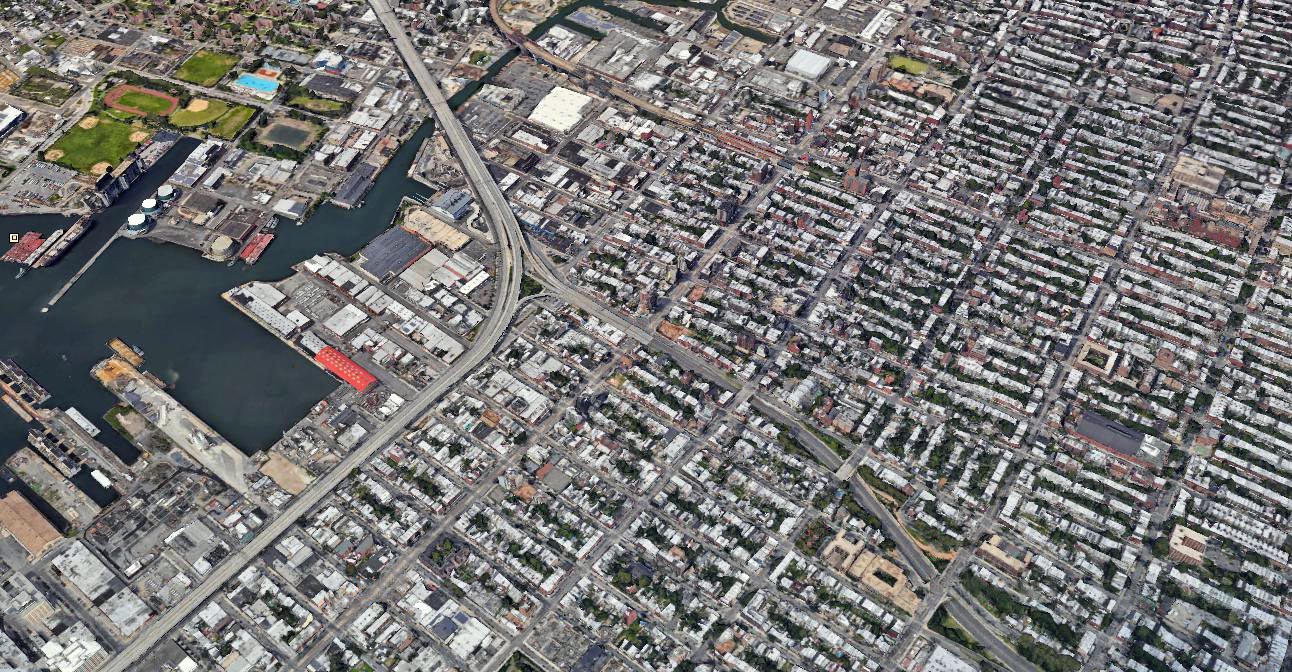
PS 146 Brooklyn Plumbing System Renovation
Brooklyn, New York
Project Manager for demolition and replacement of two five-story toilet room stacks, basement toilet rooms, two water supplies, and new fire protection service entrance piping. Renovations included addition of two new water RPZs and meters, hot, cold and recirculating water piping, sanitary and storm water piping, and all toilet room fixtures with modern wall hung units.
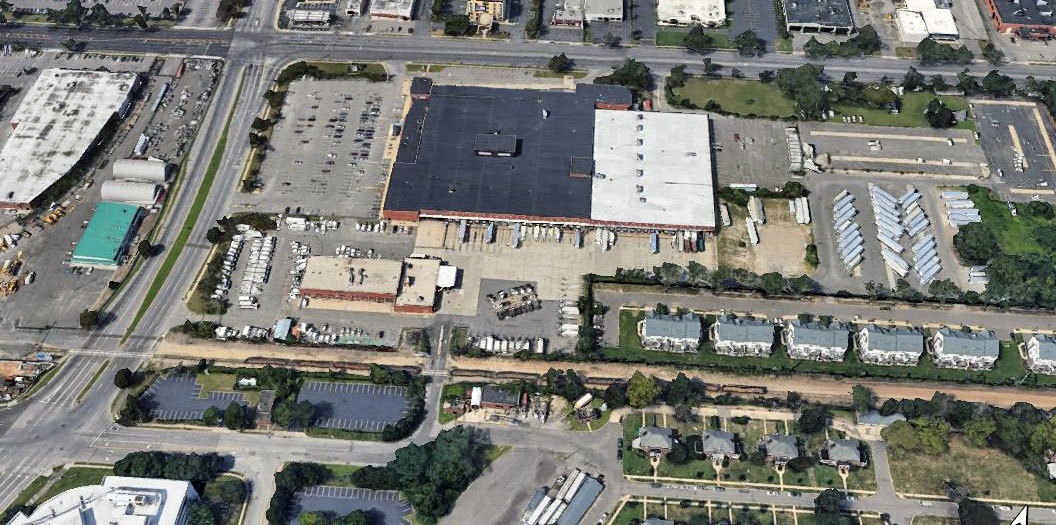
USPS Western Nassau General Mail Facility
Nassau County, New York
Project Manager for the design of sprinkler and standpipe systems for a 20,000 square foot extension to an existing general mail facility.
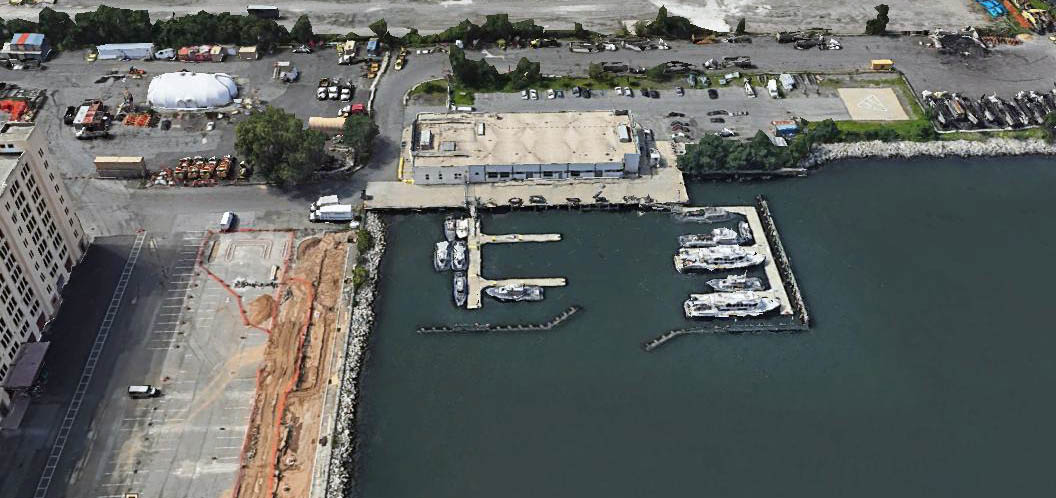
New Police Building and Police Boat Marina (Harbor Charlie)
New York City
Project Manager for building fuel oil storage and supply system, vehicle fueling storage and dispensing systems, building plumbing and fire protection systems, and overseeing the design of the HVAC system by a sub- consultant.

Lechmere Subway Station
Boston, Massachusetts
Lead Engineer for plumbing and fire protection systems for the Lechmere Subway Station including the platform and bus station.
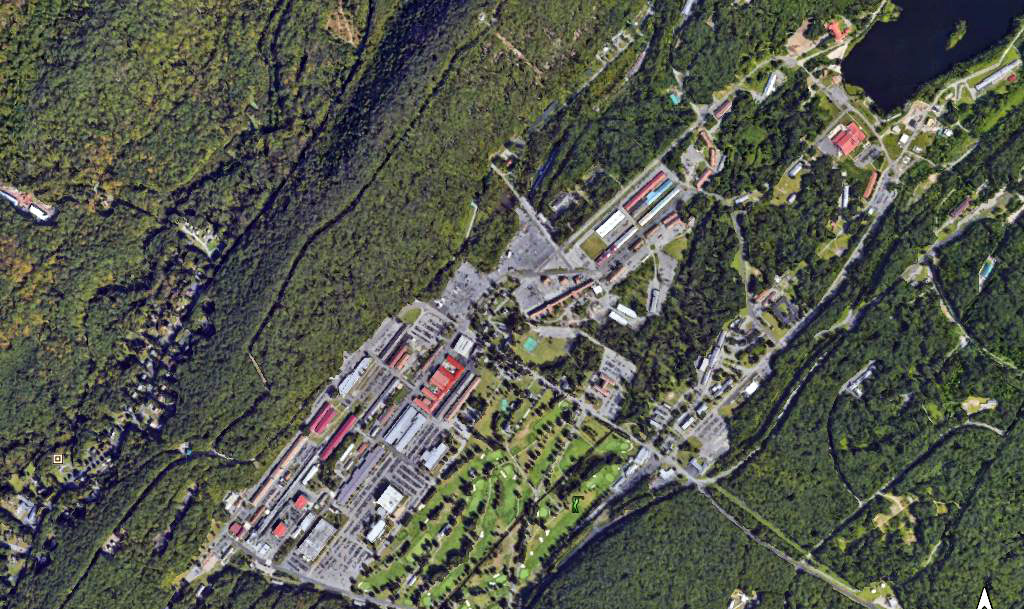
Picatinny Arsenal, Propellant Surveillance Laboratory
Dover, New Jersey
Lead Engineer for fire protection, standard plumbing, and hazardous waste plumbing systems for the expansion of the existing propellant laboratory and the design of the associated site work.
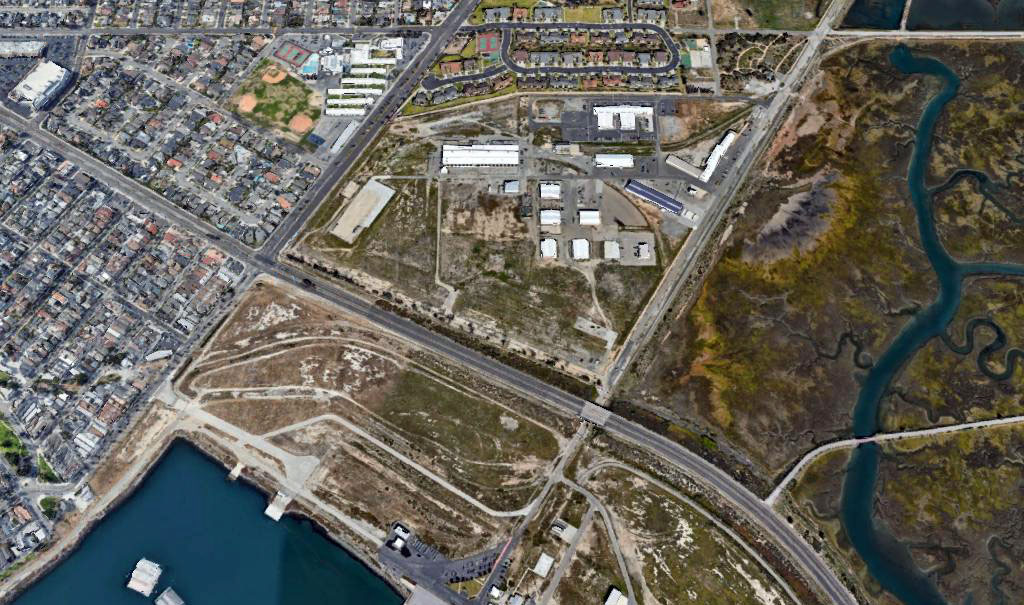
Seal Beach, Missile Test Facility
Falbrook, California
Lead Engineer for the design of compressed air, plumbing and fire protection systems for a Harpoon missile test facility.

Warbasse Houses, Dual Temperature Water Lines
New York City
Project Manager for replacement of approximately 4,000 feet of underground dual temperature water pipes ranging in size from 20 to 10 inches providing hot and chilled water to five twenty-five story housing buildings.

Munitions Bunker
Guam
Design of electro-mechanical door operators, control system and energy-absorbing system to prevent damage to the locking mechanism structure for doors on a Tomahawk nuclear missile bunker.
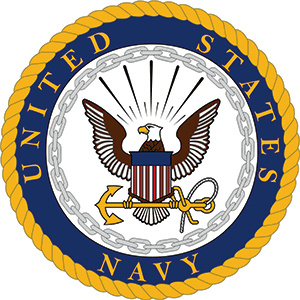
US Navy Standard Weapon Magazines
US Navy
Engineering and development of standard mechanical door operating system designs pertaining to US Navy standard multiple door magazines for both high security and standard security weapons magazines. Doors varied in weight from approximately 8 to 20 tons each.

NY City School Construction Authority, School Boiler Conversion Program
New York City
Project Manager for preparation of design-build type, bid documents, review of the Engineer of Record's design, shop drawing, and providing of technical assistance during construction for 7 public schools in the Bronx. The boiler conversions were from coal to gas / oil dual fuel. A separate gas fired water heater system was designed to replace the unfired bulk storage type water heater.

NY City School Construction Authority, New Boiler Breeching Repair
New York City
Project Manager for the preparation of detailed drawings and specifications for the replacement of boiler breeching, heater flue, electrical fixtures, and ductwork damaged during a boiler breeching explosion in a new boiler installation.
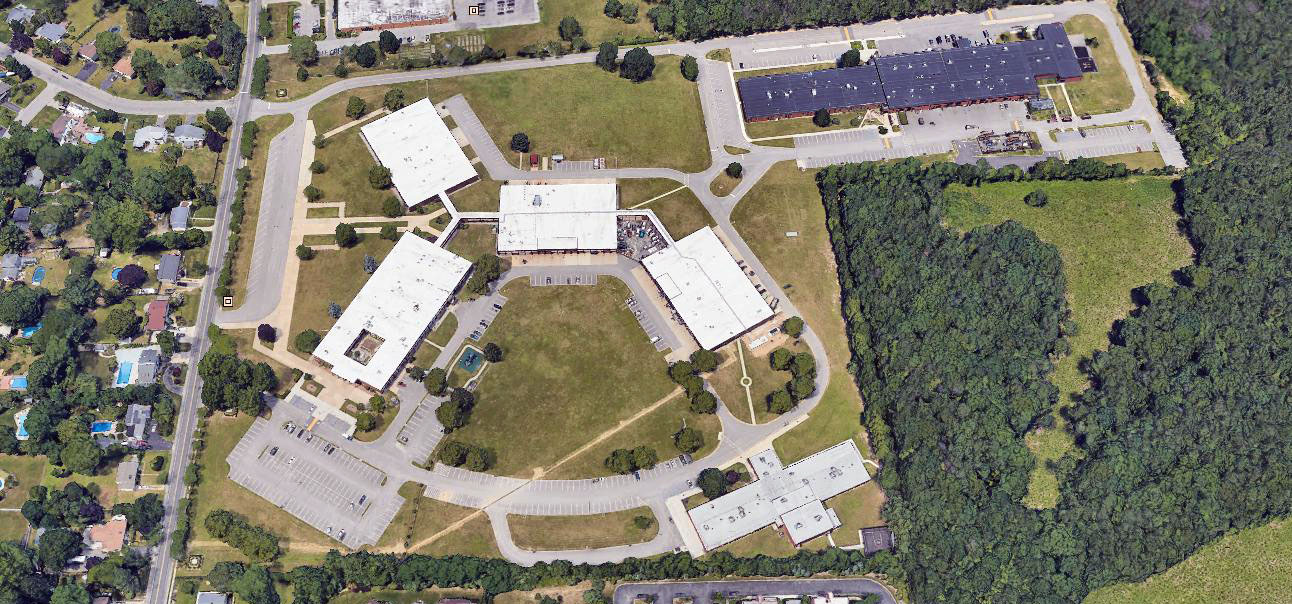
Kensington Green Senior Housing Complex
Oakdale, New York
Project Manager for hot, cold and recirculating water systems, storm water and sanitary systems, sprinkler and standpipe systems for new two-story senior housing complex. The design included piping systems for the kitchen, kitchenettes, laundry facilities and a medical suite.
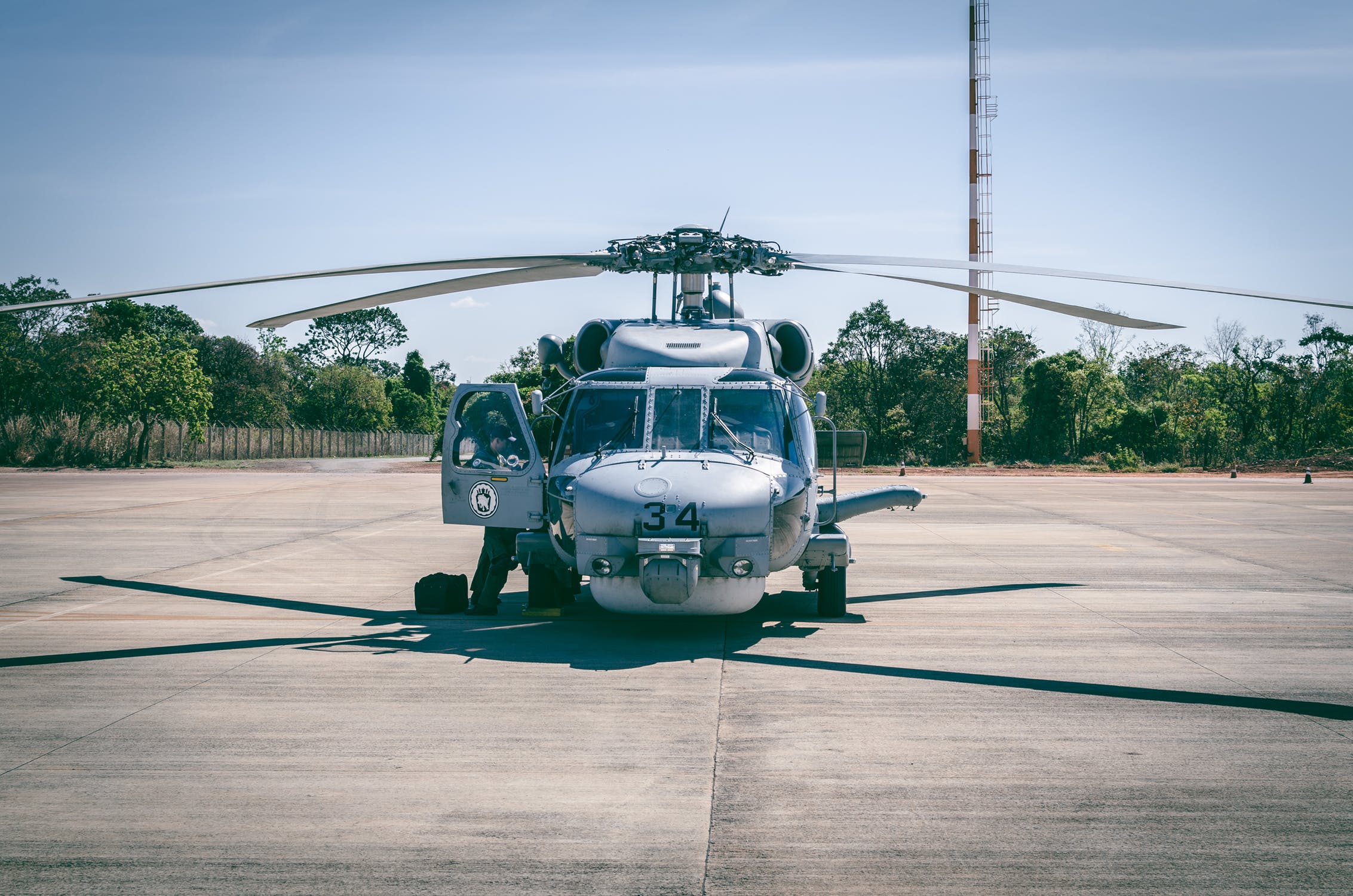
Fort Drum Helicopter Fueling Station, Pump Station and Fuel Main Modificationsn
Fort Drum, New York City
Project Manager for the upgrade of helicopter fueling cabinets, fuel main backpressure control valve relocation to above ground, conversion of one helicopter cabinet to a V-22 Osprey fueling cabinet, pump station modifications, addition of a separate electric building, truck unloading equipment skids with piping to the pump station/fuel tanks, tank containment rehabilitation and increased piping sizes.
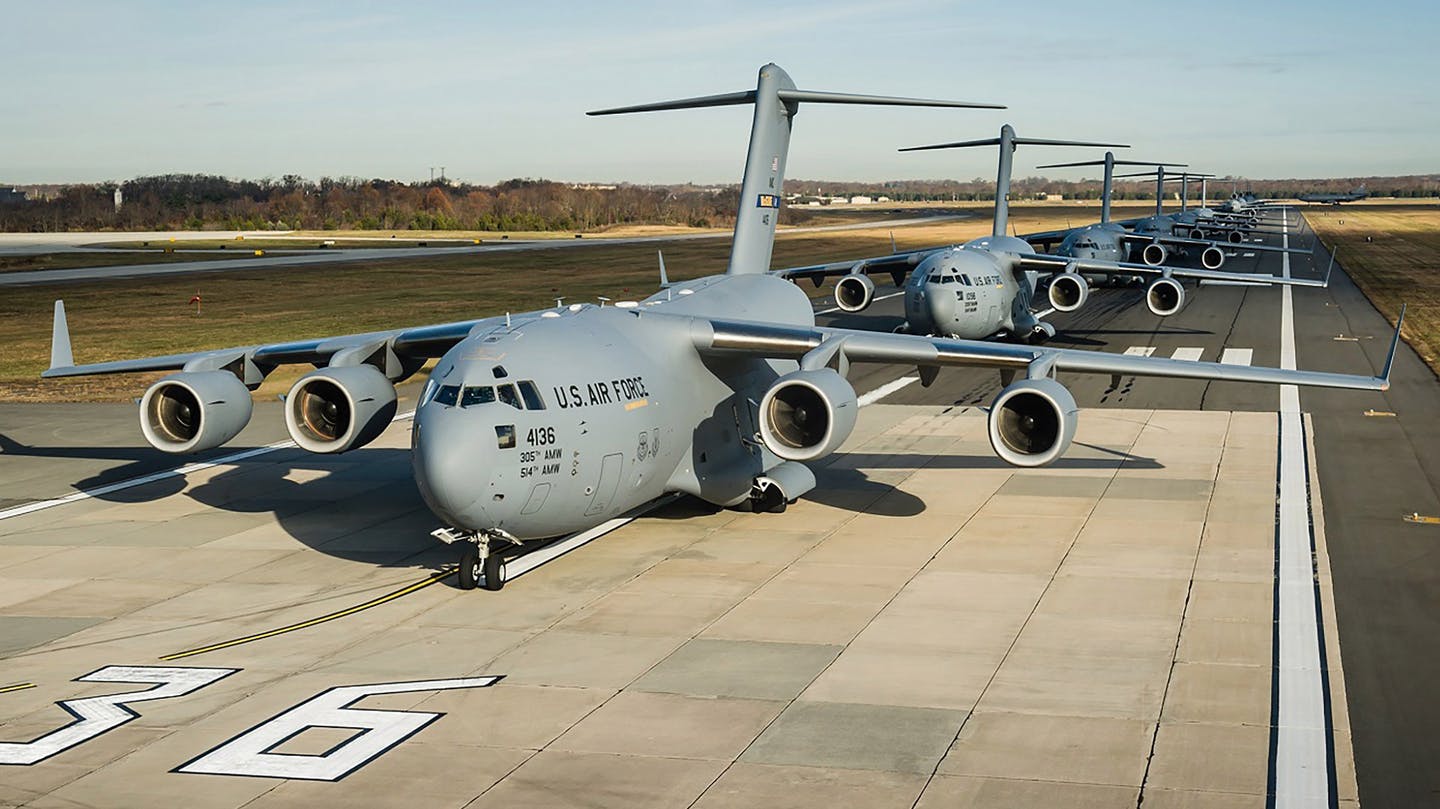
C-17 Alter General Maintenance Hangars, US Army Corps of Engineers
March Air Reserve Base: Riverside, California
Project Manager responsible for surveying the existing Hangar Buildings 423, 2303, and 2306 and design alterations to accommodate C-17 Bed Down in two hangars and the displaced KC-135 aircraft maintenance function in the other hangar. The design included provisions for an aircraft maintenance area, tool crib reconfiguration, administrative areas, and personnel fall protection systems.
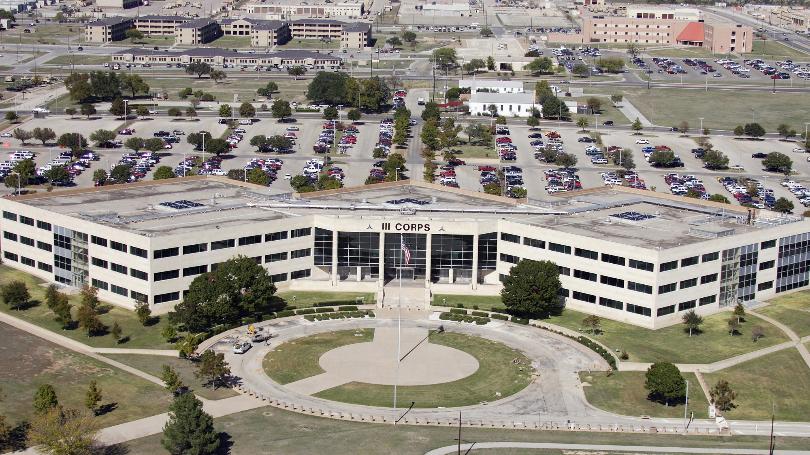
Repair Fuel Pits, Restore Fuel Storage, Construct Fuel Point, Construct Containment and Install Stairways, (Design/Build)
US Army Corps of Engineers: Fort Hood Army Airfield, Texas
Project Manager/Engineer responsible for engineering design services and minor construction support services related to the upgrade of the existing fuel farm facilities for five separate projects including: Repair Fuel Pits at Fort Hood Army Airfield; Restore Diesel Fuel Storage and Issue Capability; Construct E-85 Fuel Point at West Fort Hood Tank Farm; Construct Spill Containment at Robert Gray Rapid Refuel Area; and Install Stairways at Robert Gray Army Alert Tank Farm.
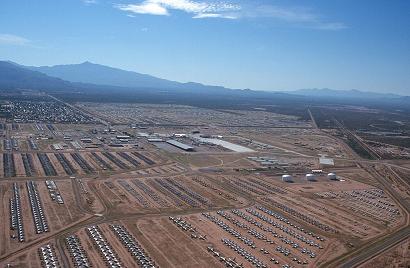
Upgrade J3 Pump House (Design/Build), US Army Corps of Engineers
Davis Monthan Air Force Base: Tuscon, Arizona
Project Manager/Engineer responsible for design and construction support services to renovate the pump house located at the Air Force Base. Work involved modifying existing underground piping systems from the pump house to hydrant and meter pits; providing above ground and underground piping with leak detection; concrete pavements, and modifications to pump control panel and instrumentation panels.
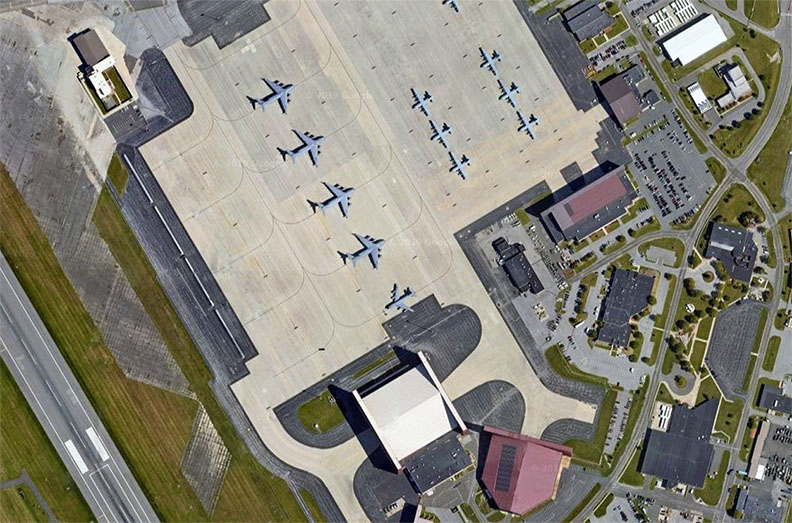
Repair Corrosion Control Hangar, New York Air National Guard
Stewart International Airport: Newburgh, New York
Project Manager responsible for life safety analysis and design to repair 76,912 square feet of the Corrosion Control Hangar providing a climatically controlled environment for routine aircraft inspections and washes, as well as necessary aircraft maintenance.
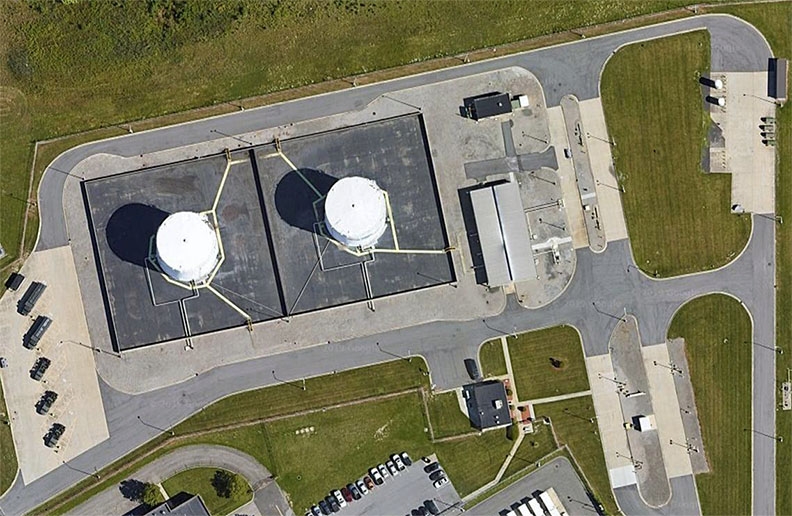
Repair Aerospace Ground Equipment (AGE) Facility, New York Air National Guard
Stewart International Airport: Newburgh, New York
Project Manager responsible for design services to modify the existing AGE facility including the addition of a wet pipe sprinkler system, renovation of toilet rooms, inclusion of a bridge crane in the maintenance bay, improvements to the mechanical and electrical systems, and general repairs to the building exterior and interior spaces.
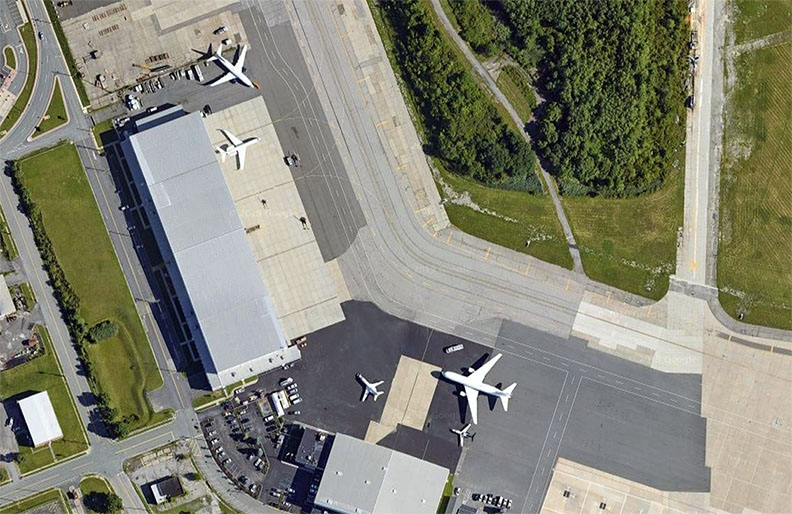
Repair/Maintain Vehicle Maintenance Facility, New York Air National Guard
Stewart International Airport: Newburgh, New York
Project Manager responsible for surveying the existing Vehicle Maintenance Building to design alterations accommodating a new heating system, a new low level hi-expansion foam system with a ceiling level wet sprinkler system, a roof surface mounted fall protection system, and general repairs to the building exterior and interior spaces.
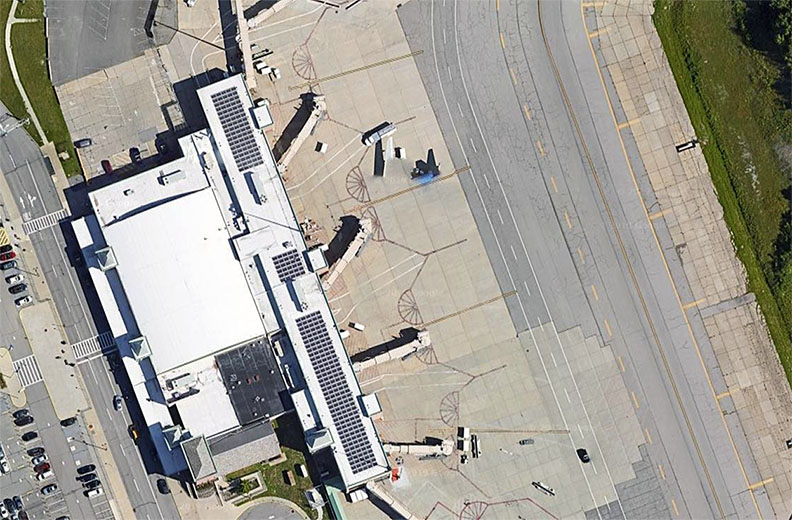
Repair Oil Water Separator, New York Air National Guard
Stewart International Airport: Newburgh, New York
Project Manager for the performance of a detailed study and design replacement systems of the oil water separator protecting the aircraft parking apron. Work included meeting with client and users, collection of relevant data, verification of validity of previous design, comparison of calculated flows with permitted flows, etc., determination whether existing facility should be repaired or replaced, proposed repairs, upgrades or replacements. Also prepared basic criteria for such work including conceptual sketches and order of magnitude construction cost estimates, as well as design replacement systems.
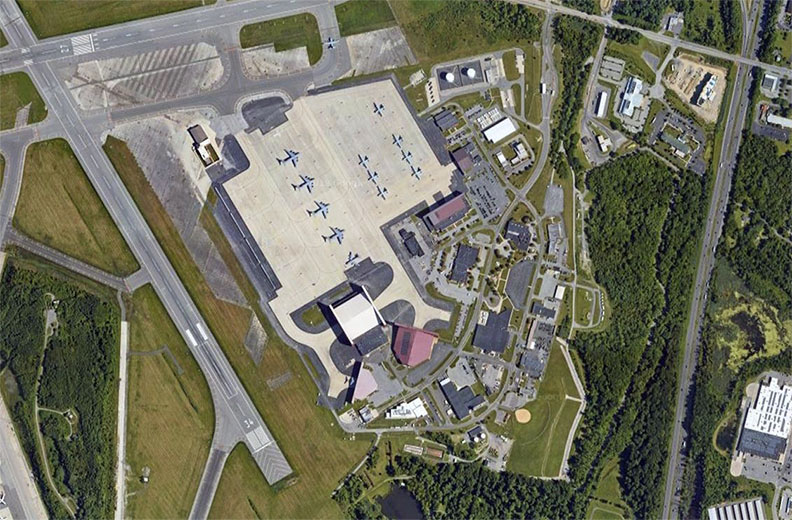
Repair Water Distribution System, New York Air National Guard
Stewart International Airport: Newburgh, New York
Project Manager responsible for developing a study report complete with a budget construction cost estimate to reduce the potable water turn-over rate to improve water quality and to establish the basis of the final detailed design and construction bid documents. Work included a preliminary piping system configuration and preliminary pipe sizes for a new potable water distribution system to service all buildings, performing a hydrant flow test to determine the available water flow rate; calculating the potable water demand for each plumbing system; determining the fire water and non-potable water demand; determining the fire water/non-potable water storage requirement; analyzing the water distribution system configuration to determine the best location to isolate the fire demand system from the potable water demand system using the water supply.
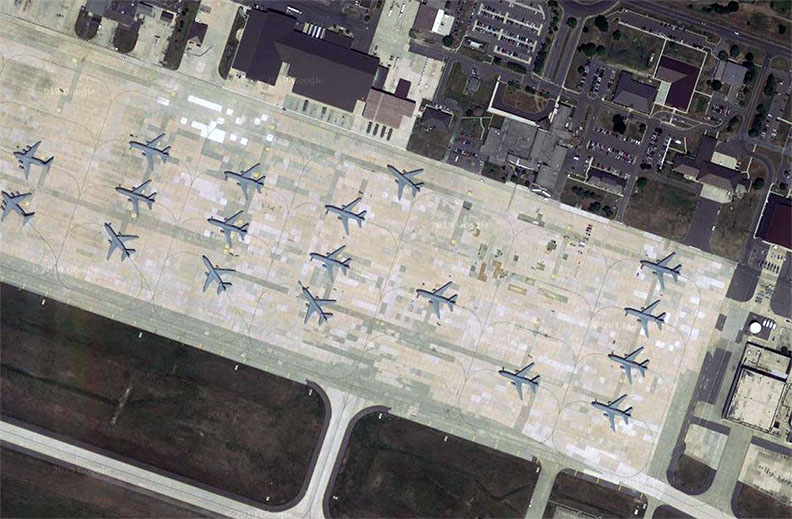
Upgrade Repair Hydrant and Isolation Valve Pits/Repairs to POL Product Reclaim Systems at the Fuel Tank Farm, New Jersey Air National Guard
McGuire Air Force Base, Wrightstown, New Jersey
Project Manager responsible for evaluation and design to develop the construction documents necessary to address deficiencies in the POL and hydrant fueling systems serving the Air National Guard. Most valve pits contained a significant amount of water. Some were located at lop points in the apron making them catch basins. The underground piping system was double wall pipe which transferred water from pit to pit due to deficient containment pipe end seals. Several pits were raised too high above the apron panels.

JP-8 Fuel Storage Tank Foundations and Containment Dike Study, New Jersey Air National Guard
Atlantic City International Airport, Atlantic City, New Jersey
Project Manager responsible for assessment of the existing conditions of the storage tank foundations and containment dikes systems for two JP-8 fuel storage tanks. The conditions assessment is the first stage of an overall comprehensive effort for the restoration and repair of the fuel storage tank foundation and containment dike systems.
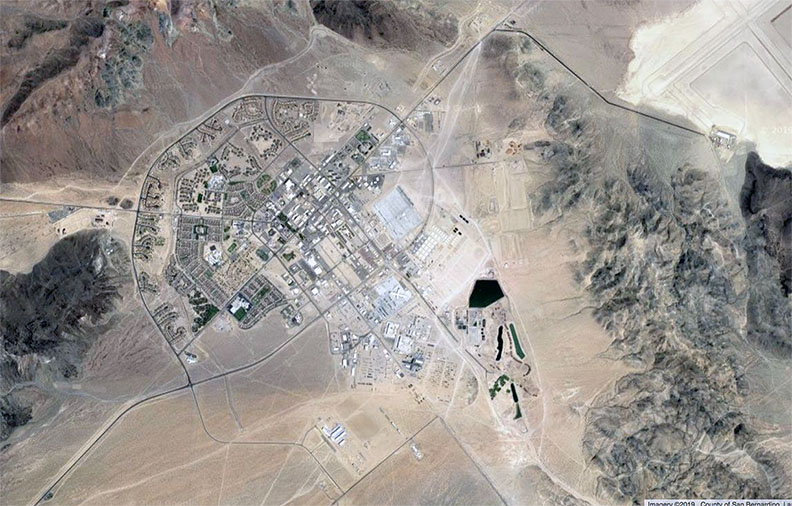
Install Bottom Loading System, (Design/Build), US Army Corps of Engineers
Fort Irwin, California
Project Manager/Engineer responsible for engineering design and minor construction support services for the conversion of three top loading racks to bottom loading racks and pump station modifications and revise piping in pump station.

Picatinny Arsenal, Propellant Surveillance Laboratory, US Army Corps of Engineers
Dover, New Jersey
Project Manager responsible for design of fire protection, standard plumbing, and hazardous waste plumbing systems for the expansion of the existing propellant laboratory and the design of the associated site work.

US Navy, Standard Weapon Magazines
Project Engineer responsible for engineering and development of standard mechanical door operating system designs pertaining to US Navy standard multiple door magazines for both high security and standard security weapons magazines. Doors varied in weight from approximately 8 to 20 tons each.

Consolidation of Service at Submarine Berths, US Naval Shipyard
Portsmouth, New Hampshire
Project Engineer responsible for the two-part study/preliminary engineering project consisting of determining the physical and functional requirements for each of the mobile shops used at various times at five berths involved in the overhaul of ballistic and attack nuclear submarines. Equipment, material, offices, functional logistics, and operating schedules for each of the required mobile shops were identified and relocated to optimum permanent locations. The shops involved were for shipfitters, steamfitters, and carpenters while the equipment and systems involved were for liquid nitrogen service, high pressure gas distribution, liquid oxygen storage and vaporization, vacuum service, and electrical service to the submarines while at berth.
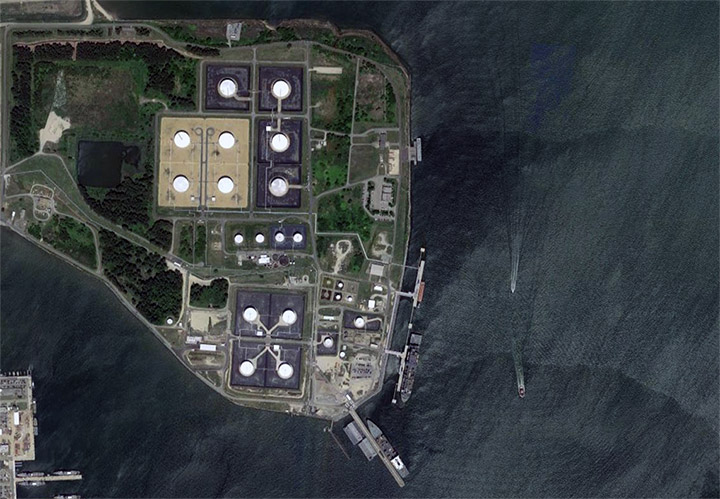
US Navy, Craney Island to Norfolk Pipeline
Norfolk, Virginia
Lead Mechanical Engineer for the final design of avgas and jet fuel pipelines connecting two tank farms on Craney Island at the Norfolk Naval Shipyard tank farms. The pipelines each consisted of approximately one mile of onshore piping and one mile of submarine pipelines under the Elizabeth River. Each pipeline had a new booster pump station on Craney Island to increase the pipeline pressure to force the jet fuel and avgas to the shipyard storage tank farms. As part of the project, deficiencies in the suction lines of the existing southern tank farm's pump station were identified and redesigned to eliminate entrapped air and vapors.
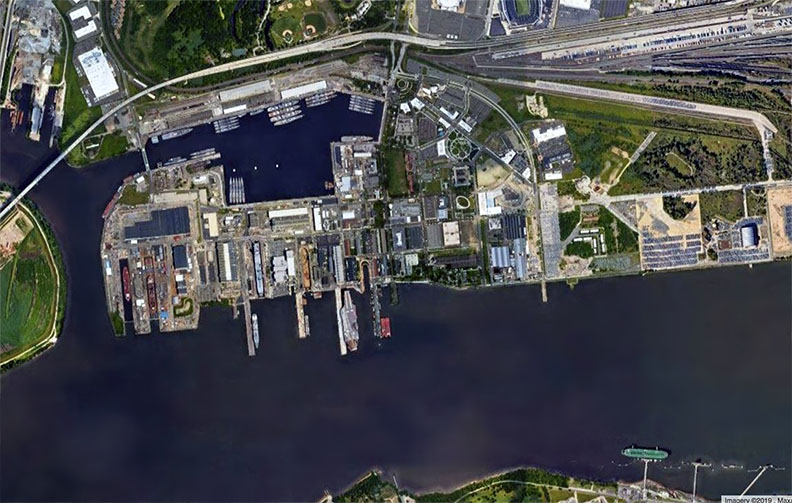
US Navy, Renovations of Drydock Number 4, Philadelphia Naval Yard
Philadelphia, Pennsylvania
Lead Mechanical Engineer responsible for design of the replacement of three drydock dewatering pumps and associated piping, addition of a pump room ventilation system, and replacement of the main sump pumps. The three original centrifugal pumps, circa 1910, were replaced with three 124,000 gpm above base discharge mixed flow pumps.
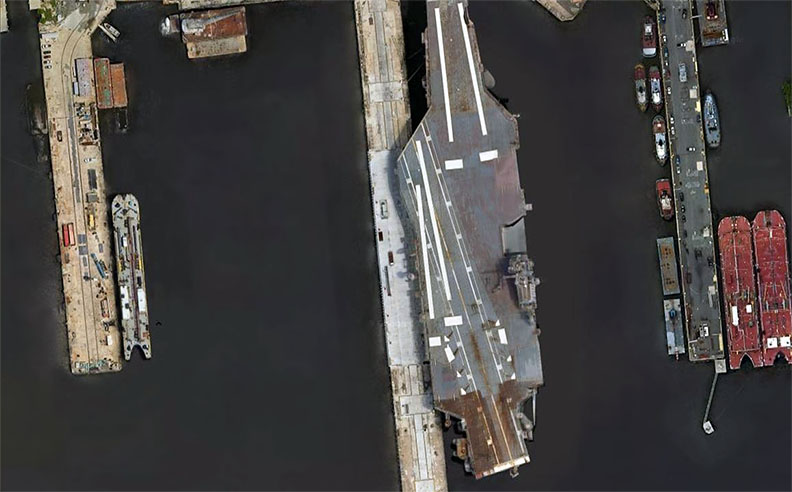
US Navy, Super-Flooding in Drydock Number 5, Philadelphia Naval Yard
Philadelphia, Pennsylvania
Lead Mechanical Engineer responsible for design of auxiliary flooding systems on a fast track basis to allow super-flooding of the drydock to allow low power propulsion testing of the rehabilitated US Saratoga aircraft carrier. The drydock was not designed for its water level to be above the highest level of the adjacent river. The auxiliary flooding system was needed to maintain the level by automatically adding water into the drydock to make up for the water lost through the main gate from the drydock to the river. This was the first US Military drydock retrofitted for wet berthing.

Energy Conservation Improvements, Various Facilities, New Jersey Air National Guard at Atlantic City International Airport (ACY)
Egg Harbor, New Jersey
Project Manager responsible for design services to upgrade the HVAC systems, electrical distribution, and lighting systems at various ACY facilities. Design included replacing the lighting in the NDI laboratory with energy saving fixtures; replacing the lighting in the avionics area with high-efficiency ceiling mounted fluorescent light fixtures with electronic ballast units; installation of three new electric powered humidifiers and design the power supply system serving these humidifiers; installation of two new power panels in the existing Electric Room; new electric wiring system from the existing power panels and existing disconnect switches to the new boiler system; and new electric distribution system for new lighting and mechanical equipment.
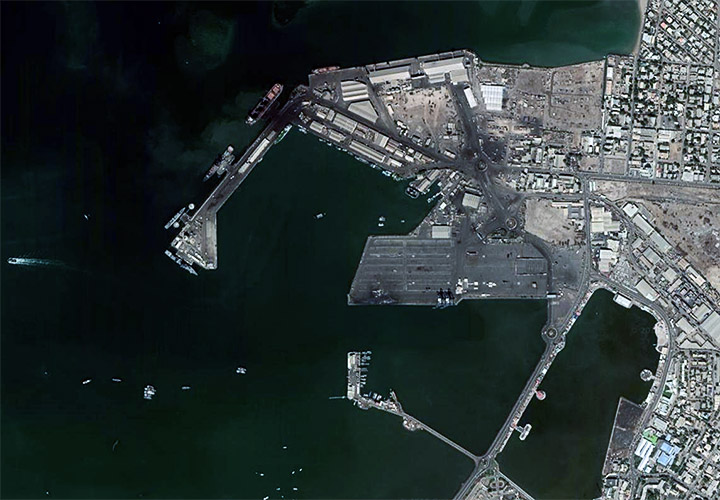
Electric Power Plant (Design/Build), US Navy at Camp Lemonier, City of Djibouti
Djibouti, Africa
Project Manager responsible for design and construction support assistance for a new petroleum fuel facility with fuel storage tanks, receipt and distribution systems to receive, store and deliver to up to 12 2,500 kw packaged electric generators. Work included petroleum systems design, mechanical, civil/structural, electrical power and controls, and cathodic protection.
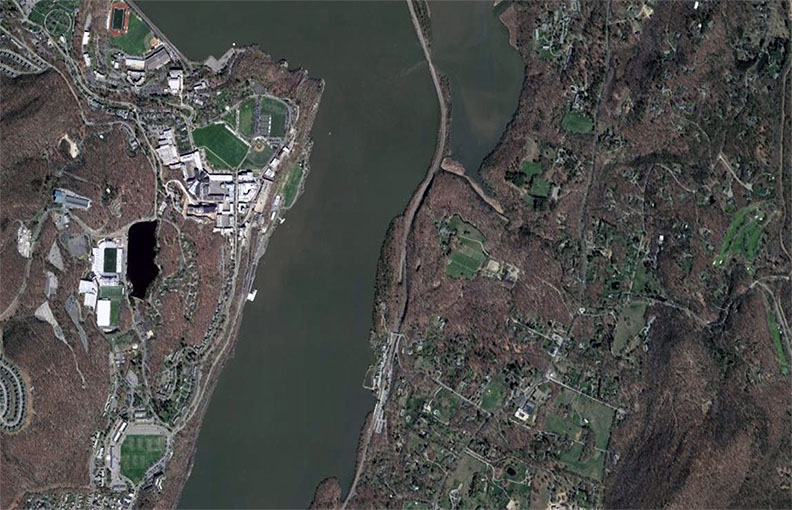
One Million Gallon Water Storage Tank, US Army Corps of Engineers, United States Military Academy
West Point, New York
Project Manager responsible for site investigations, and preliminary and final design services for a new one million gallon water storage tank to supplement the existing water storage tanks serving a portion of the United States Military Academy.

US Navy Astern Refueling Rig
Engineering Manager responsible for engineering and product development of special naval electric powered hose reels and special accessories to allow ship-to-ship fueling from the stern of a naval oil tanker to a destroyer located in the tanker's wake. The astern refueling rig consisted of a specialized 100 horsepower electric two speed motor, a specialized power transmission, a Cor-Ten steel frame, a Cor-Ten hose drum with fluid swivel and gear train, a level wind type of hose guide to evenly wind the hose on the hose reel, and a manual gear operating system. The hose reel stored and deployed 750 feet of six-inch hose and could withstand a 12,000-pound end pull on the hose string. The prototype was developed from US Navy and NATO photographs of similar astern refueling rigs on USSR navy ships. In all, 25 were produced for the US Navy, Bethlehem Steel, General Dynamics, and Tampa Shipyards. The design that was developed was used to purchase 64 additional rigs for NATO.

US Navy / Rosenblatt, ARDM Floating Drydock for Nuclear Submarines
Lead Mechanical Engineer responsible for preliminary design, flooding, dewatering and utility systems for a new shallow draft, flat bottom, floating drydock to service nuclear submarines. Mechanical systems included the flooding and dewatering systems, ballast tank stripping systems, and the service piping systems for the drydock.

Maersk Container Ship Facility
Port Salalah, Oman
Engineering Manager for a new container ship port in Salalah, Oman. The project included the design of a ship wharf, container stacking area, ship unloader crane rails, storm drainage piping system, water distribution system, potable water and fire suppression system, packaged sewage treatment system, administration building, maintenance building, cargo transfer building, container wash facility, and customs inspection areas. Dredged material from the existing harbor was used to create the 1,500 by 325-meter container stack area. A modification of the harbor entrance was incorporated in the design to minimize the effect of the seasonal occurrence of damaging long waves. The project consisted of approximately three consulting engineering companies in Oman supporting the USA office. Approximately 524 design drawings were produced in 18 months.

Tanker Terminal, Breakwater Extension and Pipelines, Recope
Moin, Costa Rica
Deputy Project Manager/Project Engineer for a petroleum tanker terminal study was performed to determine the most cost-effective terminal type and location followed by a final design phase for a new terminal. Single point moorings, conventional buoy moorings and fixed piers were analyzed. The terminal consisted of a berth for 80,000 DWT tankers adjacent to a new breakwater extension, and new pipelines to the existing tanker berth at Port Moin. The pipelines transported MBTE, crude oil, gasoline, avgas, and diesel fuel.
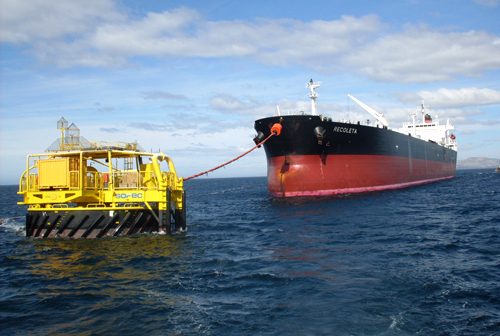
Saudi Armaco, Duba Bulk Plant Berth Upgrade
Lead Engineer for the upgrade of a 200,000 DWT conventional buoy mooring type tanker terminal and pipelines to the bulk plant’s storage tanks. The pipelines were mounted on pipe racks on the existing rubble mound causeway from land to a landside pipe manifold. The pipelines carried diesel fuel, gasoline and fire water from a fire pump station located at the waterside end of the causeway.
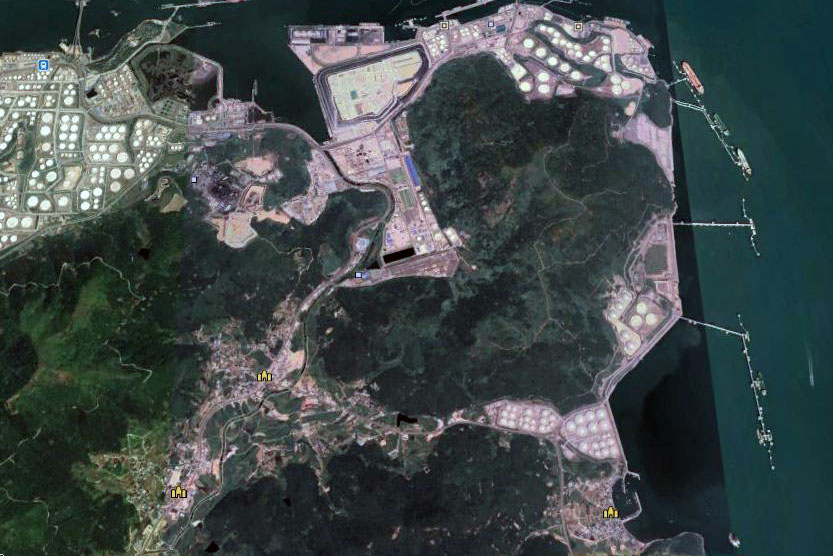
Caltex Petroleum, Yousu Korea Supertanker Terminal and Pipeline
Lead Engineer Preparation of performance documents for design/construct of a new tanker terminal, related trestle and land side tunnel for crude oil tankers up to 230,000 DWT. The mechanical design consisted of crude oil, bunker and refined heavy product pipelines between the tankers and a land side refinery, foam type fire protection systems, and HVAC for platform and trestle mounted buildings. Provisions for recirculating and prevention of solidification of high pour point crude oil and bunker fuels were incorporated in the petroleum piping systems.

Chilean Ministry of Public Works, Quintero LNG Tanker Terminal Cryogenic Piping
Lead Engineer for the preliminary engineering and technical assistance during final design of cryogenic piping for new LNG shipping and receiving terminals in Chile. The engineering of cryogenic piping systems included the selection of materials and design of the piping systems for LNG, liquid nitrogen, and gaseous low temperature nitrogen vapor/gas lines from the tanker terminal to the shore side facilities via trestles.
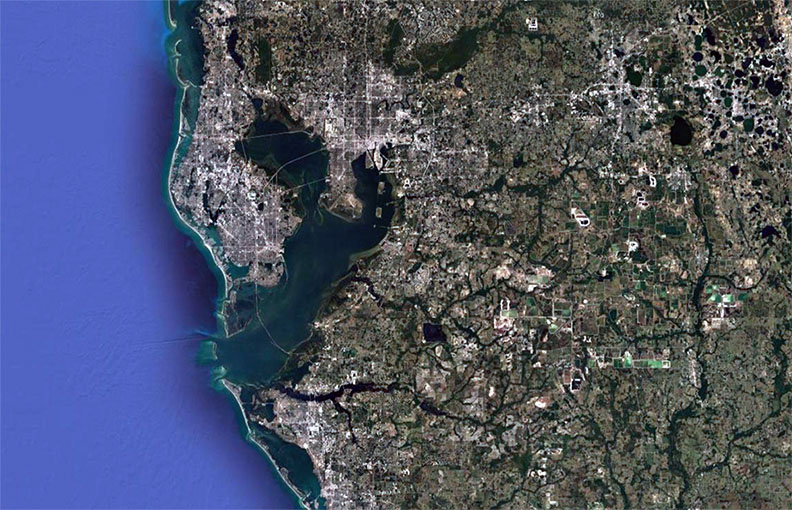
Belcher Oil Company, Crude Oil Supertanker Terminal and Pipelines
Lead Engineer for the preliminary design of a new twin berth sea island supertanker terminal, booster pump platform and twin submarine pipelines to shore. The mechanical systems included berth piping for the twin 326,000 DWT tanker berth sea island, 20-mile long twin 48-inch submarine pipelines, 10,000 HP gas turbine driven crude oil booster pumps stationed on an offshore booster pump platform, and a 20-mile long 18-inch bunker fuel submarine pipeline from shore to the sea island supertanker terminal.
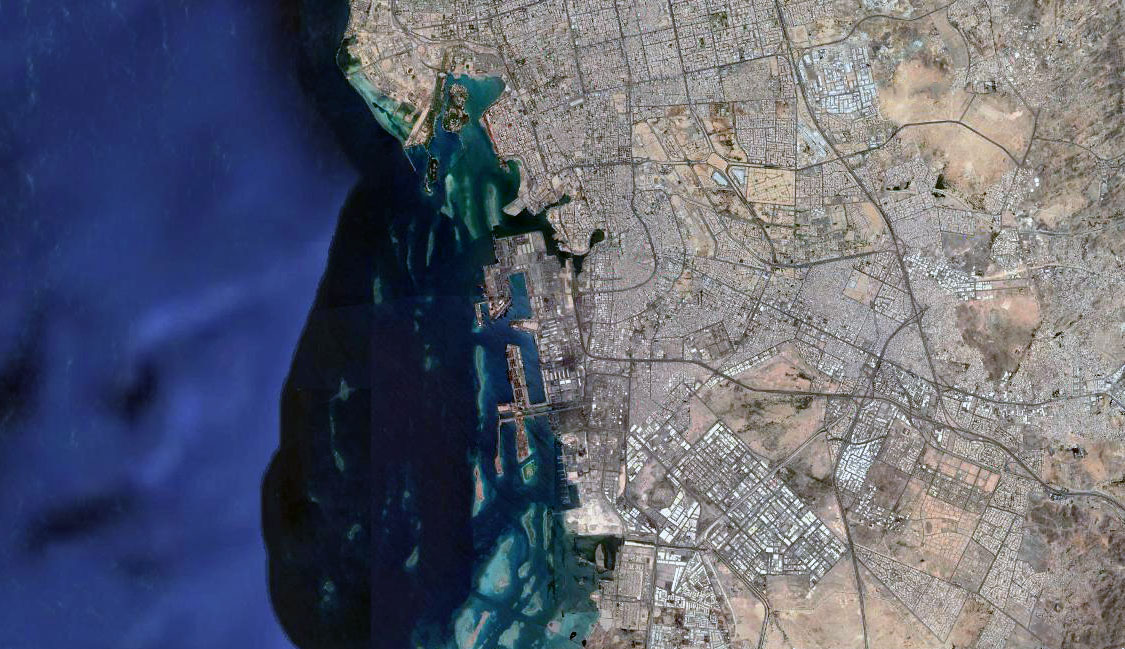
Mobil Oil Corporation, Jeddah Saudi Arabia New Relief Port
Lead Mechanical Engineer for the preliminary design of a new relief port near Jeddah, Saudi Arabia consisting of container berths, roll-on roll-off berths, bulk cement berths, and general cargo berths. The mechanical systems consisted of the yard hydrant systems, berth sanitary and water systems, seawater intake and outfall piping for a desalination plant, a desalination plant driven by waste heat from a diesel generator plant and supplemental boiler plant, an elevated steel water storage tank, warehouse and office building plumbing and fire protection systems, and a sewage treatment plant.

Port Authority of NY and NJ, Stapleton Supertanker Terminal, Pipelines, and Tank Farm
Lead Engineer for the preliminary design of a supertanker terminal, trans-Staten Island pipelines, 2 tank farms and distribution pipelines. The mechanical systems included the crude oil supertanker petroleum piping, a large land side hydraulic surge suppression system, a large land side crude oil booster pump station, twin crude oil pipelines across Staten Island, 2 submarine pipelines under the Arthur Kill from Staten Island to Linden, NJ, a tank farm and pumping station in Linden, NJ, and twin overland pipelines to Exxon's Bayway Refinery and to Chevron's Amboy Refinery. The mechanical systems designs were in accordance with all codes and regulations including the stringent New York City Fire Department special regulations for buried petroleum transport pipelines.

National Oil Corp. of Libya, Azziwiya Refinery, Single Point Moorings and Pipelines
Project Engineer for the engineering of a new single point mooring system and upgrading of 2 conventional buoy mooring systems and related submarine and overland pipelines. Additional pipelines from the moorings to the onshore refinery were added to obtain the maximum utilization of the upgraded new berths.

Burmah Oil Company, Bahamas Crude Oil Transshipment Facility
Lead Mechanical Engineer for the final design and construction management of a new multiple berth crude oil transshipment terminal consisting of a dual berth offshore supertanker sea island, an onshore tank farm having 500,000 and 750,000 barrel tanks, inner harbor for coastal product tanker berths, onshore pump stations, onshore tanker ballast treatment facilities, and an extensive foam type fire protection system for the inner harbor berths, for the tank farm, and for the offshore sea island tanker berths.
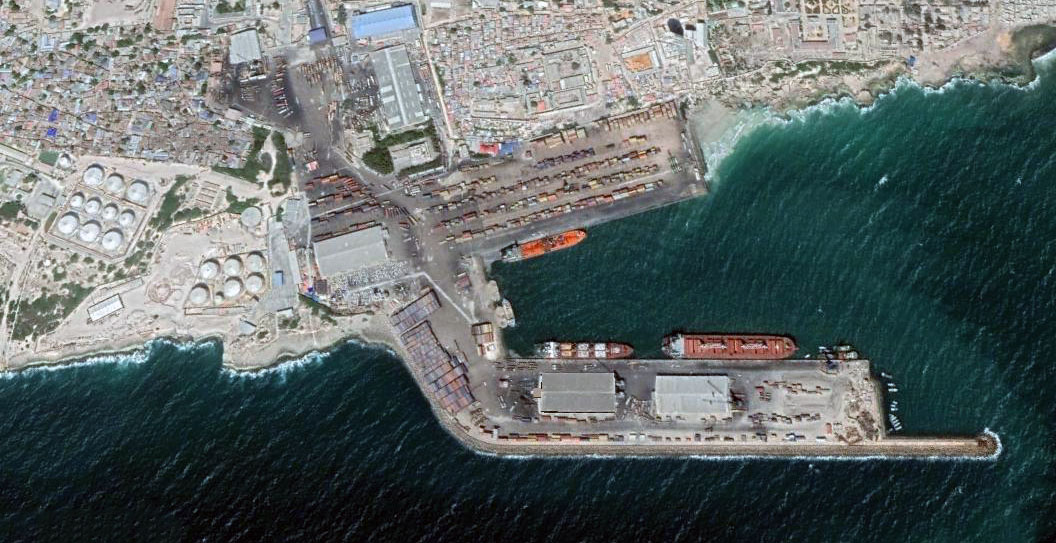
Somalian Ministry of Public Works, Crude Oil/Refined Products Tanker Terminal
Lead Engineer for the design of piping systems for a new 50,000 DWT tanker berth and land pipelines in joint venture with Hostrop-Shultz and Sorrensen of Denmark for this World Bank funded project. The piping systems consisted of crude oil receiving lines, product and bunker loading lines, and fire protection systems for the berth and the berth to land trestle.
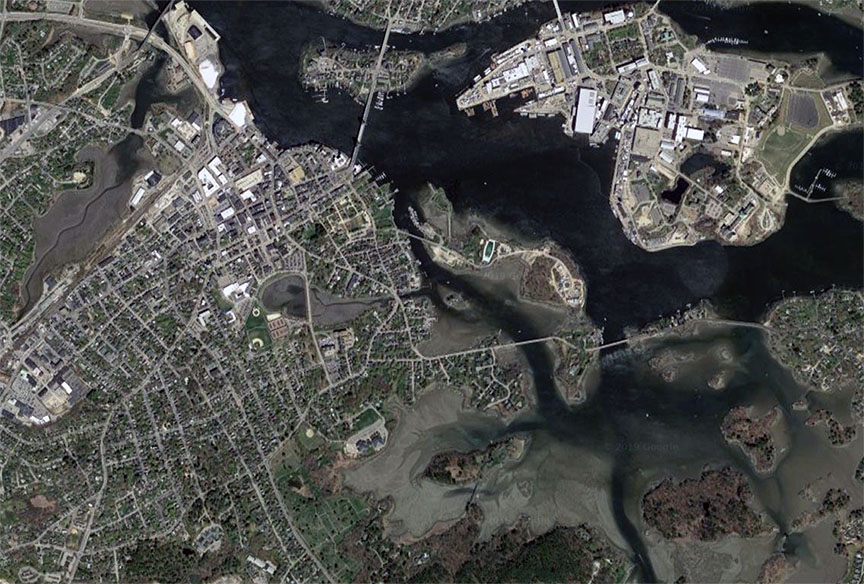
Olympic Refineries, Supertanker Terminals at Portsmouth, New Hampshire
Lead Engineer for the preliminary engineering for an offshore dual berth crude oil supertanker terminal, an offshore dual berth product tanker terminal, dual large diameter crude oil lines from the offshore berths to the onshore refinery, and multiple product and bunker fuel lines from the onshore refinery to the offshore tanker terminals. The mechanical systems included the oil and fire protection system piping on each of the two berths, the multiple large diameter submarine pipelines from the offshore terminals to shore, and the multiple pipelines run overland from shore through marshes to the refinery.

National Oil Corporation of Libya, Ras Lanuf Dual Single Point Moorings and Pipelines
Lead Mechanical Engineer for the engineering for two single point moorings for 50,000 DWT tankers in shallow water on the North African coastline and associated pair of dual 26-inch pipelines. These systems were designed to withstand the severe wave conditions at the site and to prevent solidification of the heavy gas oils transported through them. The single point moorings were single anchor leg chain type with gravity bases and sophisticated bottom piping manifolds with remotely operated valves. The facility was the first of its type designed for such severe conditions.

Consolidated Canso, Single Point Mooring Supertanker Terminals and Pipelines
Lead Engineer for the preliminary design of two single point mooring crude oil receiving berths and associated submarine pipelines for 500,000 DWT tankers off eastern shore of Nova Scotia, Canada.

Massport, Supertanker and Tanker Terminal and Pipelines
Boston, Massachusetts
Lead Engineer for the preliminary engineering study for crude oil supertanker receiving terminals and product shipping terminals and related submarine, overland pipelines and tank farms at 3 sites along the coast of Massachusetts. The new facilities were to relieve the congestion and wetlands pollution in the local harbors by placing the new terminals offshore on the Atlantic Shelf.
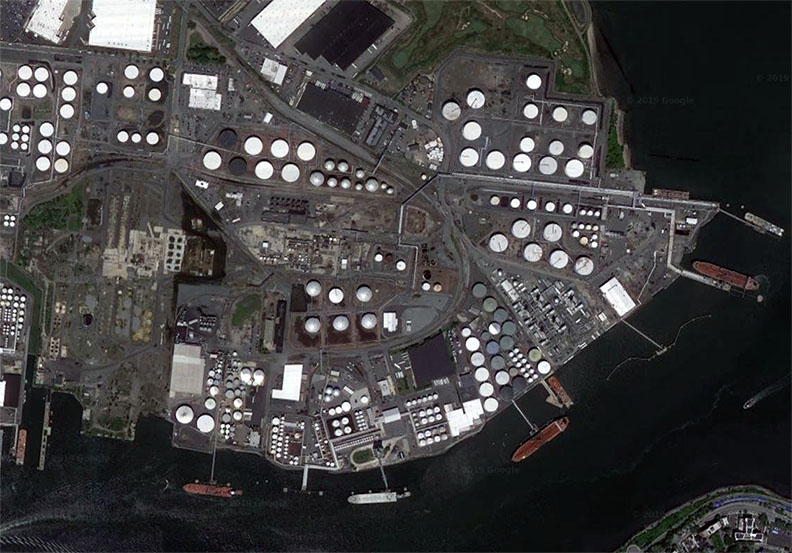
Exxon Bayonne, Renovation of Tanker Loading Towers at Berths 1 & 6
New Jersey
Project Engineer for the design of renovations of two tanker hose/arm handling towers used for the transfer of petroleum products between tankers and shore side facilities. The work at Berth 1 involved the modification of the tower, 11 cable operated loading hose/arm assemblies and piping, and all associated air driven equipment to accommodate new Exxon specialty tankers. The work at Berth 6 was similar except that a maximum of 21 hose/arm assemblies were included in the design. Due to the close spacing of the tanker's manifolds and the unusual geometry of the existing facility's hose/arm handling towers, an operational scale model of one bay of the tower and tanker's manifold area was made to verify the design.
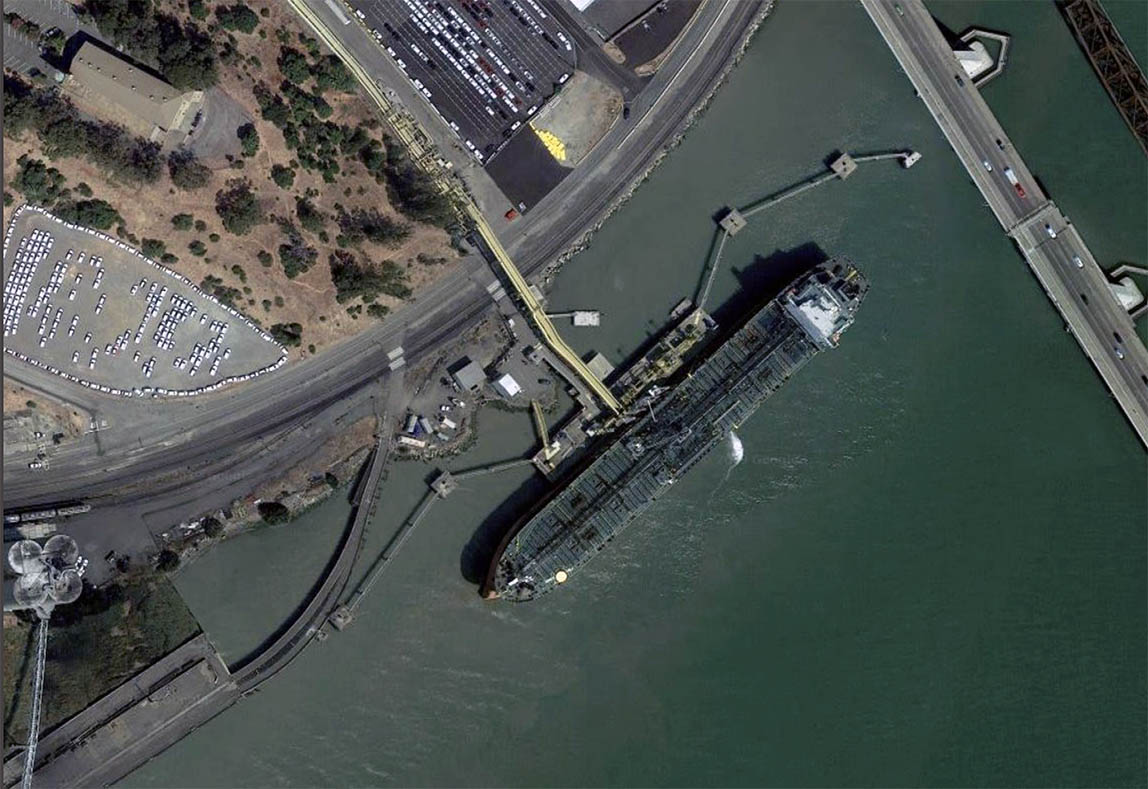
Exxon Bonesia, Tanker Terminal and Pipeline Renovation
San Francisco, California
Renovation of the tanker terminal's piping system and related overland pipelines to achieve an increased throughput. The upgrading of the pipelines included quantifying the hydraulic surge pressures and devising means to mitigate them.

US Naval Shipyard, Consolidation of Services at Submarine Berths
Portsmouth NH
Project Engineer for the two-part study/preliminary engineering project consisted in determining the physical and functional requirements for each of the mobile shops used at various times at 5 berths involved in the rework of ballistic and attack nuclear submarines. Equipment, material, offices, functional logistics, and operating schedules for each of the required mobile shops were identified and relocated to optimum permanent locations. The shops involved were for shipfitters, steamfitters, carpenters while the equipment and systems involved were for liquid nitrogen service, high pressure gas distribution, liquid oxygen storage and vaporization, vacuum service, and electrical service to the submarines while at berth.

US DOE, Refined Products Strategic Storage Program
Lead Mechanical Engineer for a study to determine the practical sites to receive, store, and distribute refined petroleum products in the northeastern United States as part of the US DOE's Strategic Storage Program in the mid 1970s to reduce the impact of oil embargoes on the United States from oil producing nations. Multiple sites were selected for tanker terminals, pipelines and terminals, and large tank farms from Maine through New Jersey. Preliminary designs were prepared for each site so that a reasonably accurate cost estimate could be established for each facility.
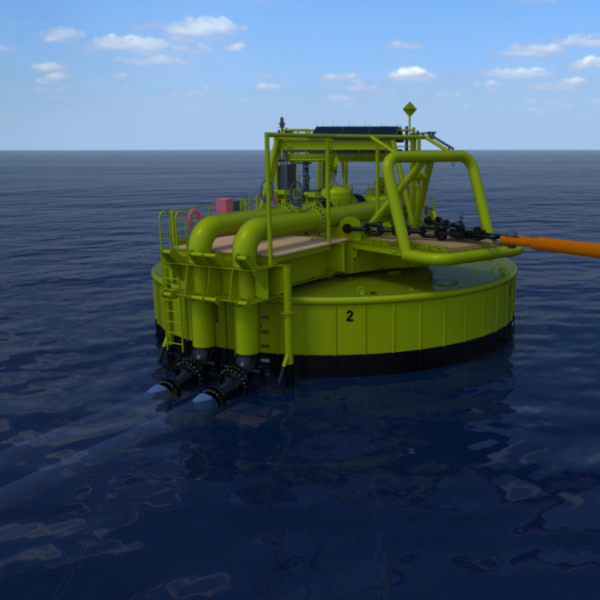
Single Anchor Leg Moorings (SALM) for SOFEC, Inc.
Lead Engineer for the engineering of the underwater fluid swivel, fluid swivel arms and the gravity base piping hydraulics to reduce the pressure drop across the SALM system and engineering of a remotely operated sea bottom manifold for recirculating and purging heavy gas oils from the system after each use to prevent gas oil solidification in the SALM, pipeline, and the hose strings. The engineering consisted of extensive hydraulic analysis of the base manifold, the fluid swivel post orifice array, the swivel housings, and the swivel arms and associated hose strings for 20,000 DWT to 325,000 DWT tankers. The gas oil displacement and purging system consisted of a sea bottom manifold using sub-sea "gas over oil" hydraulic valve operators and a "flat pack" hydraulic and pneumatic charging system and valve operating system from the shore to the SALM. The system provided emergency shut down operation of the valves, pipeline and SALM fluid path isolation, and pipeline cross connection of the pipelines and of the hose strings via the SLAM swivel.

Single Buoy Moorings (SBM)
Lead Engineer for the engineering of tanker loading and unloading piping systems for oil tankers in the range from 20,000 DWT to over 500,000 DWT tankers servicing transshipment, shipment and receiving terminals, and refineries using SBMs. For each SBM installation, the hydraulics to the SBM were determined, the SBM was sited based on ship movement data, and the sea bottom conditions. Associated sub-sea pipelines were then designed to accommodate the required ship loading/offloading flow rates and pump pressures. Booster pumping stations were included as necessary based on least total cost. That is, the least annual cost for the combination of capital cost of the pipeline and equipment, and the system operating cost.

Massport Supertanker and Product Tanker Terminal Siting Study
Lead Mechanical Engineer for siting study for using single point moorings for crude oil carrying supertankers and refined product tankers offshore to minimize the oil tanker traffic and water pollution in bays and their tributaries. The study included receiving and loading pipelines to the tankers, various types of single point moorings, offshore pumping platforms, and mooring locations for tankers ranging in size from 20,000 to 500,000 DWT.

Belcher Oil Company, Crude Oil Supertanker Terminal and Pipelines
Lead Mechanical Engineer for the study consisted of siting crude oil and refined product tanker single point moorings, receiving pipelines, refined product loading pipelines to the tankers, selecting the optimum type of single point moorings, offshore pumping platforms, and mooring locations for tankers ranging in size from 20,000 to 500,000 DWT servicing a new refinery.

Getty Oil, Virgin Islands Supertanker Terminal and Pipelines
Mechanical Engineer for the study consisted of siting crude oil and refined product tanker single point moorings, receiving and refined product loading pipelines to the tankers, selecting the optimum type of single point moorings, and mooring locations for tankers ranging in size from 20,000 to 500,000 DWT servicing a new refinery.

Olympic Refineries, Supertanker Terminals at Portsmouth, New Hampshire
Lead Mechanical Engineer for the preliminary engineering for an offshore single point type dual berth crude oil supertanker terminal, an offshore single point mooring type dual berth product tanker terminal, dual large diameter crude oil lines from the offshore berths to the onshore refinery, and multiple product and bunker fuel lines from the onshore refinery to the offshore tanker terminals. The mechanical systems included the oil and fire protection system piping on each of the two berths, the multiple large diameter submarine pipelines from the offshore terminals to shore, and the multiple pipelines run overland from shore through marshes to the refinery.
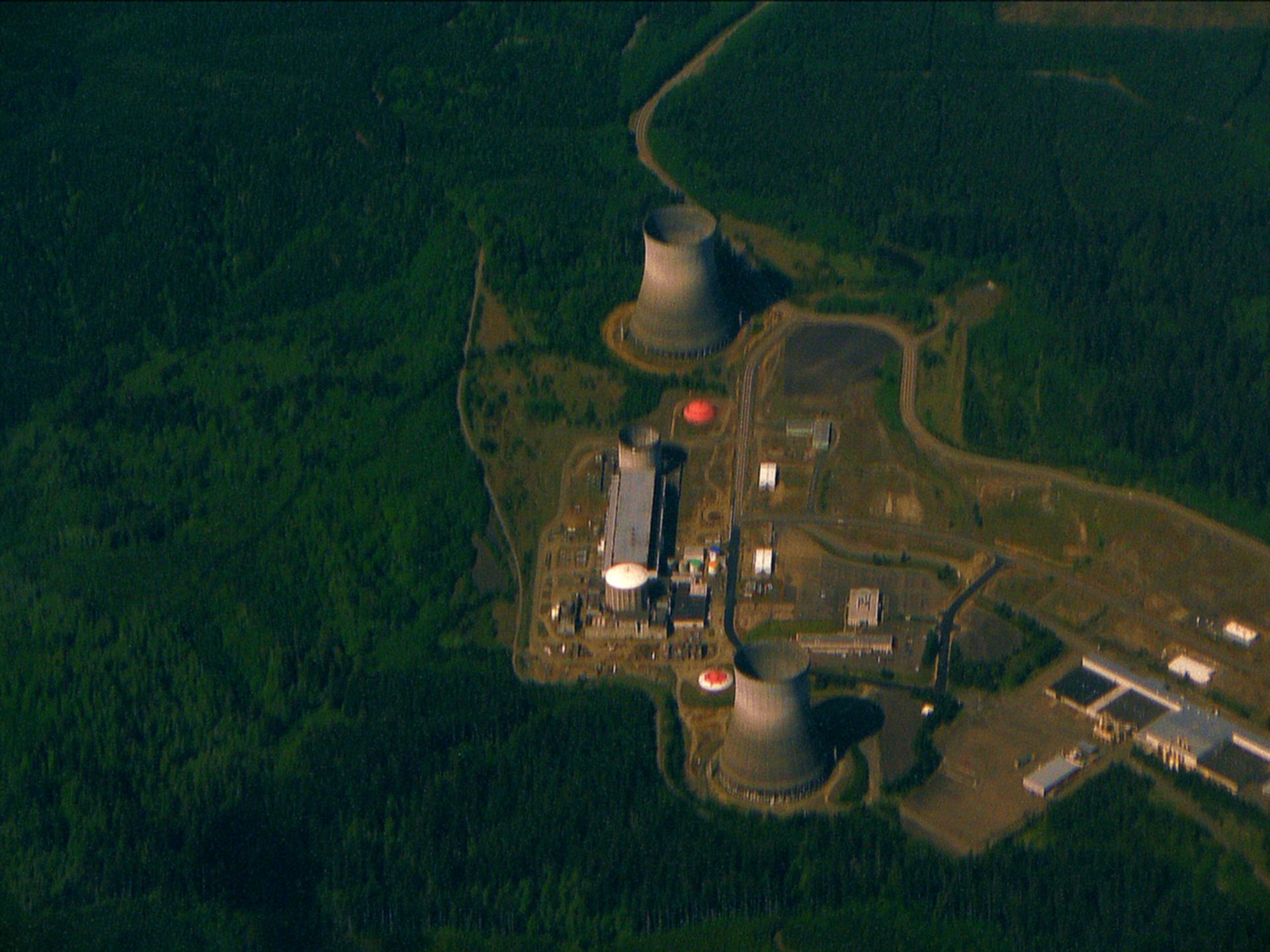
Washington Public Power Supply Systems (WPPS) Unit Number 2
Principal Researcher/Analyst for the analysis of two-phased flow of water in power system piping theory using available literature, and developed a computer program for a non-Newtonian, two-phase flow analysis of the feedwater heater condensate piping system to determine the reason for lower than predicted condensate flow rates. The computer program determined that the cause was flashing water in the low-pressure feedwater heater condensate piping systems and the fluid flow rates were approximately 25 percent of the design flow rate. Recommended changes to the reactor skirt heat transfer calculations and the containment building cooling system capacity calculations.

US Department of Energy; 600 MWe Atmospheric Fluidized Bed Combustion Boiler Power System
Principal Researcher/Analyst; Authored a computer program in Fortran IV for the engineering analysis of the
performance of a coal 600 MWe fluidized bed boiler-based power plant using calcium carbonate as a sorbent in
a Babcox & Wilcox fluidized bed power boiler. The computer program computed the coal heating value and the
corresponding power plant / boiler mass and energy balances.
Performed the sub-critical vs supercritical plant type and size analyses. Performed the sub-critical power
cycle analysis to determine the number of feed water heaters, turbine stages, and the condenser operating
pressure. Performed all power plant piping and equipment sizing calculations and adapted the standard
specifications for the entire power plant.
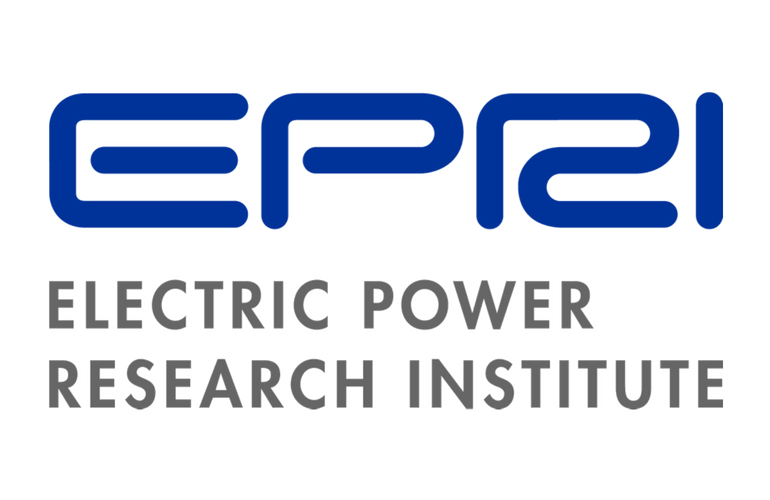
Electric Power Research Institute; Atmospheric Fluidized Bed Combustion Boiler Power System
Principal Researcher/Analyst; Authored a computer program in Fortran IV for the engineering analysis of the performance of a lignite fired 600 MWe fluidized bed boiler-based power plant using calcium carbonate as a sorbent in a Combustion Engineering fluidized bed power boiler. The computer program computed the lignite heating value and the corresponding power plant / boiler mass and energy balances.
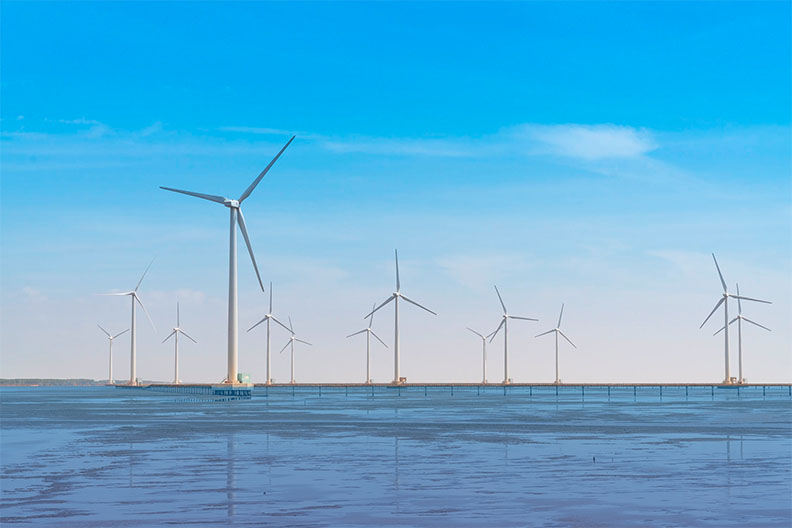
Cape Wind, Electric Windmill Power Generation Complex
Nantucket Sound, Massachusetts
Project Manager for the required US Coast Guard offshore data collection tower, the associated offshore power switchgear facility structure and the final design and the offshore construction of the data collection tower.
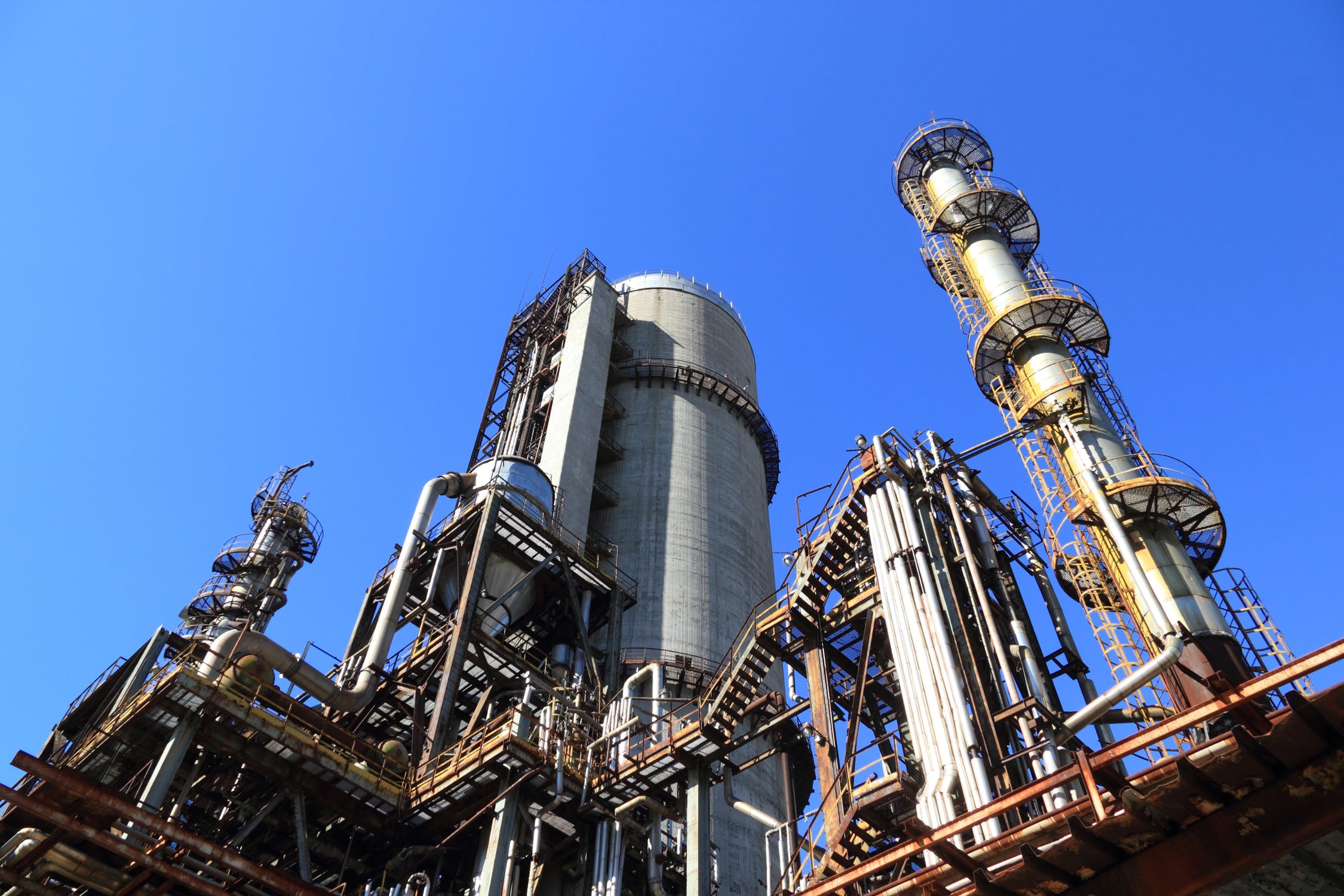
Math Tech, Industrial Dual-Purpose Power Plants
Engineer; performed technical analyses for industrial dual-purpose power plants using steam, gas turbines, and diesel engines in plants ranging in size from approximately 1 to 100 MWe.

Various Clients and In-House Studies
Engineer; performing economic analyses of different power plant operating pressures, plant power cycle configurations and plant sizes for different fuel types, levelized fuel costs, and system availabilities published by the Electric Power Research Institute.
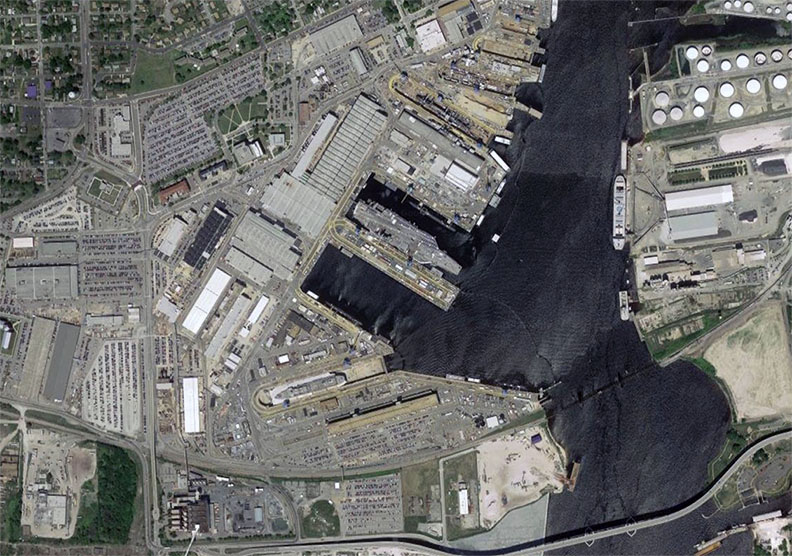
Norfolk Naval Shipyard Redevelopment Master Plan
Norfolk, Virginia
Project Manager for the development of concepts for the improvements of existing drydocks and the decommissioning of twin World War II drydocks using light weight fill and concrete capping fill material in the decommissioned drydocks without them settling into or rising out of the adjacent soil.
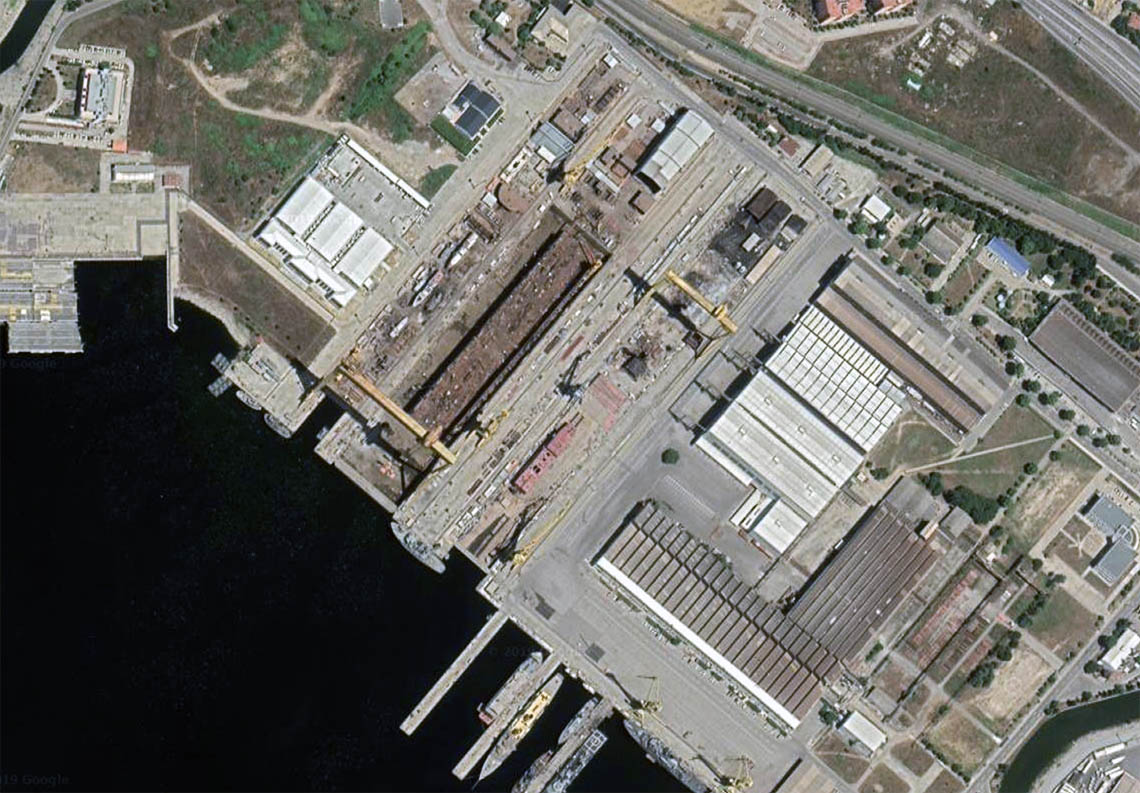
Pendik Drydock
Istanbul Turkey
Project Mechanical Engineer for the design of a high-speed flooding and dewatering system for a new drydock. The design used a unique technique of dissipating the energy of the incoming flooding water by discharging it into flooding pools on each side of the main gate. One flooding pool contained the dewatering pumps. By doing so, the water was not allowed to impinge on the concrete structure which would otherwise cause structural deterioration during repeated flooding cycles over the life of the drydock, as is the case with most other drydocks.
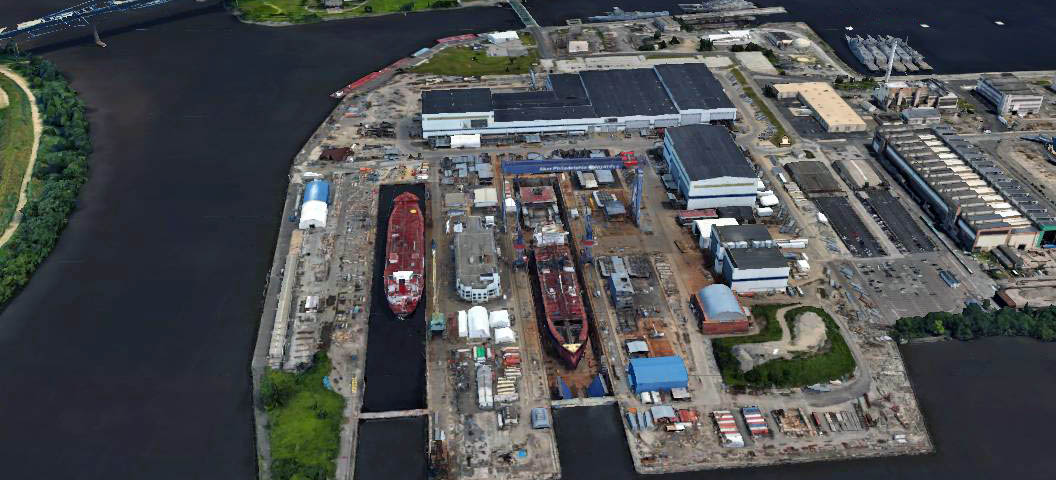
US Navy, Philadelphia Naval Yard, Superflooding in Drydock Number 5
Philadelphia, Pennsylvania
Lead Mechanical Engineer for the design of auxiliary flooding systems on a fast track basis to allow superflooding of the drydock to allow low power propulsion testing of the rehabilitated US Saratoga aircraft carrier. The drydock was not designed for its water level to be above the highest level of the adjacent river. The auxiliary flooding system was needed to maintain the level by automatically adding water into the drydock to make up for the water lost through the main gate from the drydock to the river. This was the first US Military drydock retrofitted for wet berthing.

US Navy, Philadelphia Naval Yard, Renovations to Drydock Number 4
Philadelphia, Pennsylvania
Lead Mechanical Engineer for the design of the replacement of three drydock dewatering pumps and associated piping, addition of a pump room ventilation system, and replacement of the main sump pumps. The three- original direct current electric motor driven centrifugal pumps, circa 1910, were replaced with three 124,000 gpm above base discharge mixed flow pumps driven by alternating current motors.
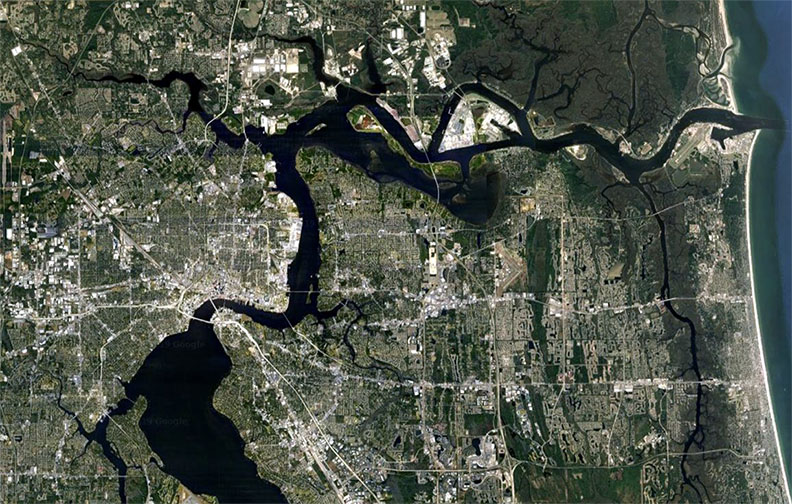
Offshore Power Systems, Floating Nuclear Power Plant Drydock
Jacksonville, Florida
Mechanical Engineer for the design of drydock service piping, sewage systems and the main gate hydraulic operating system consisting of flooding chambers, ballast tanks, and articulated compressed air piping systems.

US Navy / Rosenblatt, ARDM Floating Drydock for Nuclear Submarines
Lead Mechanical Engineer responsible for preliminary design, flooding, dewatering and utility systems for a new shallow draft, flat bottom, floating drydock to service nuclear submarines. Mechanical systems included the flooding and dewatering systems, ballast tank stripping systems, and the service piping systems for the drydock.
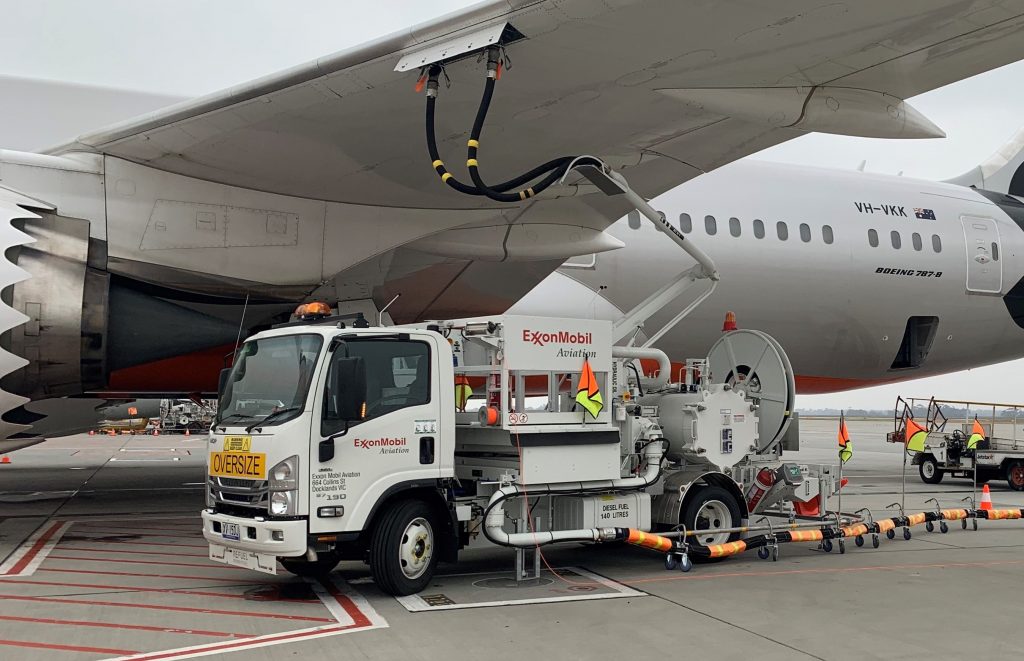
Aircraft Hydrant Servicers
VP Engineering for the manufacture of new towed hydrant carts, new truck mounted hydrant servicers, hydrant servicer modules for truck mounting by customers, rehabilitation and re-chassising of 10 to 20-year-old truck mounted hydrant servicers. Hydrant servicer flow rates ranged from 200 GPM to 1,200 GPM and types included a wrap-around hydrant hose, hydrant hose reels, filter separator and fuel monitor type filtration systems, positive displacement and turbine meter types with local and remote readouts, hydrant or hydrant coupler and in-line pressure control systems, hydrant or hydrant coupler and hose end controller systems, rear and behind cab lift fueling platforms, steel or stainless steel bodies, fueling hose reels or drape hoses, and any of the above with driveline powered pressure booster pumps. Customers included Exxon, Mobil, Shell, Caltex, Scallop, NASA, Ogden Allied, Butler Aviation, and various foreign companies and governments.
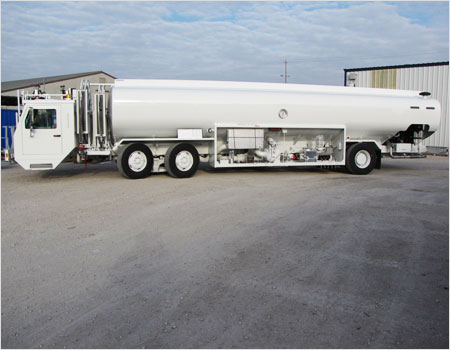
Aircraft Refuelers
VP Engineering for the manufacture of commercial and military avgas and jet fuel aircraft refueling trucks ranging in size from 600 gallons to 10,000 gallons. Refueler types include the 10,000 gallon low height "Dart" type, commercial truck chassis mounted "straight" units to 6,000 gallons, and trailer and semi-trailer types up to 10,000 gallon custom types having fueling rates from 50 to 800 GPM and using in-line pressure control valves with either hose end controllers or pump by-pass pressure control. Refuelers with defueling, anti-icing fluid injection, positive displacement and turbine meter, rear lift platform, front lift platform, side equipment cabinet, and rear fueling module options were also engineered to customer's requirements. Customers included Exxon, Mobil, Caltex, Shell, Scallop, NASA, Butler Aviation, Ogden Allied, various FBOs and foreign governments including Jordan and Egypt.
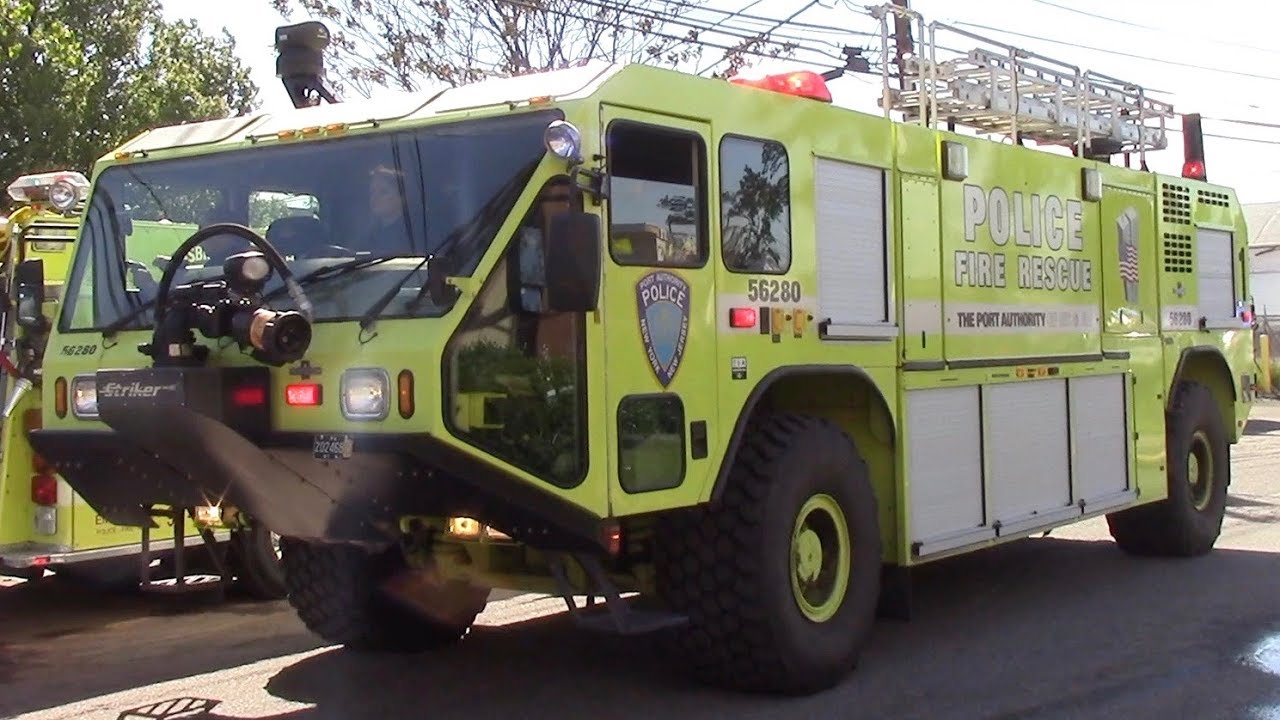
Airport Crash Fire Rescue Vehicles
VP Engineering for the manufacture of specialized, high performance, cross country, 6 x 6 chassis, airport crash fire rescue vehicles containing 2,500 gallons of water, 500 gallons of foam, 50 gallon Halon tank and discharge hose reel with nozzle, water/foam-water hose reels with combination nozzles, twin 10-meter light masts, electric generator, "structural panel" having pump suction and discharge fittings and throttle control, 1,250 gallon per minute roof monitor, 300 gallon per minute bumper turret, under vehicle foam system and a full complement of accessories. Trucks were produced for domestic and foreign customers.

Aircraft Refueler Chassis
VP Engineering for improvements and method of fabrication of the "DART" style specialized chassis for a 10,000 gallon, low profile, rear-engine, front cab aircraft refueler. The chassis gross vehicle weight rating was 52 short tons and consisted of a single 26 short ton capacity rear axle with twin 13 short ton front steering axles. The driveline consisted of a Detroit Diesel 6V92 engine rated for 180 or 220 horsepower and an Allison AT750 Automatic transmission. The vehicle was geared for a maximum speed of 25 miles per hour and could stop within its own length from full speed while carrying a full load. The design improvements included updating the component parts, redesigning for alternate engines and steering systems, and for simpler and stronger chassis rails.
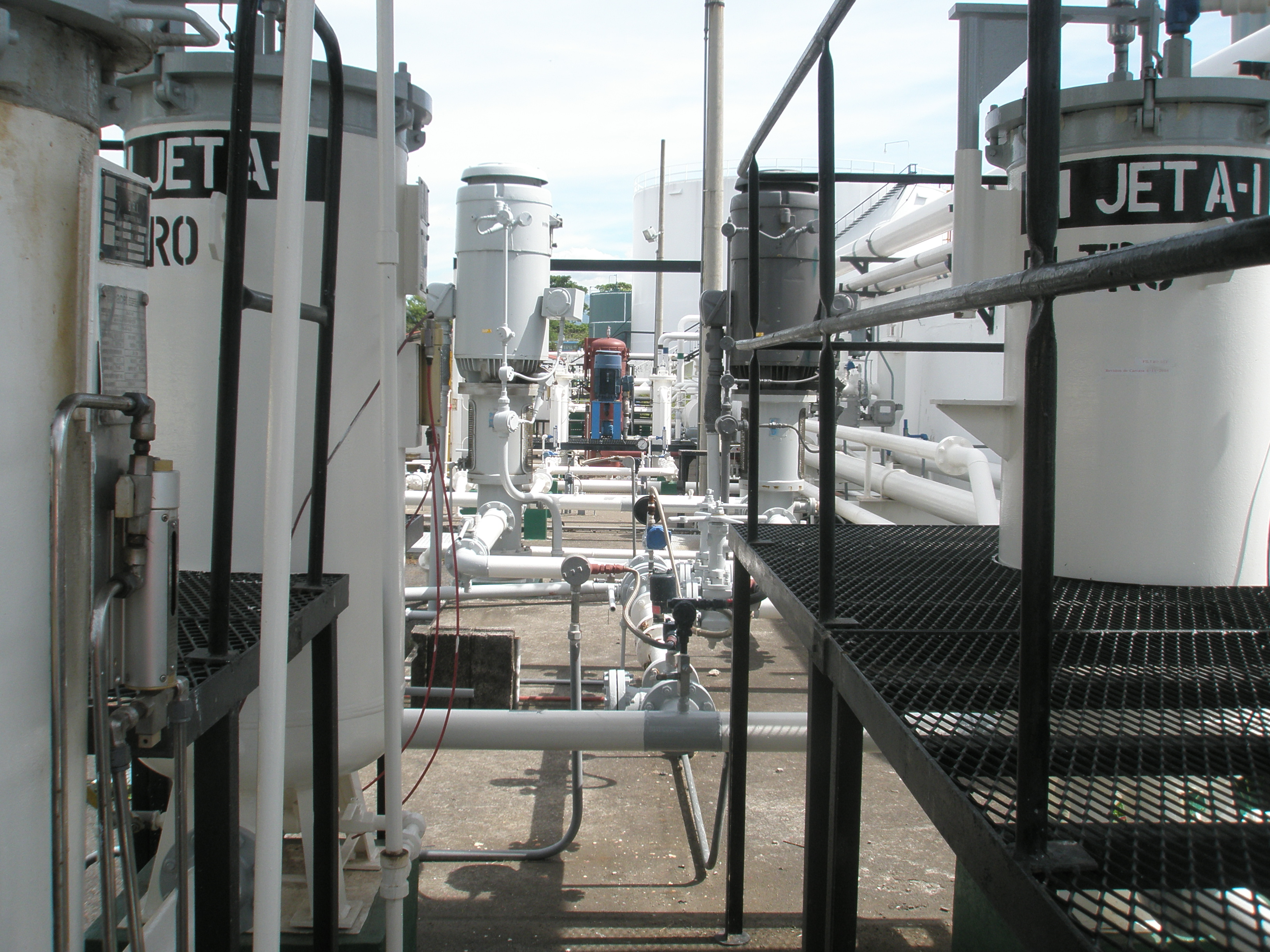
Aircraft Fueling Cabinets
VP Engineering for the manufacture of standard as well as custom aircraft refueling cabinets containing filter separators, meters, hose reels with nozzles, explosion proof motors and starters as well as other electrical components, and base plates. The cabinets were used for receiving fuel into storage, to dispense fuel into aircraft, to dispense fuel into aircraft refueling trucks, to add anti-icing additives into the fuel stream, and to defuel aircraft. Cabinets were made of stainless steel.

Airport Ground Service Pits
VP Engineering for the engineering of new fiberglass ground service pits and aluminum covers for 100 ton and 200 ton loads on covers and pits ranging in size up to approximately four feet by seven feet and obtained a US Patent on a counter weight and hinged arm system for lifting an 1150 pound pit cover with only a 25 to 35 pound lifting force. Engineering of ground service internal equipment, pipe, conduit, and valving for jet fuel hydrants, jet fuel piping isolation valves and purge connections, jet fuel high point vents and low point drains, avionics electric power, preconditioned air, electric power and controls and interlocks, air start, and other specialized systems for commercial and military aircraft ranging from 737s to Concord SST to 747-400s to B-52 bombers and the B-1 bomber. The engineering efforts included increasing the strength of all existing cover designs from 75 and 150 tons of load bearing to 100 and 200 tons, increasing aluminum casting quality, improving pit cover hinge quality and lifespan, redesigning the pit cover lift points to incorporate a self cleaning full grip hand hole, fiberglass pit quality, and the engineering of all custom and standard pit internal equipment. As the head of Quality Control, responsible for all inspections, non-destructive testing, destructive testing, forensic engineering of defective covers and pit components, load testing of pit covers, and redesign of the 300-ton capacity hydraulic pit cover testing machine for larger capacity covers.
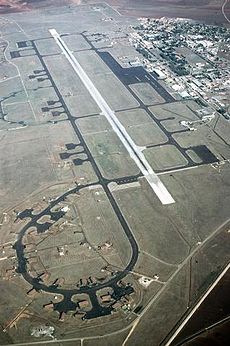
Military Airport Aircraft Fueling System Trench Covers
NATO Air Base, Turkey
VP Engineering and liaison to produce eighteen, 45-inch square, three-inch thick, high strength aluminum plate type trench covers incorporating one cast aluminum fueling point access cover per trench cover. The engineering was based on the client's geometry criteria and standard military aircraft loading data, analytical analysis and engineering judgment based on test and other empirical data. The project was a six-week fast track type requiring the use of large metal cutting machinery at a subcontracted machine shop. Since the project was the first of its type at Garsite Products, Inc., there was no prior precedent to follow nor was there any margin for error due to the tight production and delivery schedule. The project was successfully completed, shipped air freight to Turkey, was delivered at a price below our West German competitor and yielded a very high profit margin.

Proprietary Parts
VP Engineering, research and development, and quality control of over 1,000 proprietary parts including, but not limited to, the following; truck tanks, truck bodies and component parts, potable water cabinets, large hydraulic surge pressure suppressors, truck chassis, trailer chassis, aircraft fueling truck interlocks, venturis for pressure compensation via control valves, pressure relief valves, semi-trailer liquid transfer fifth wheels, aircraft ground service pits, aircraft cargo container carts, US Navy Astern Refueling Rigs, floating fuel hose reels, fixed and mobile master metering systems, hose pressure testing equipment, fire trucks, standard aircraft refueling cabinets, standard aircraft refuelers, and standard aircraft hydrant fueling trucks and carts.